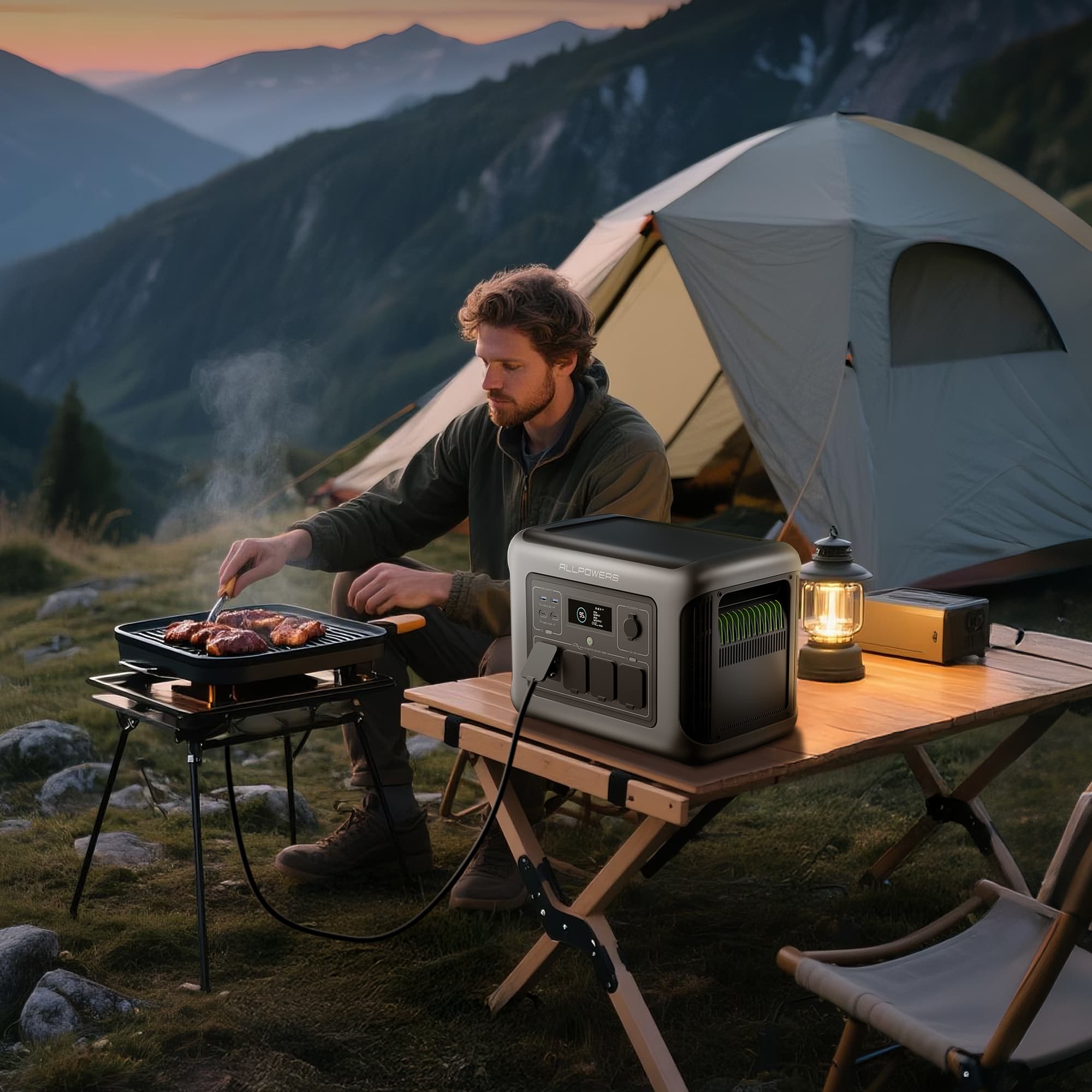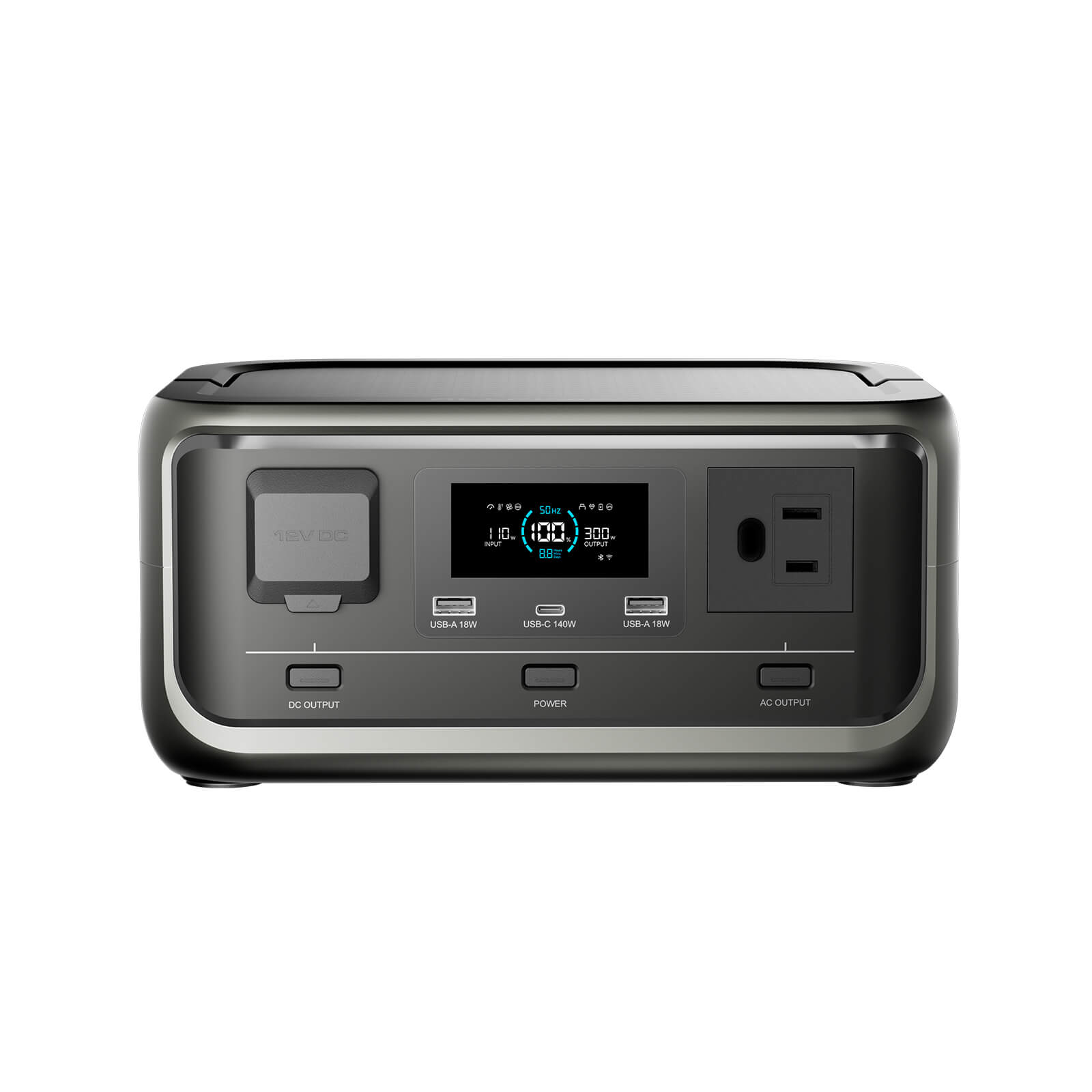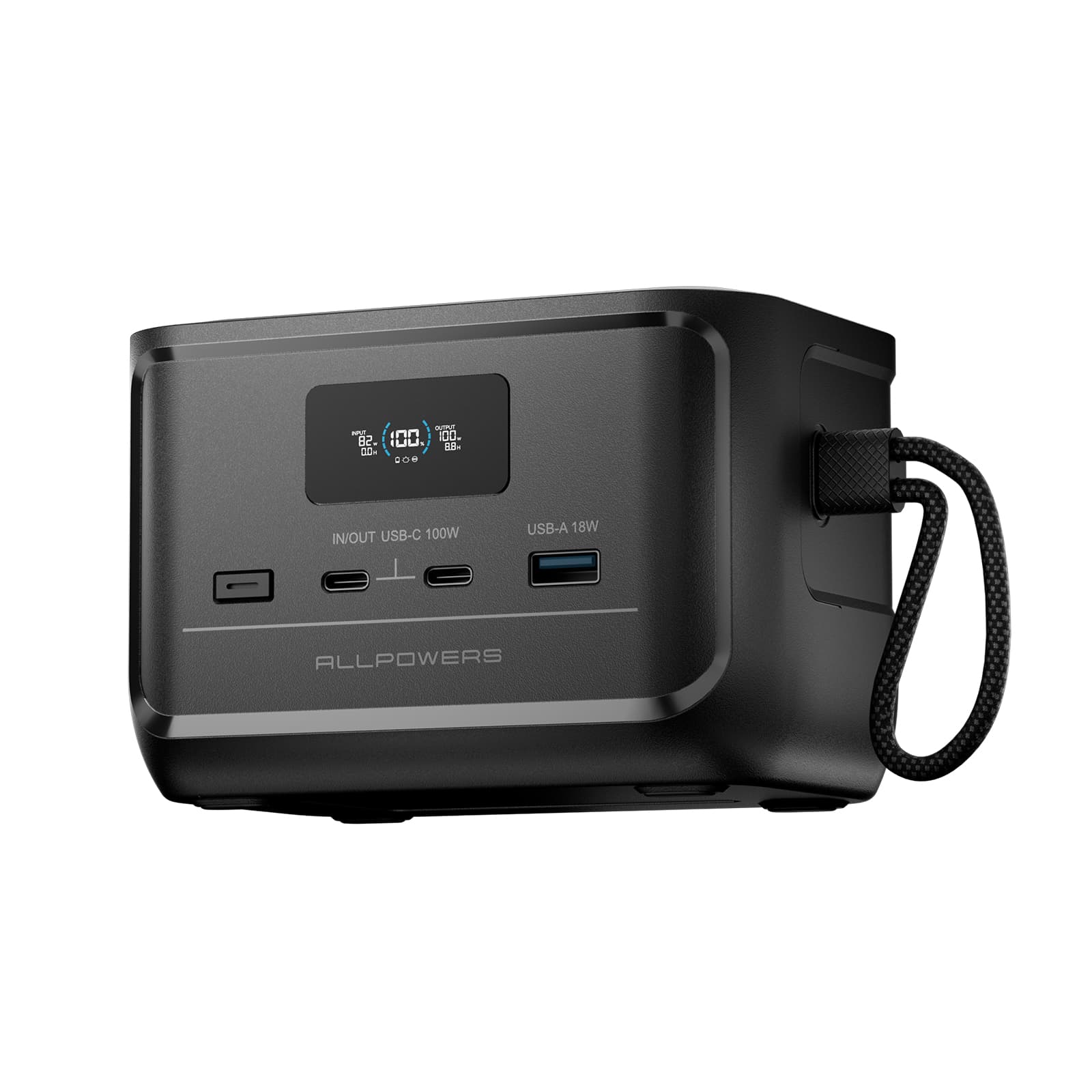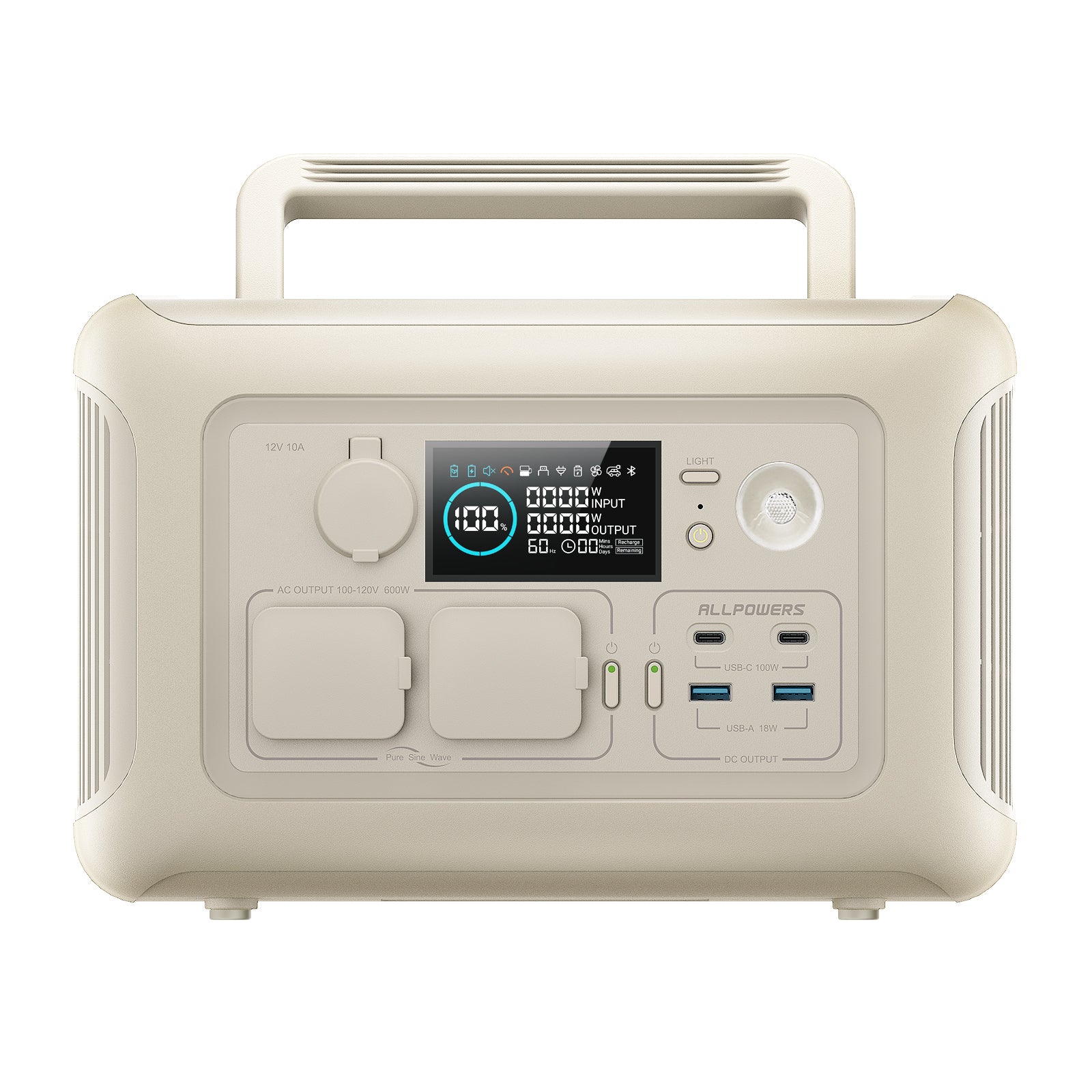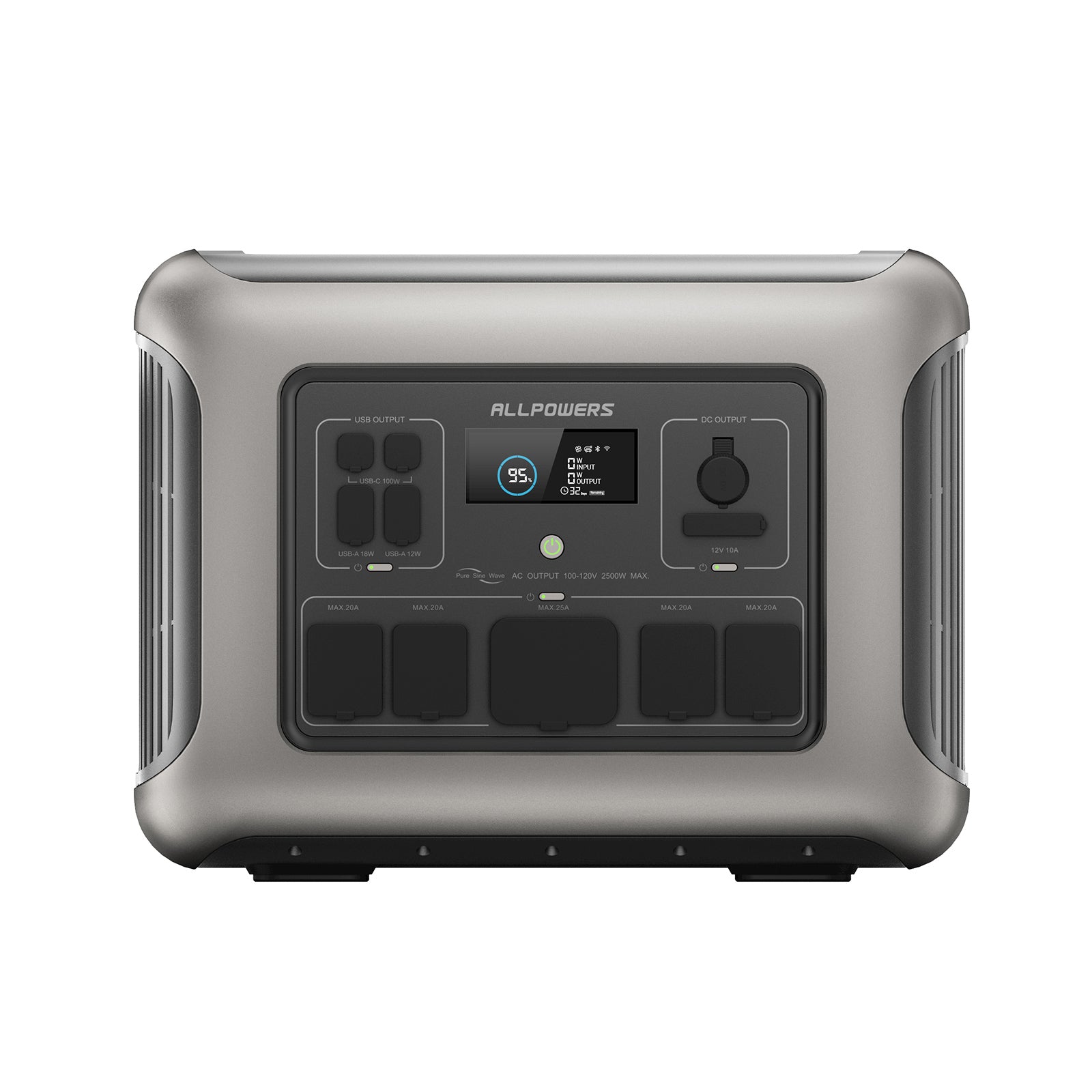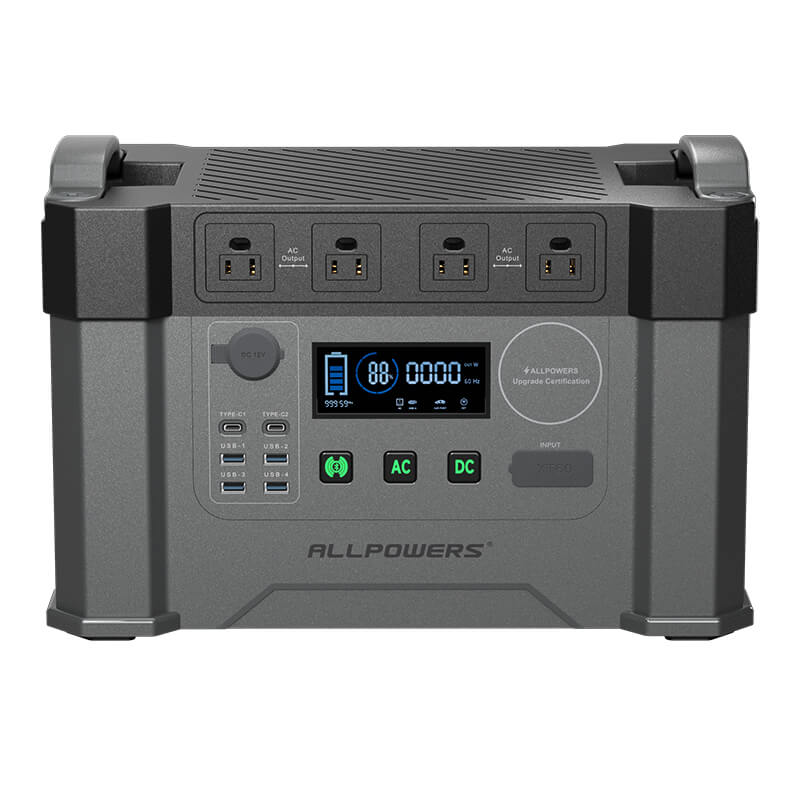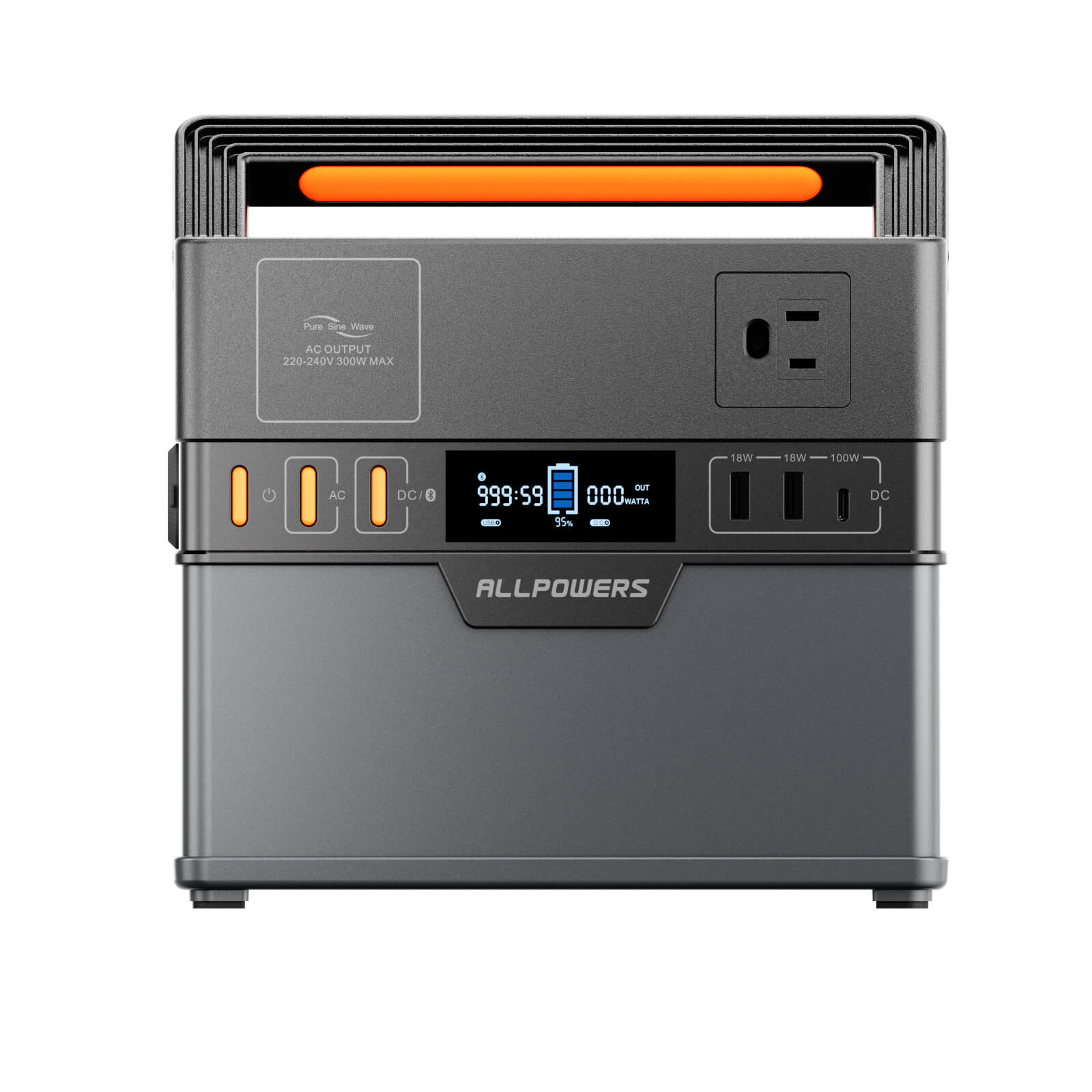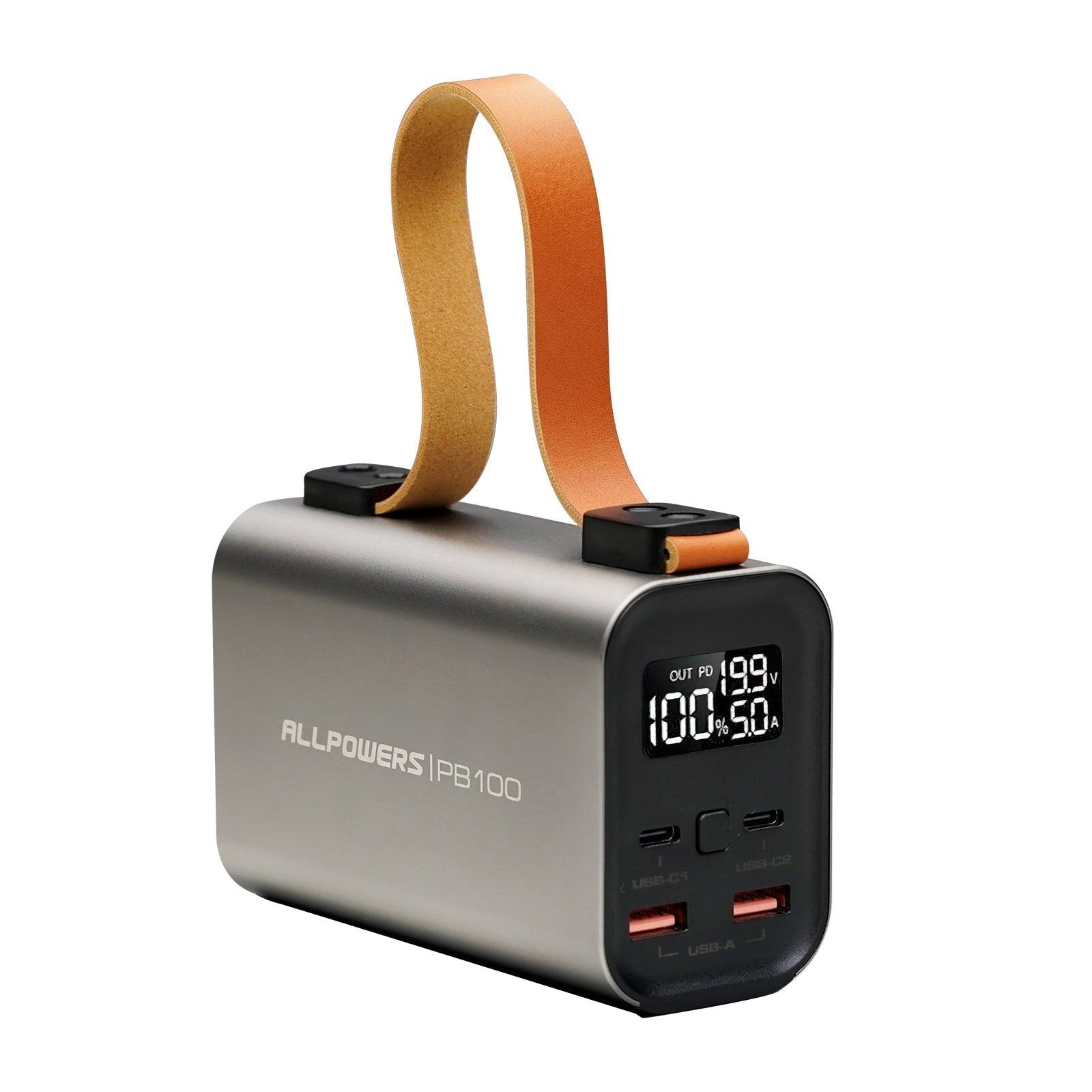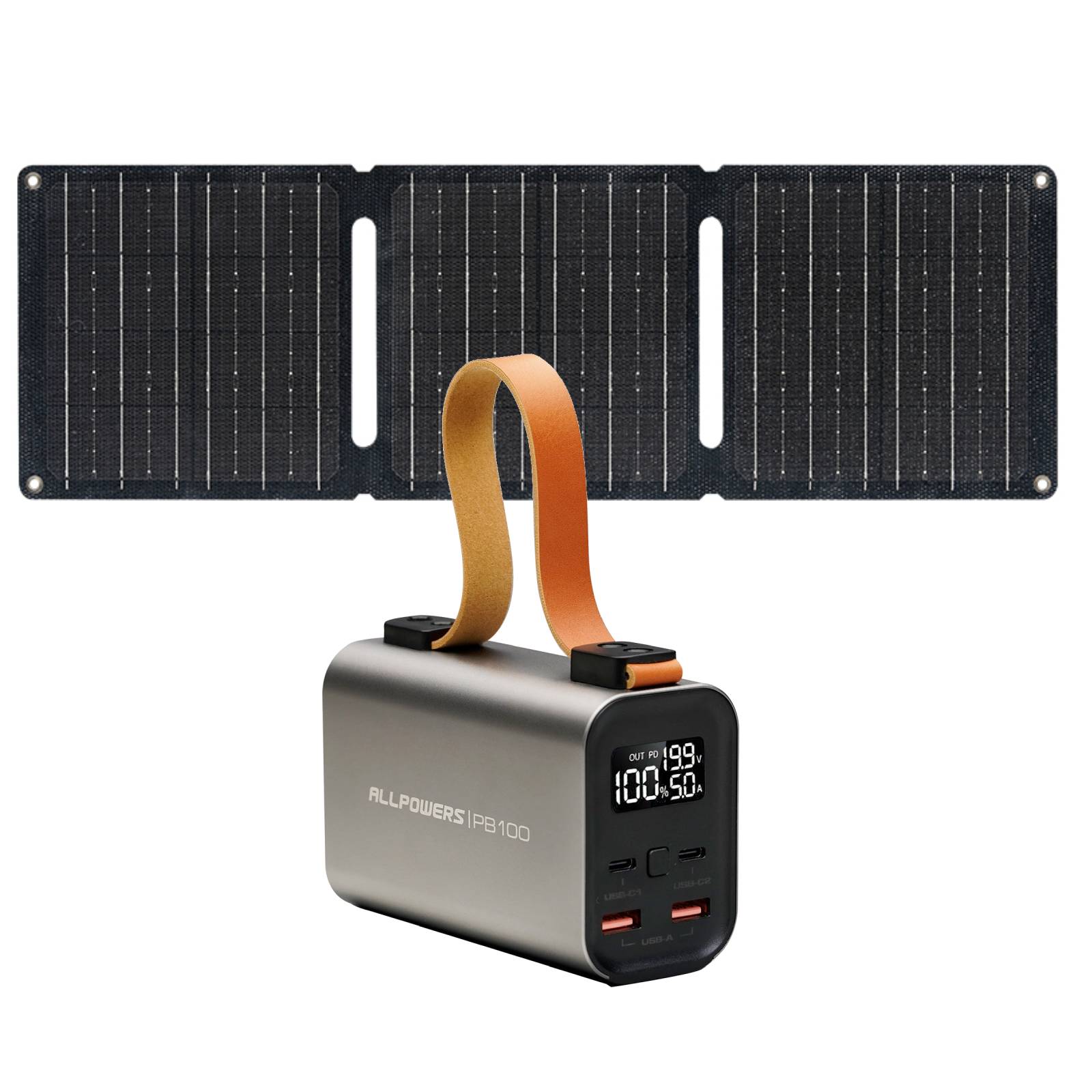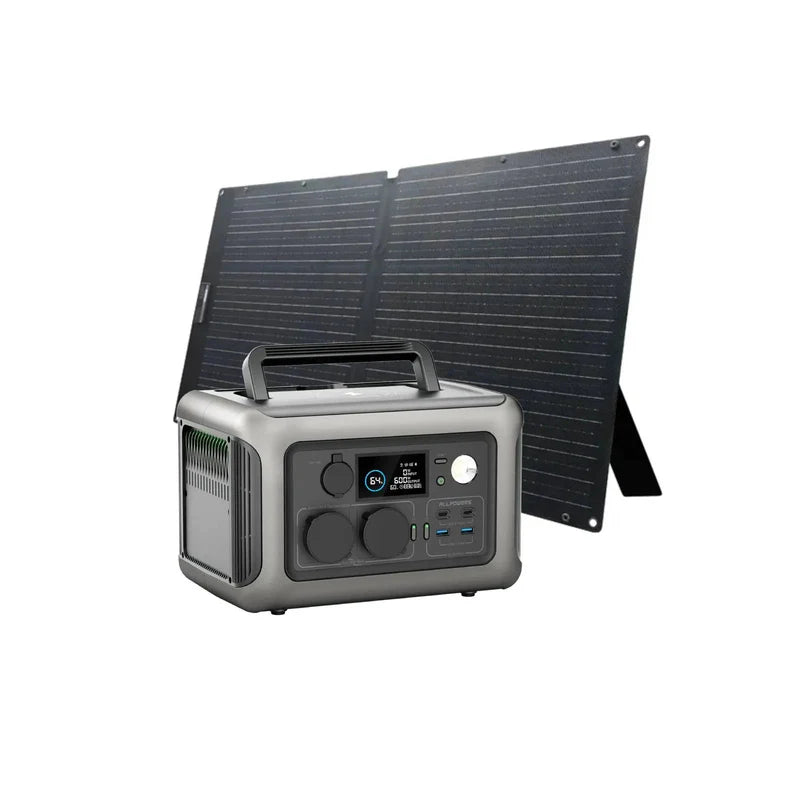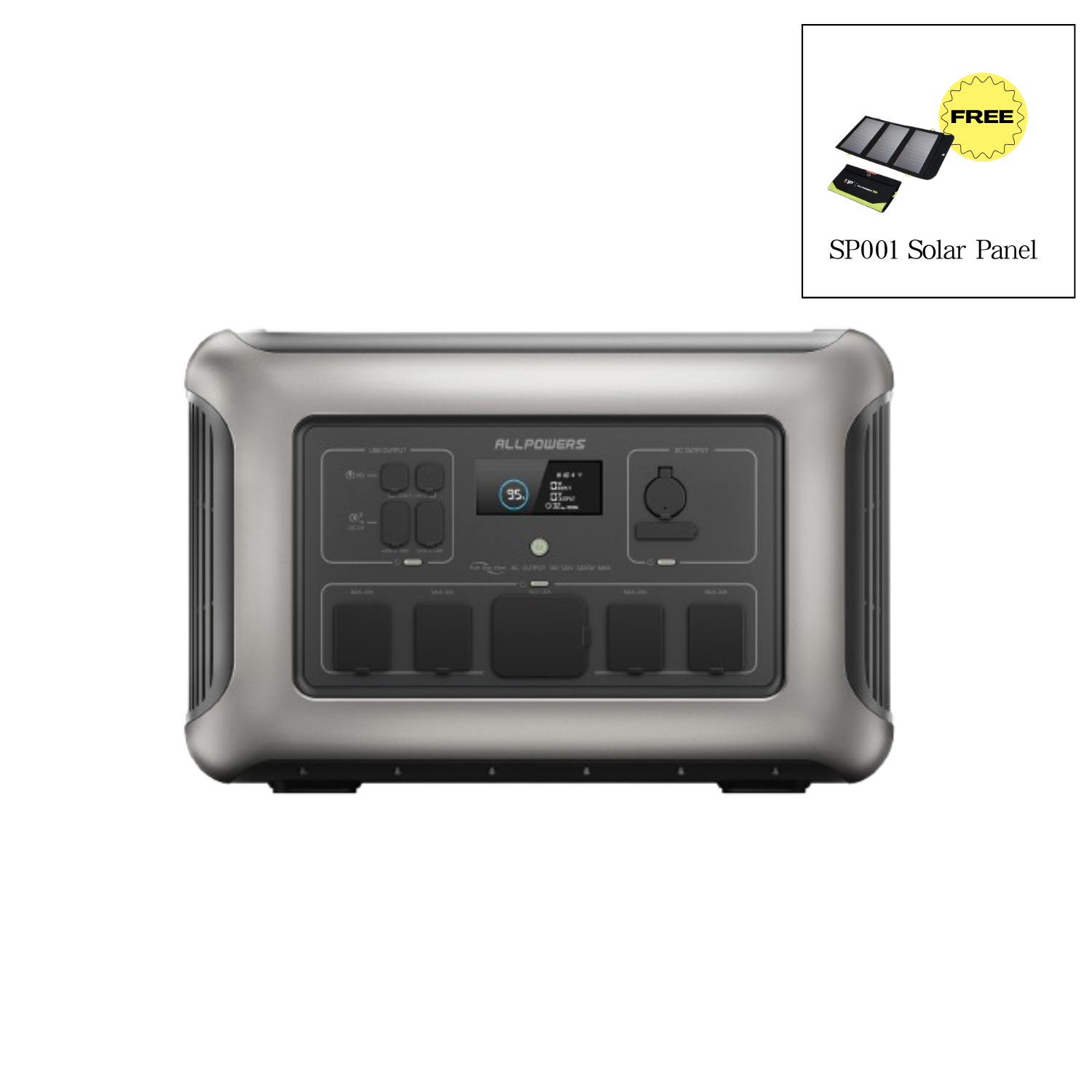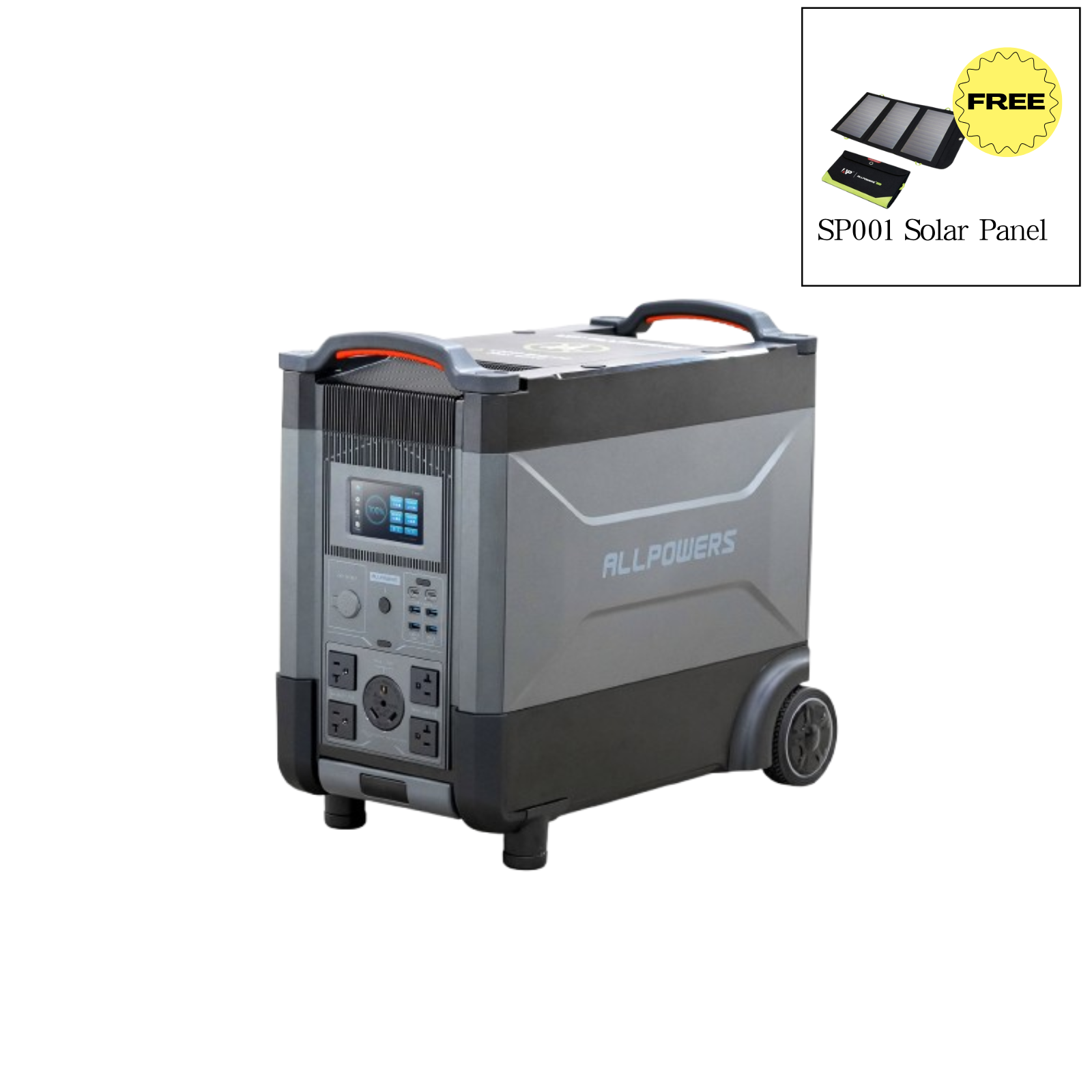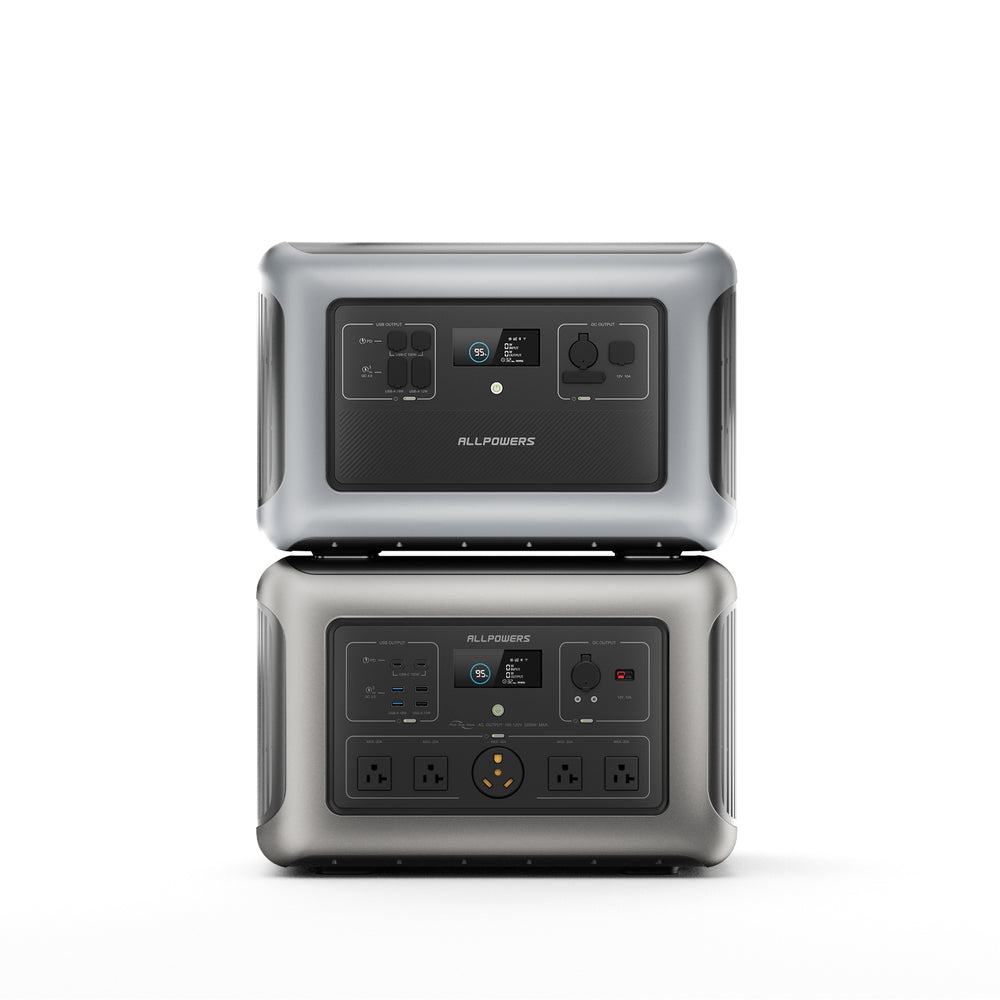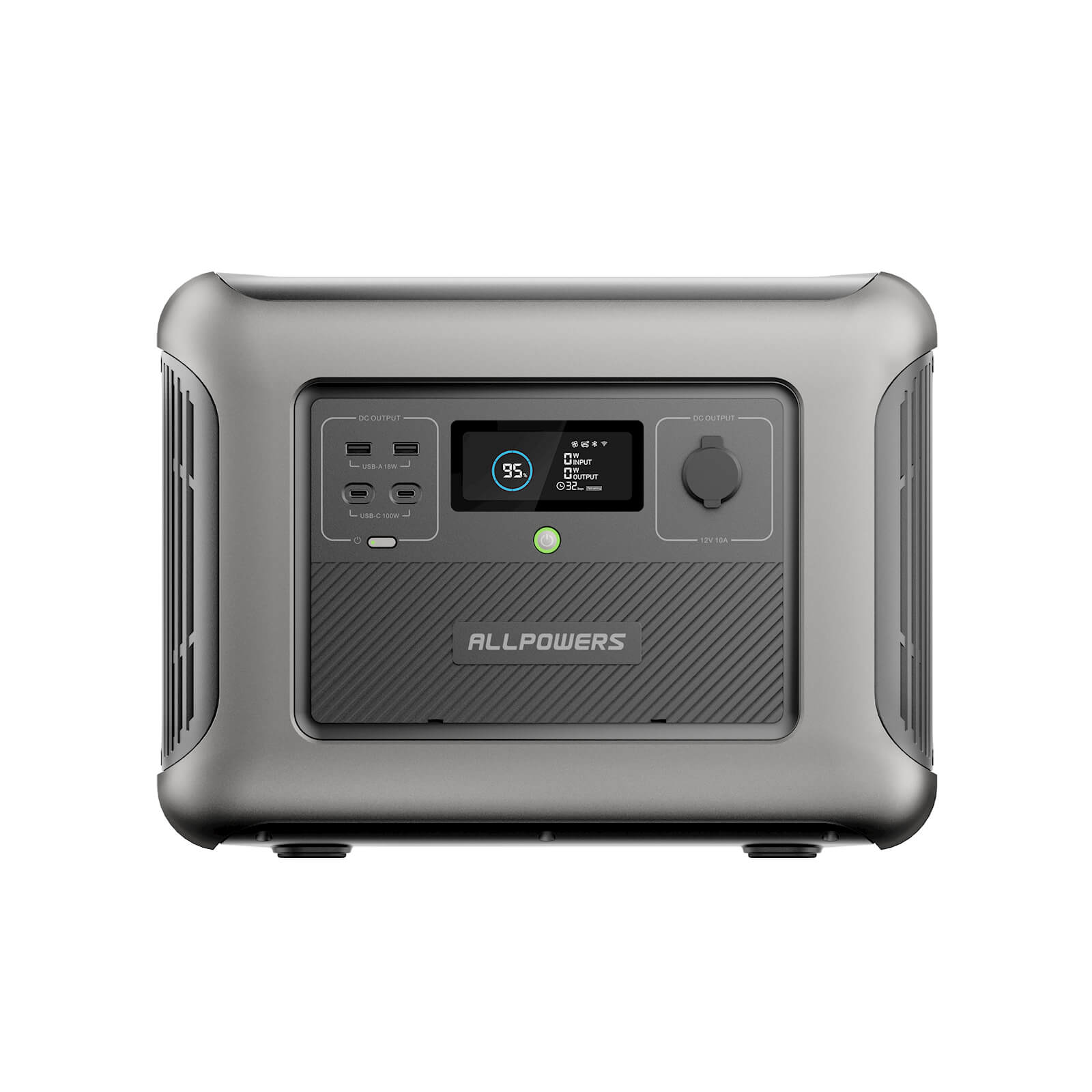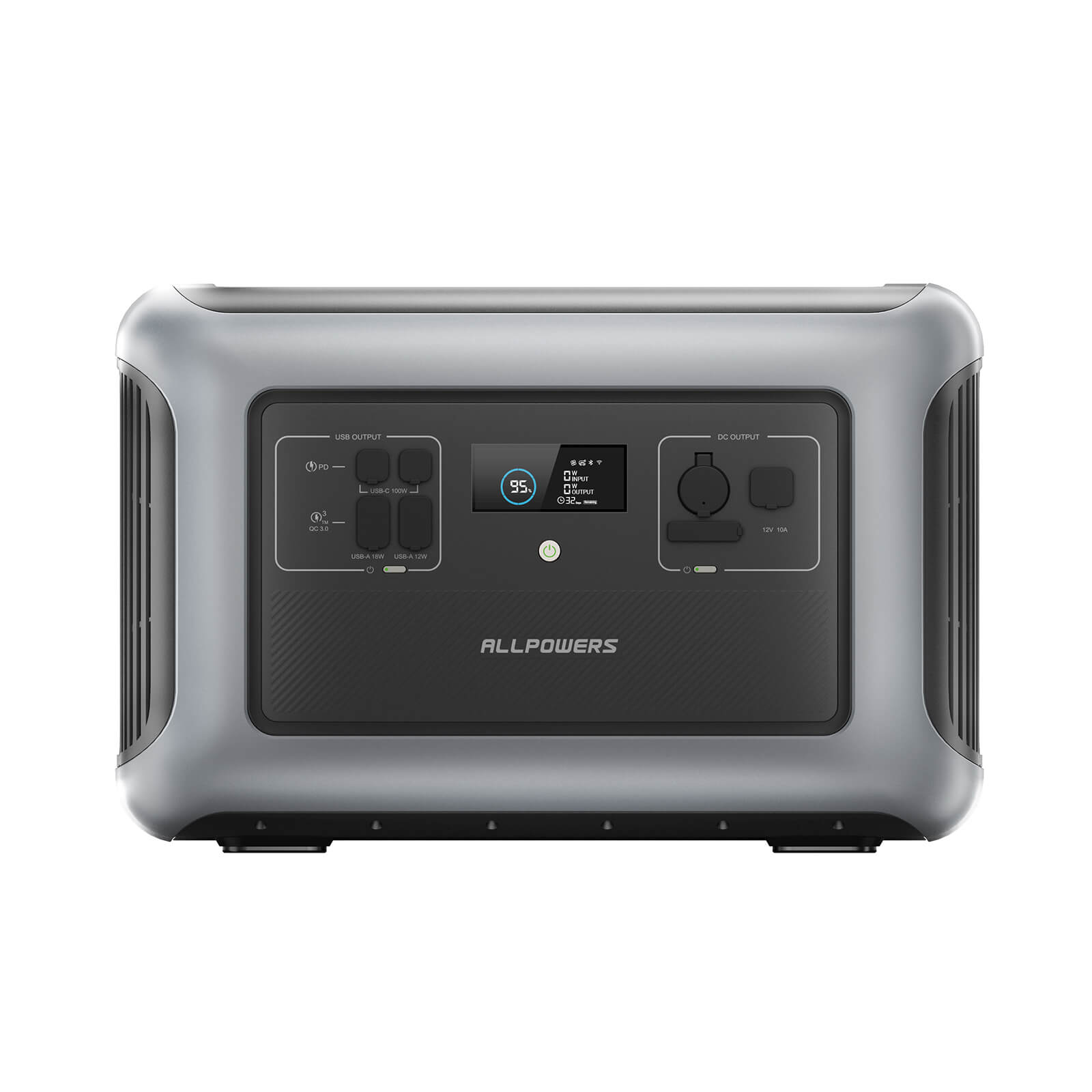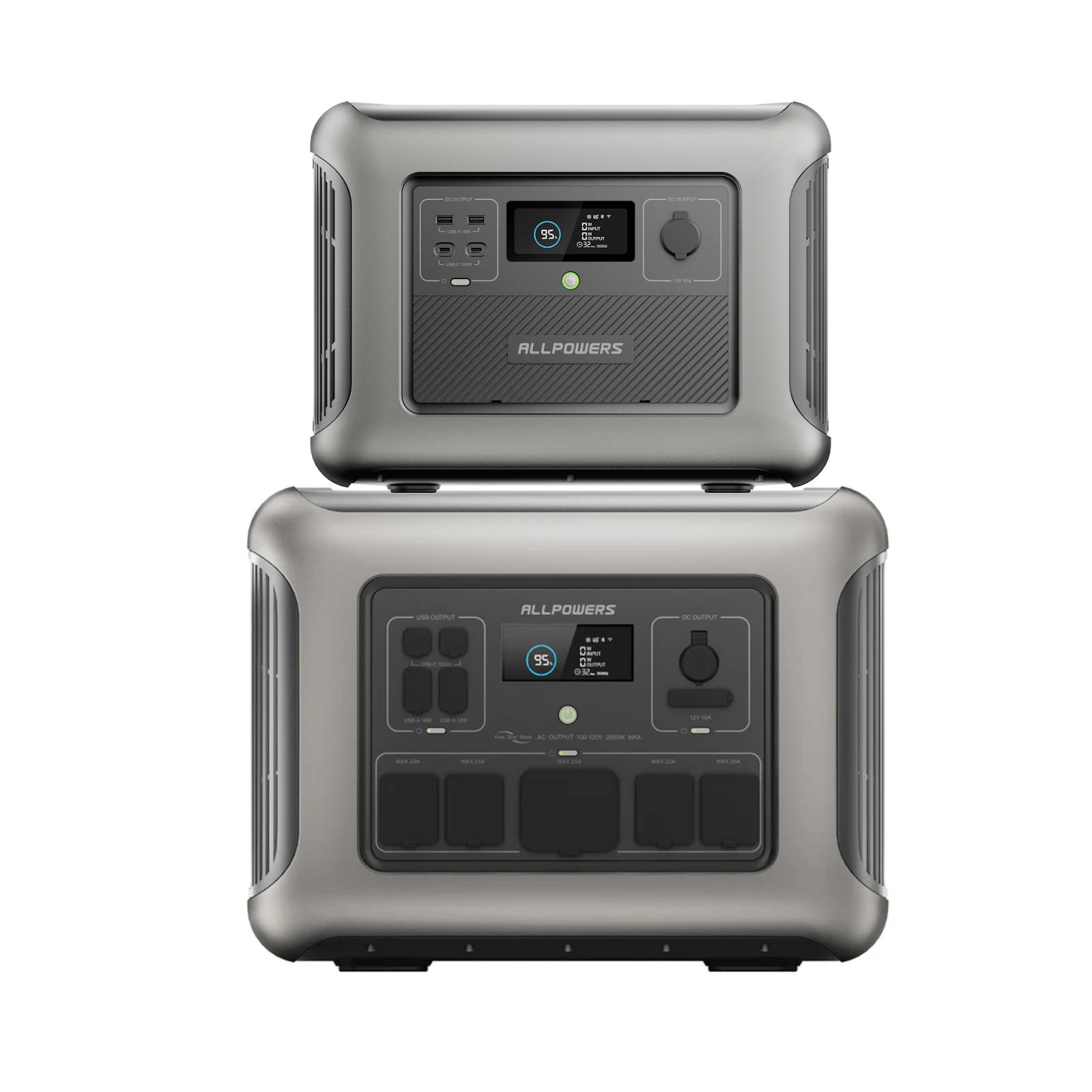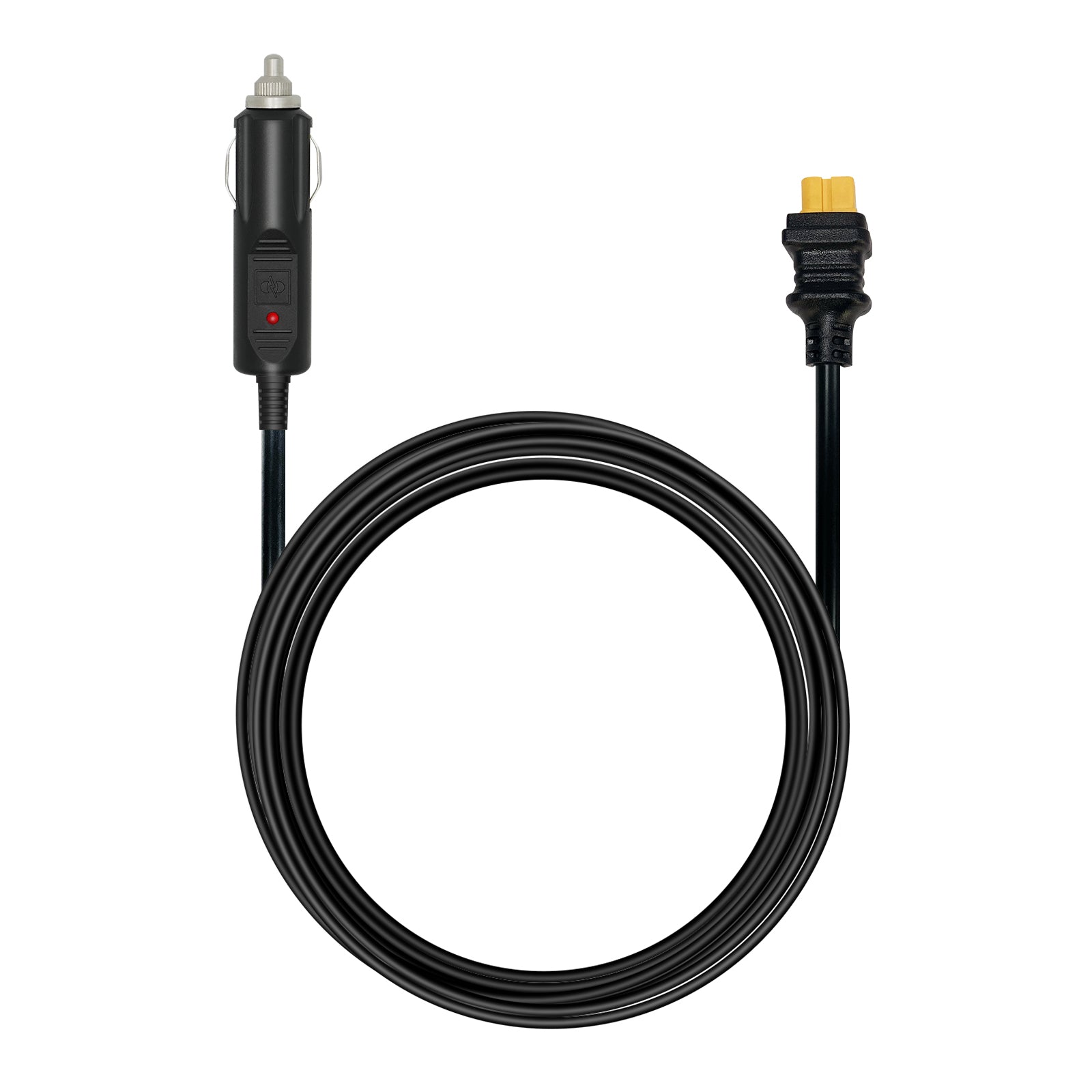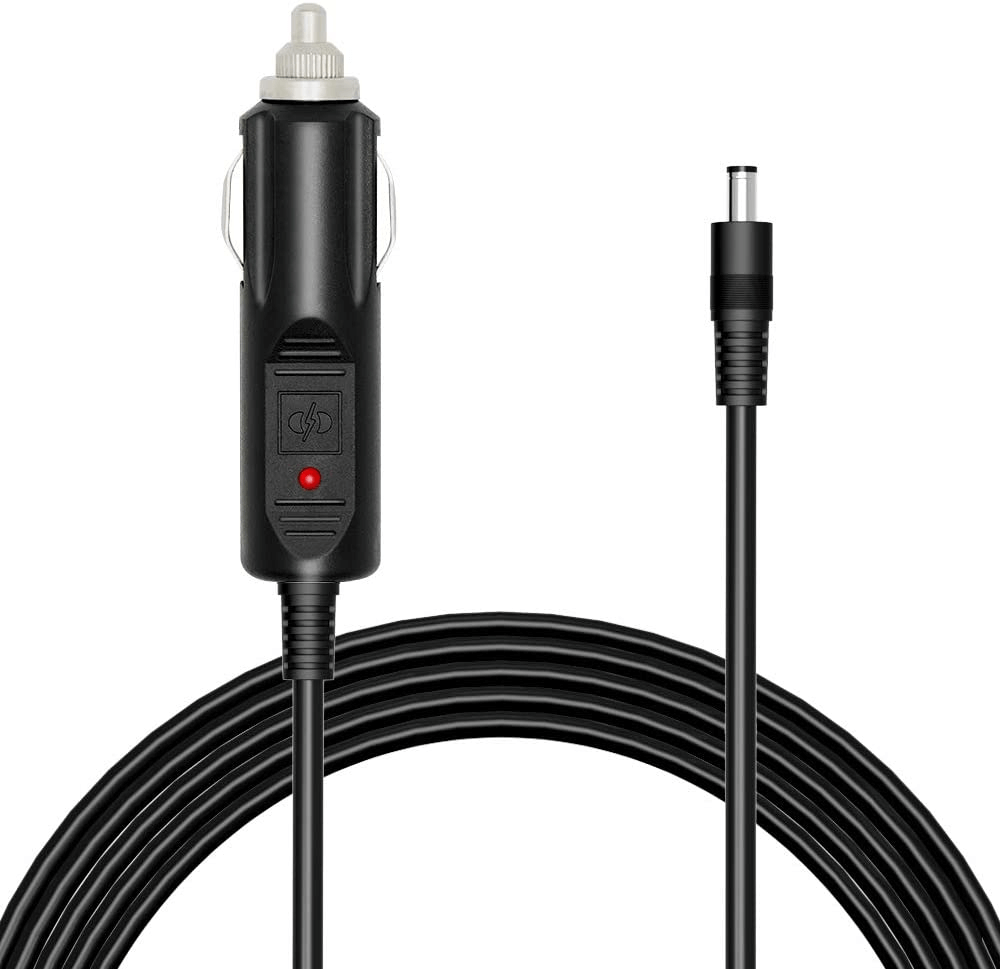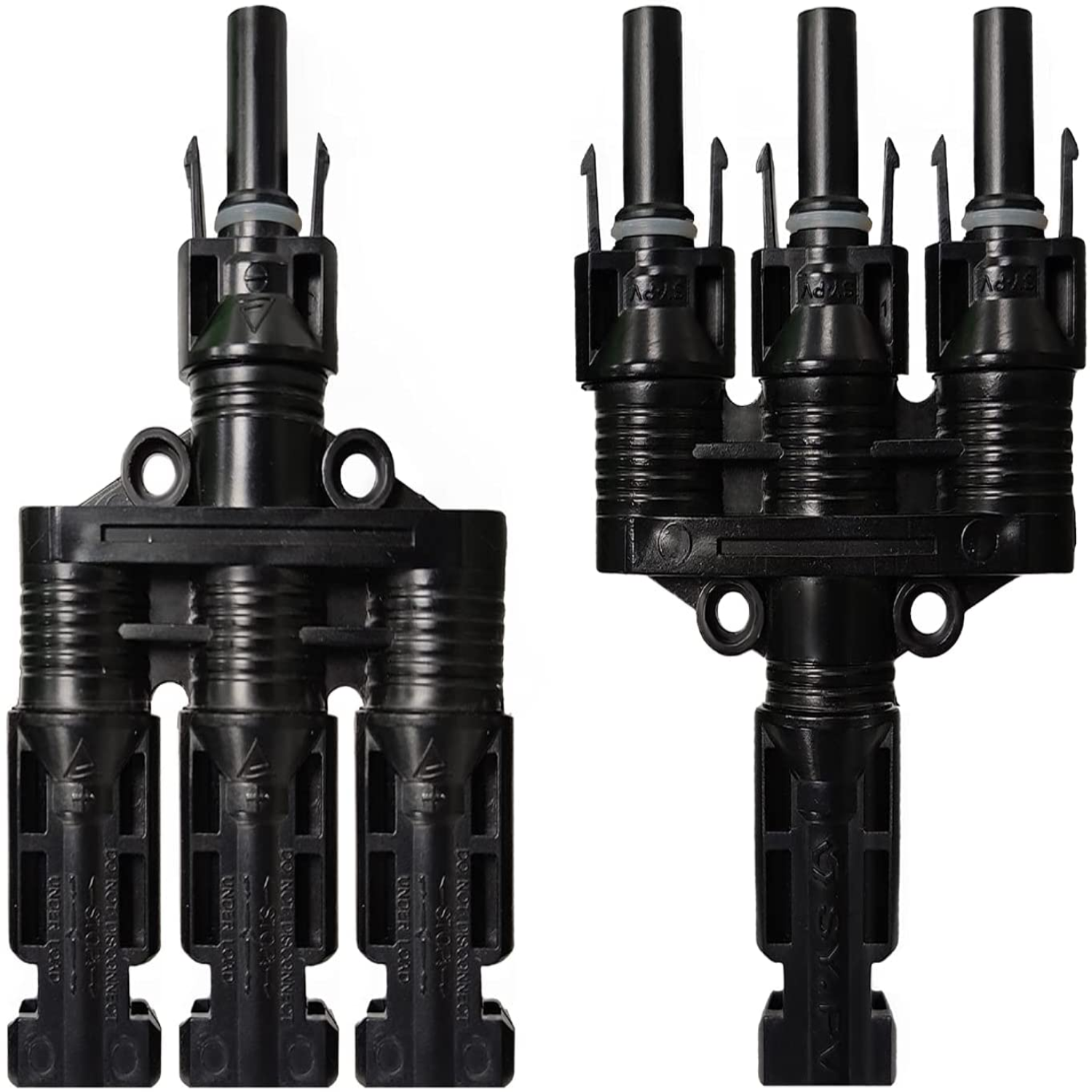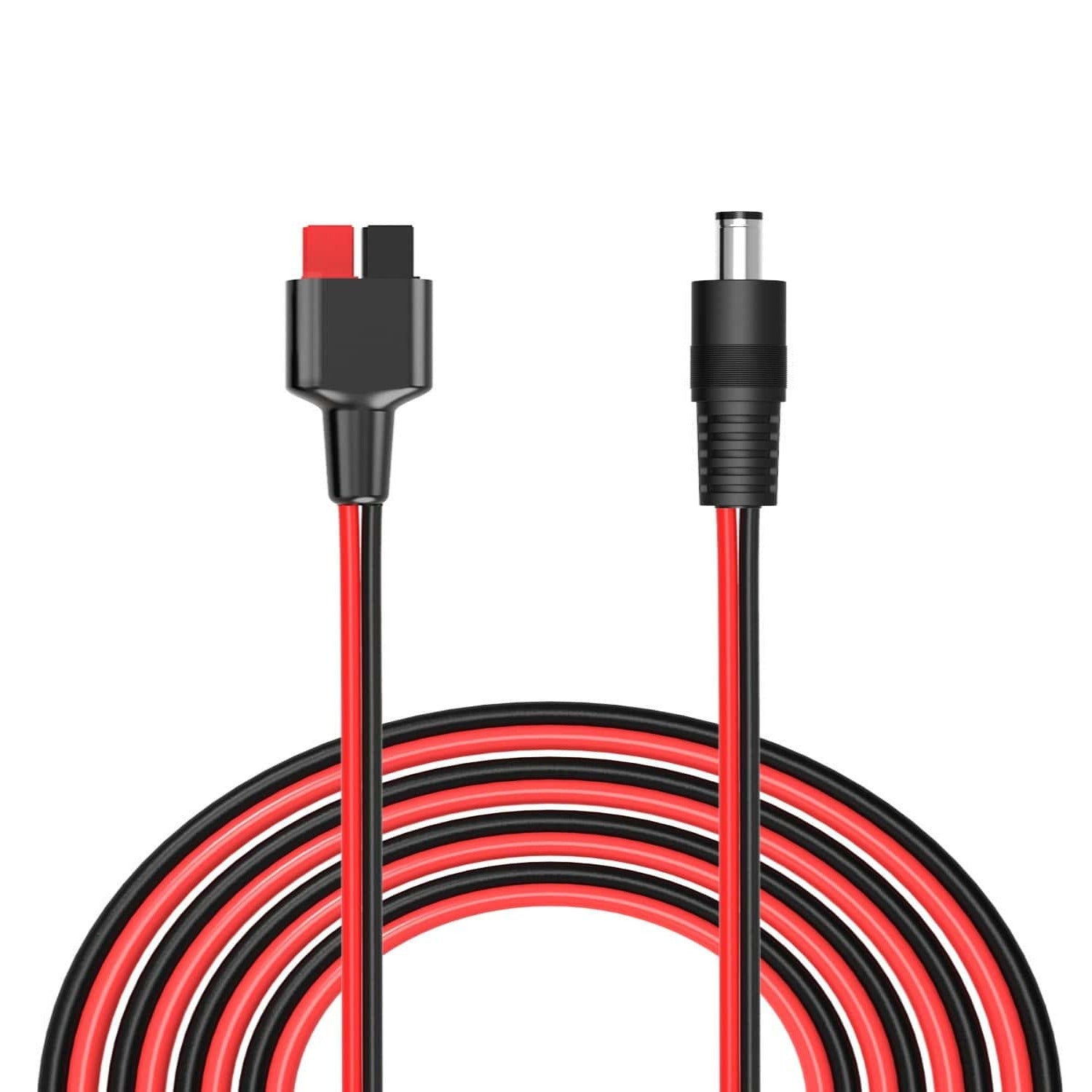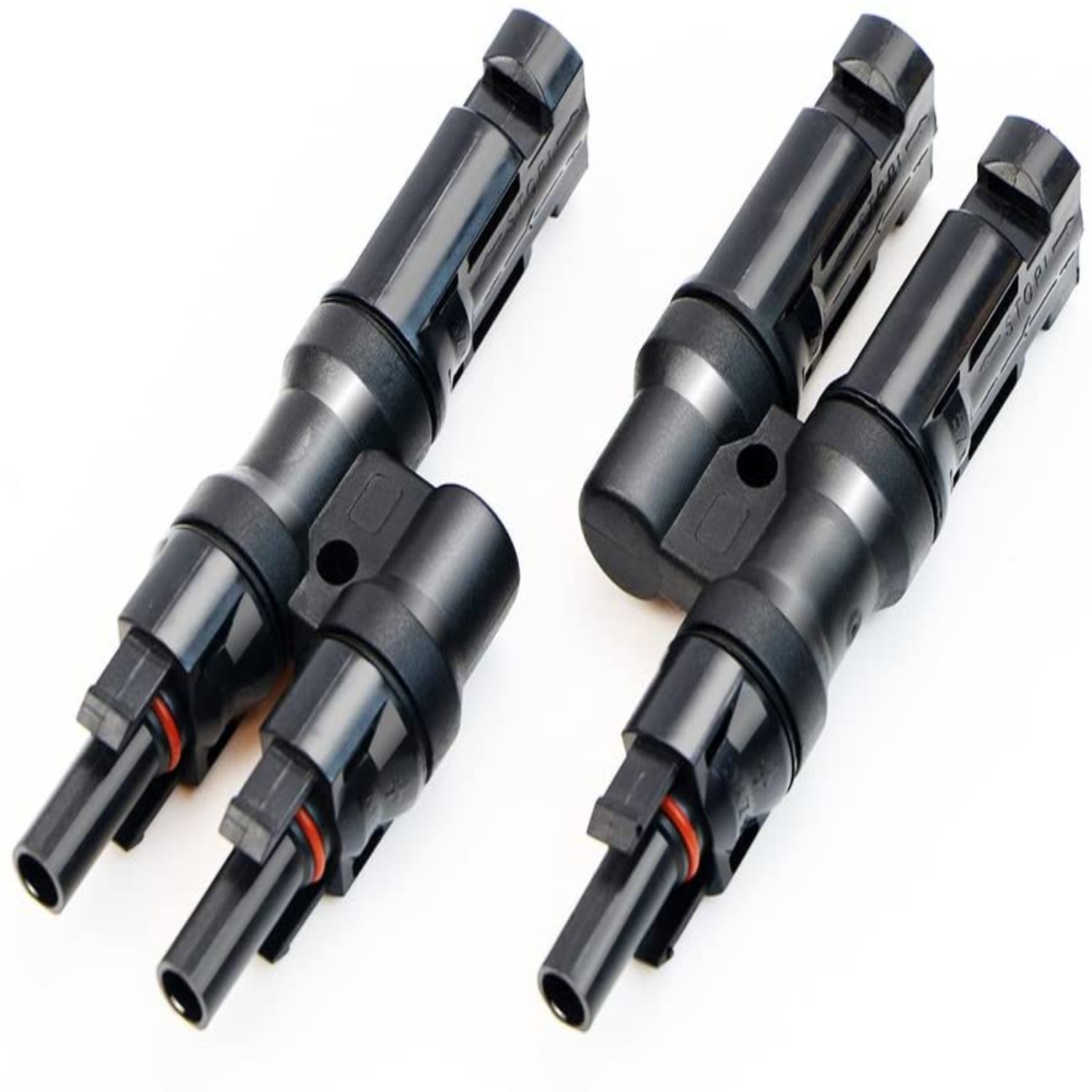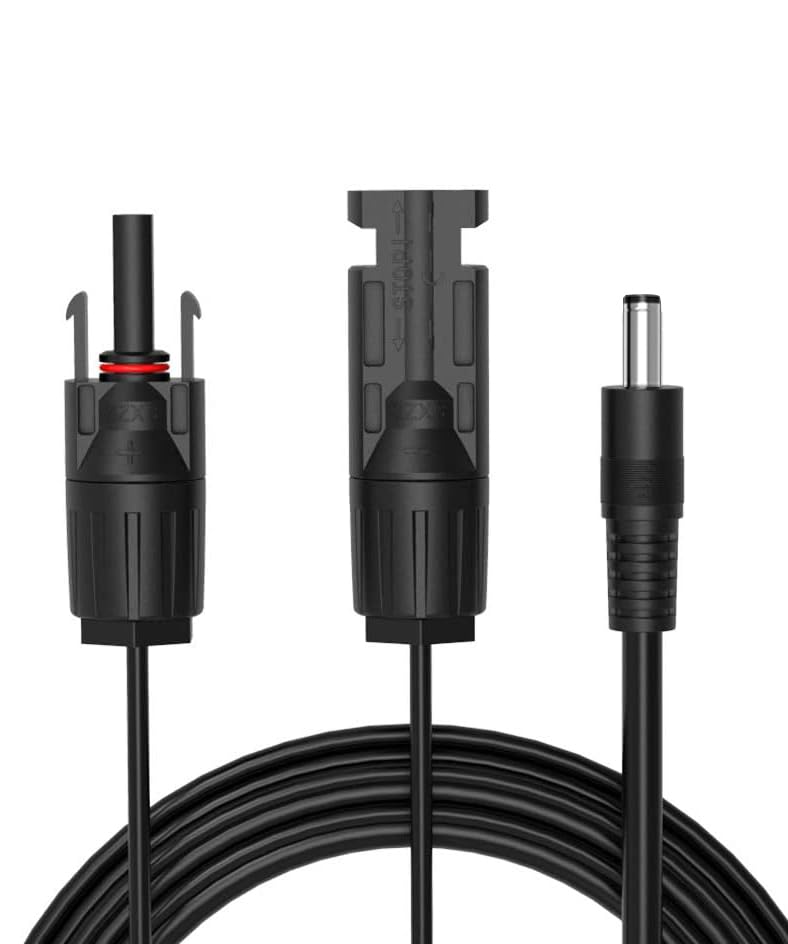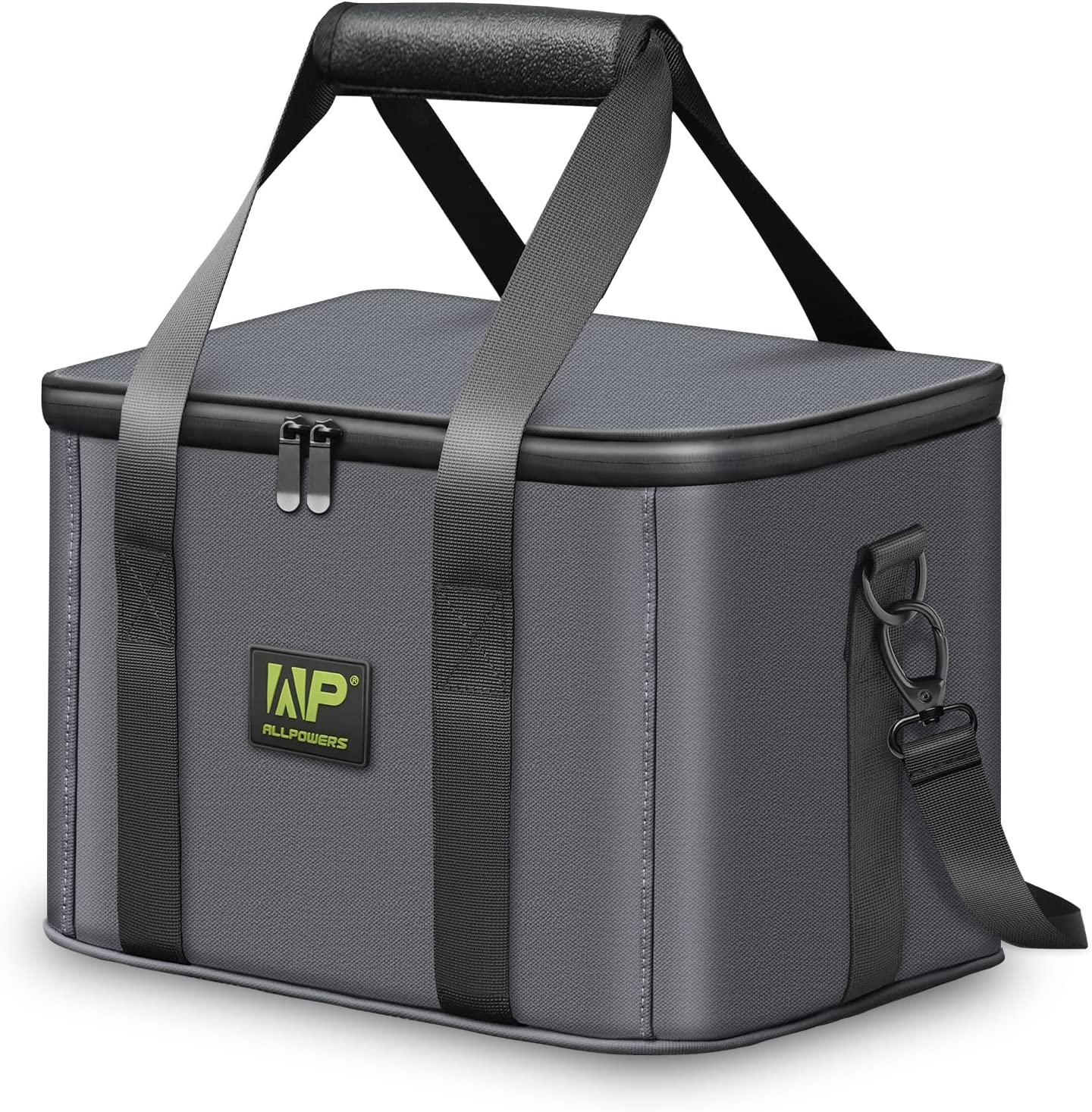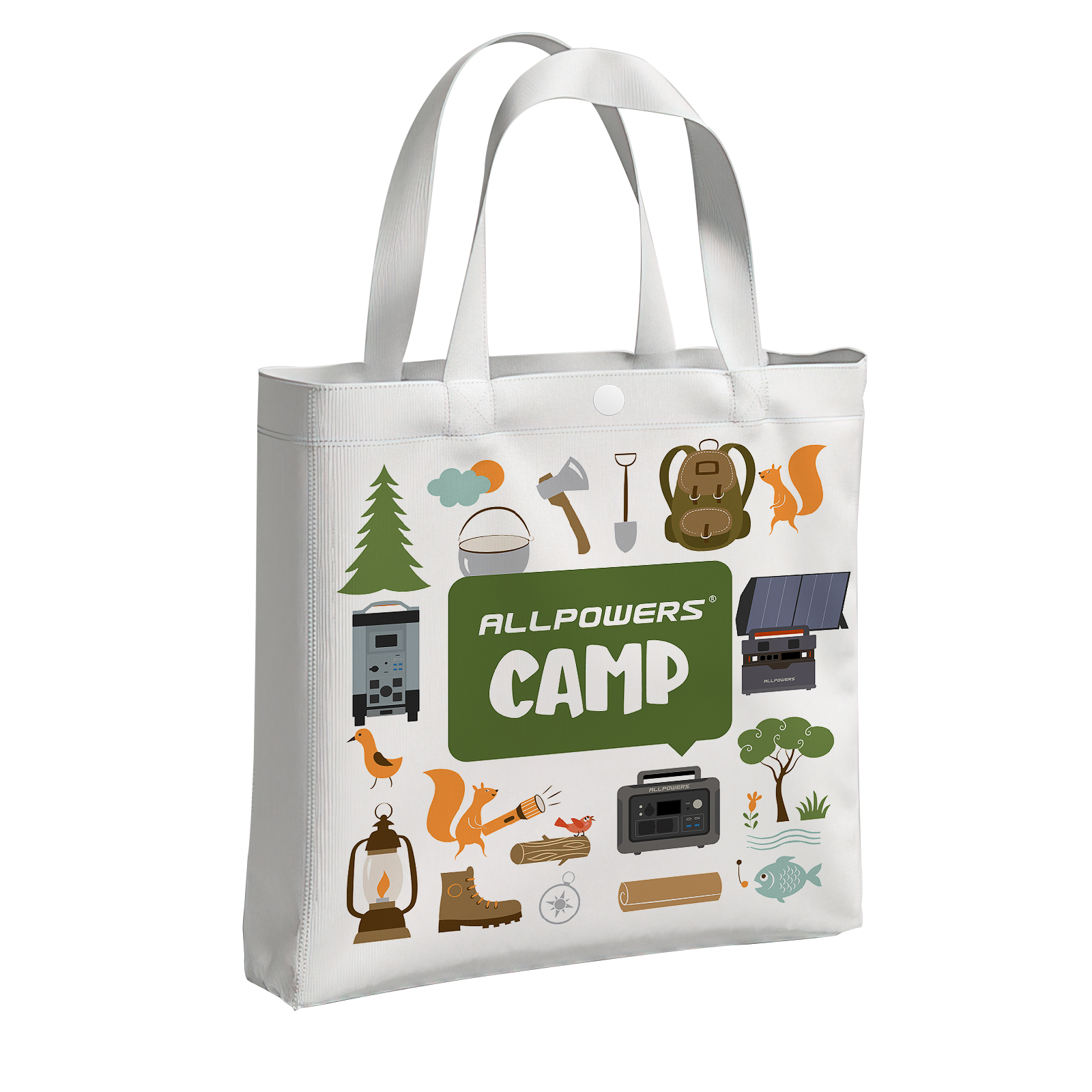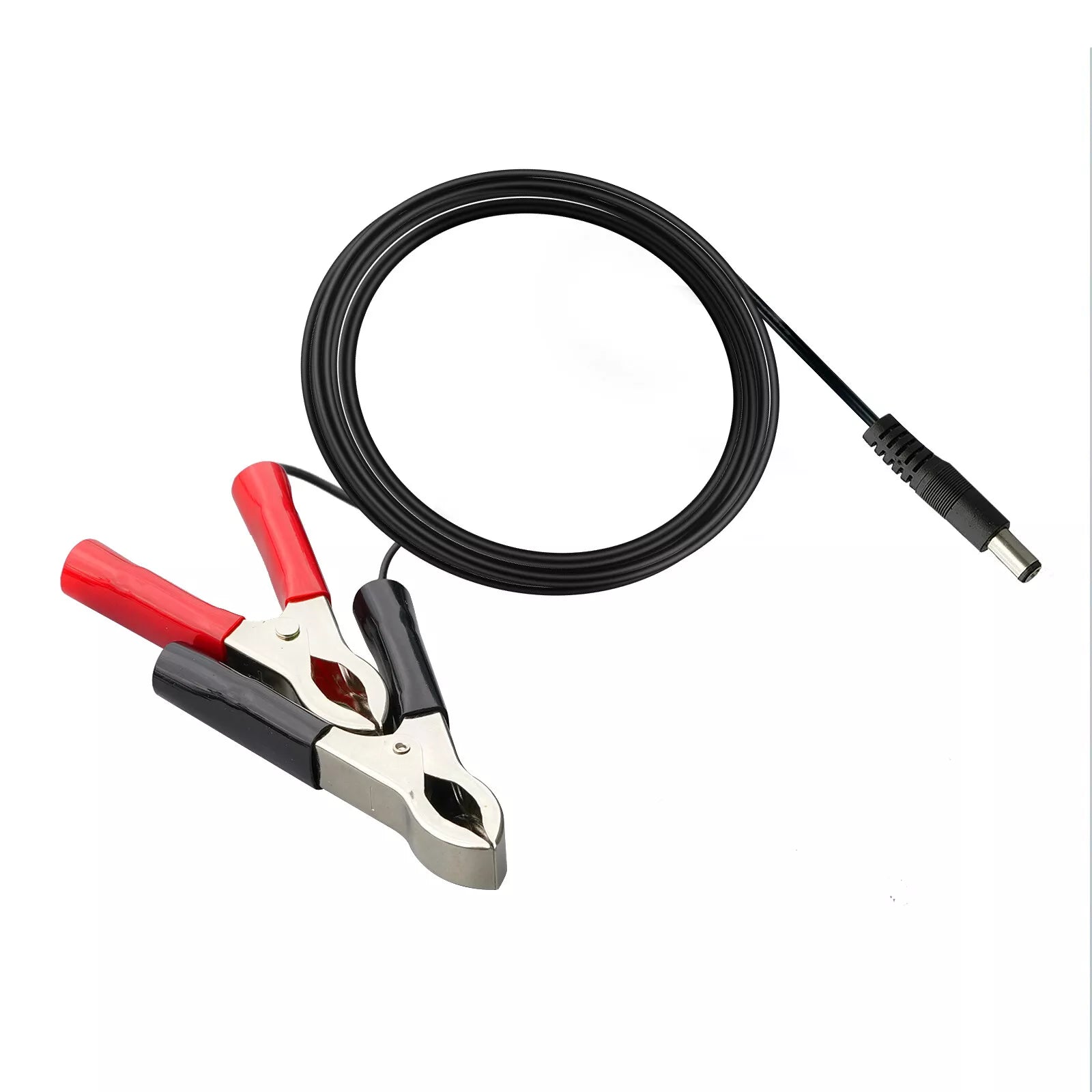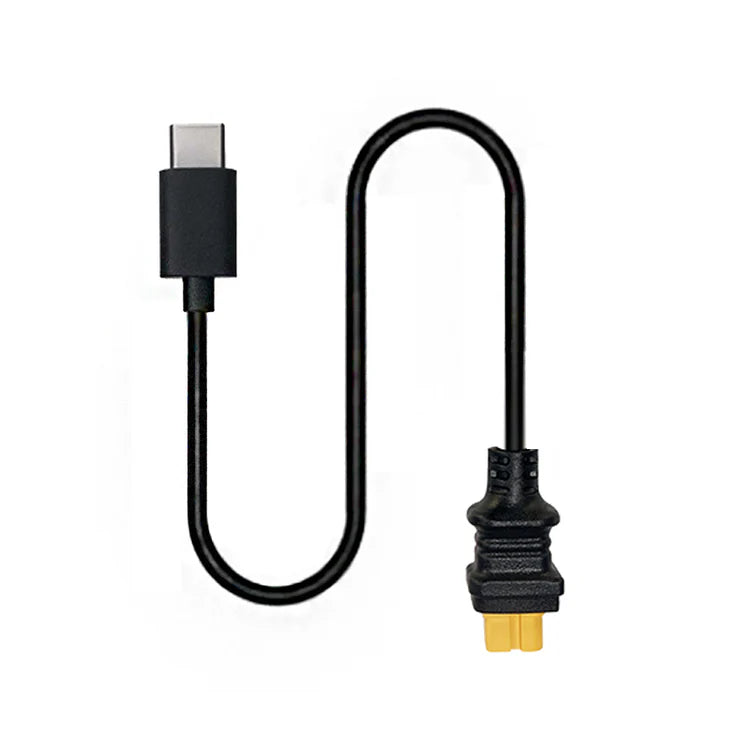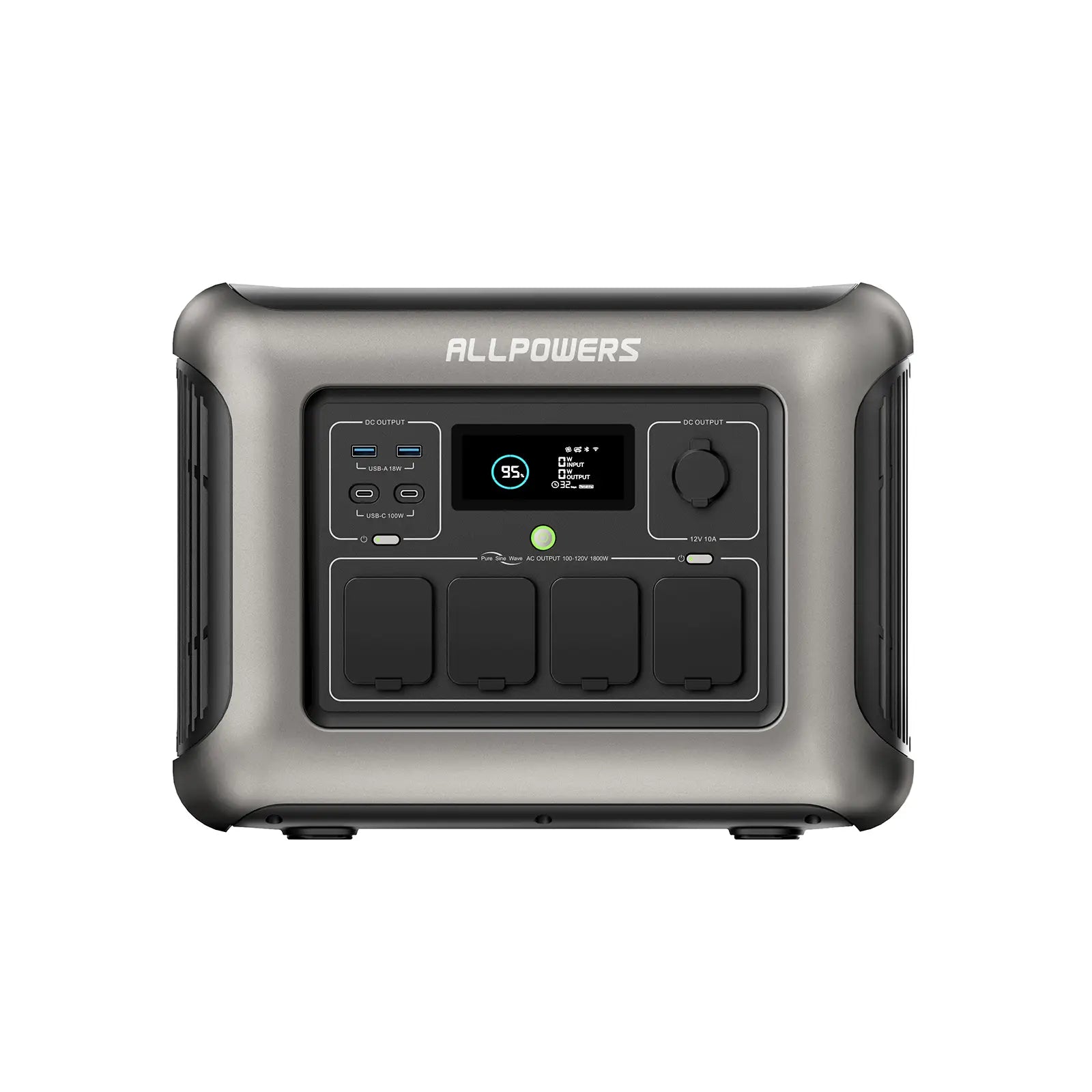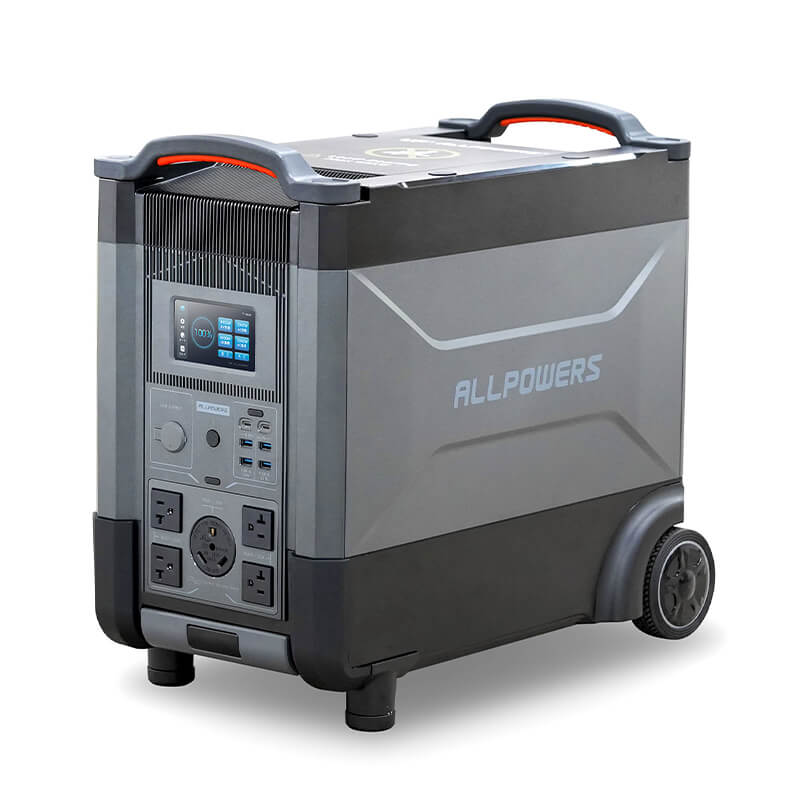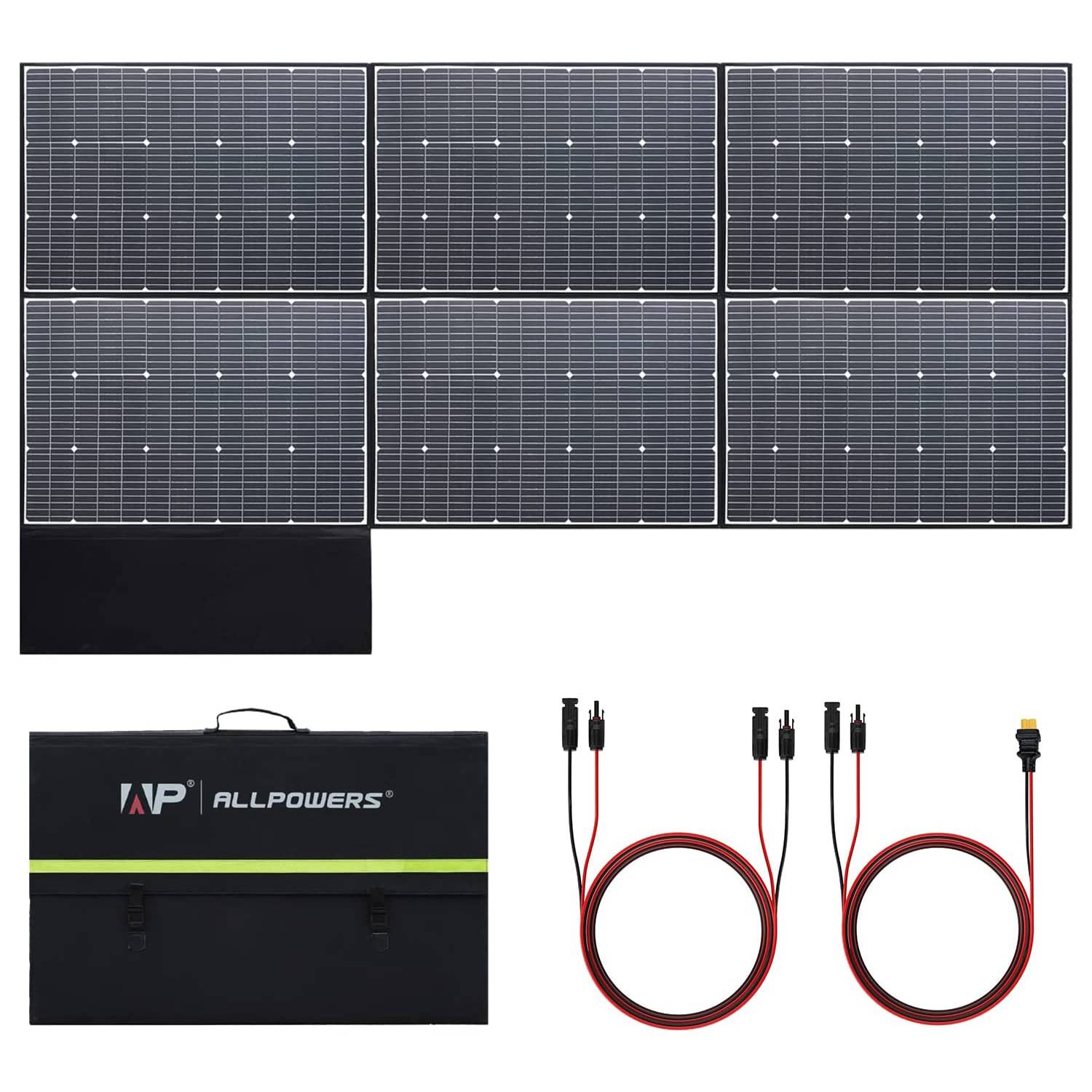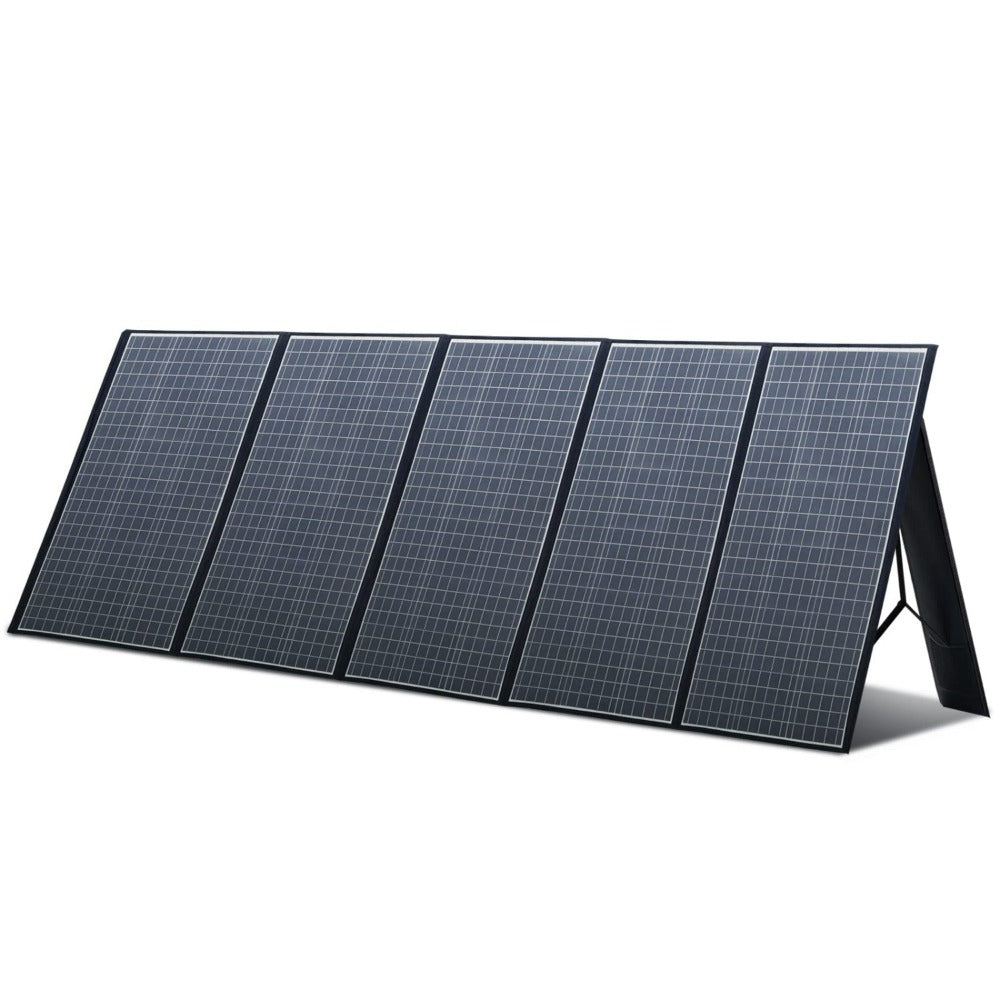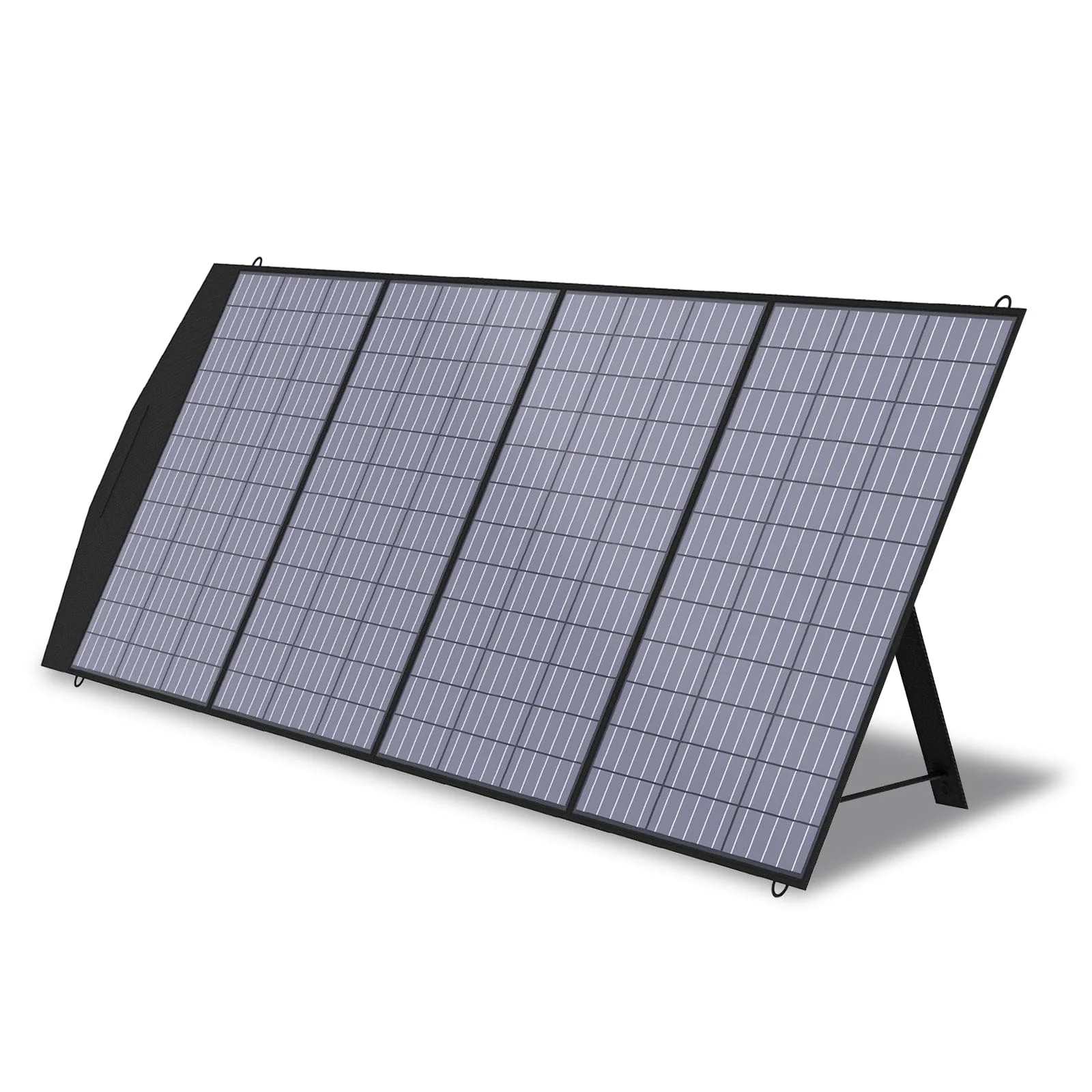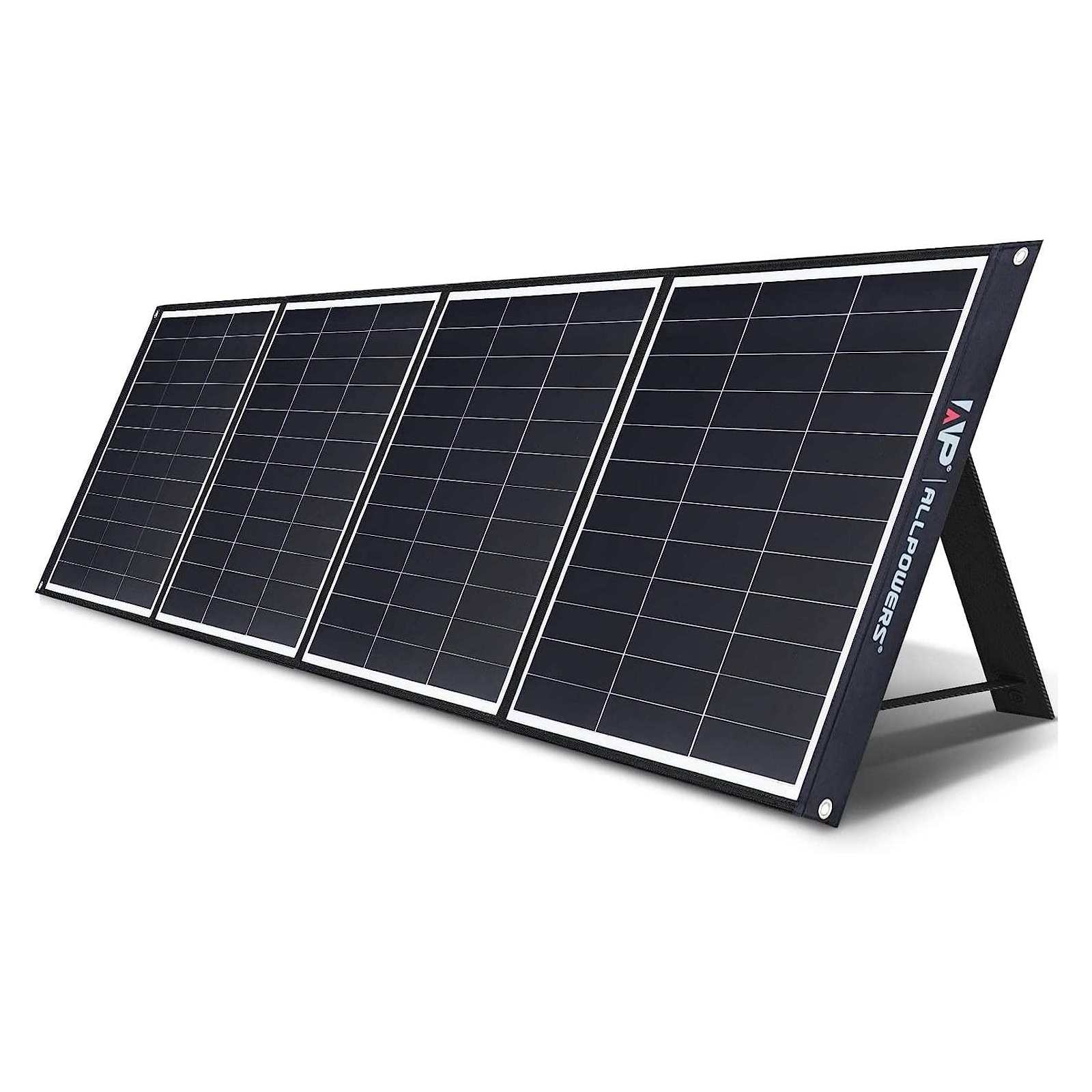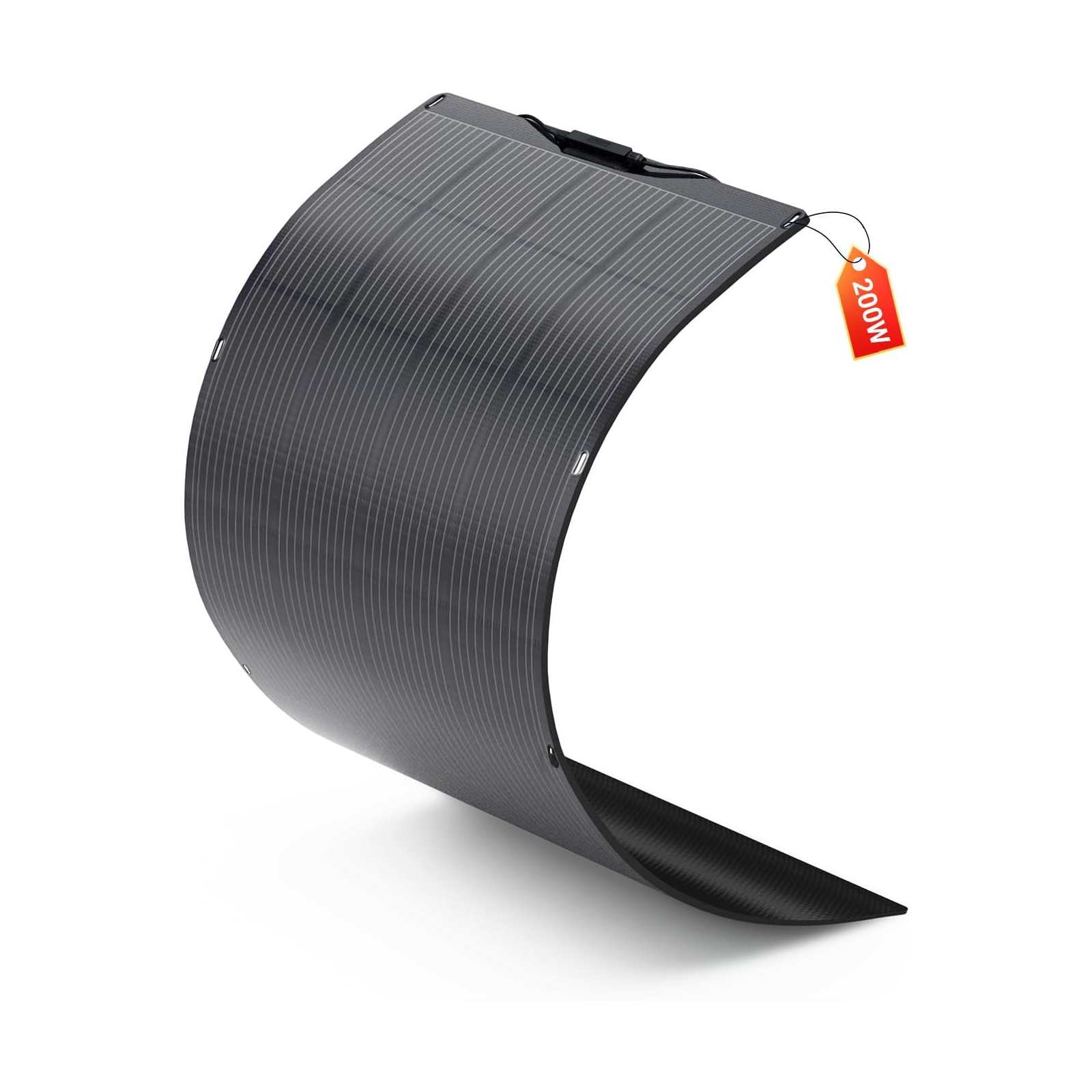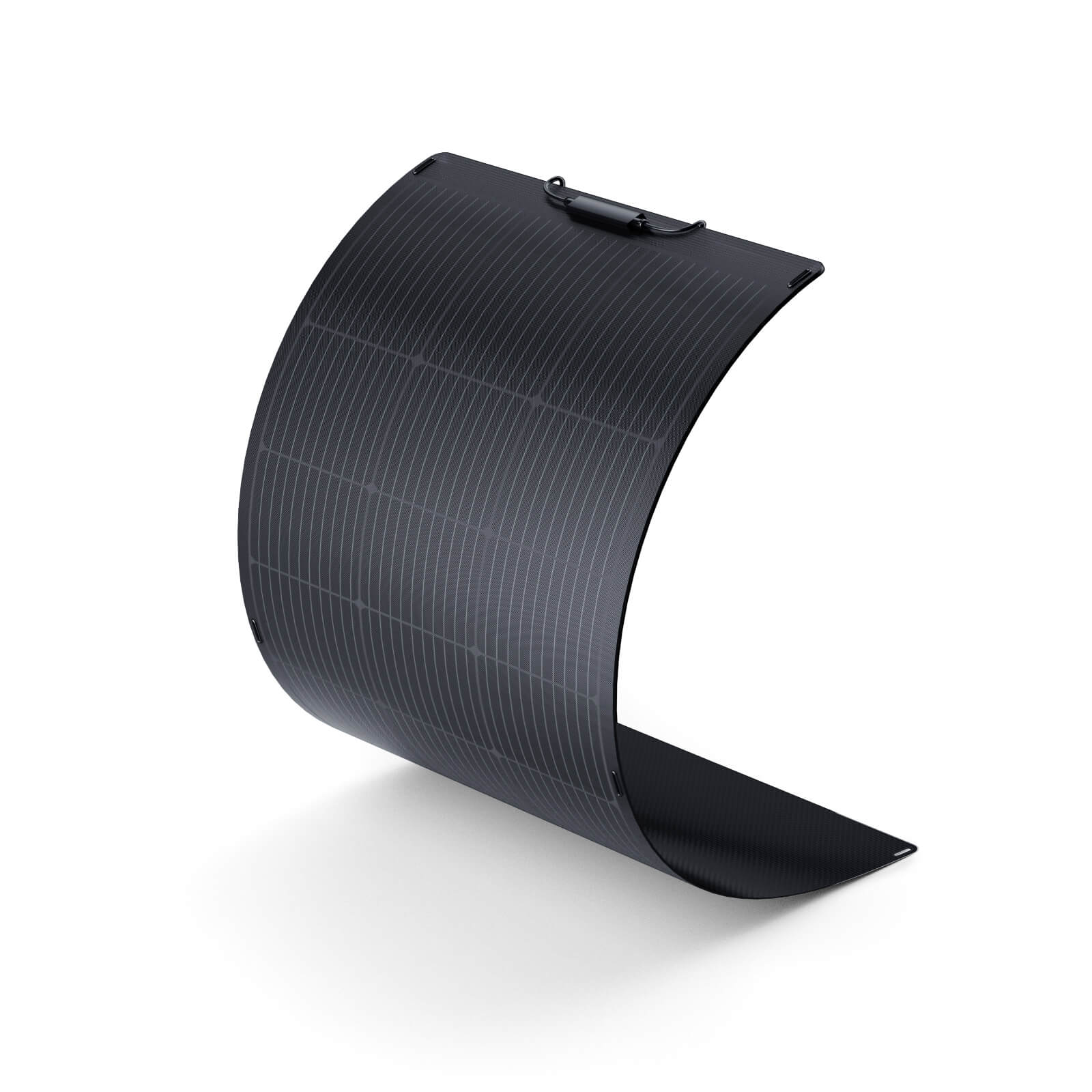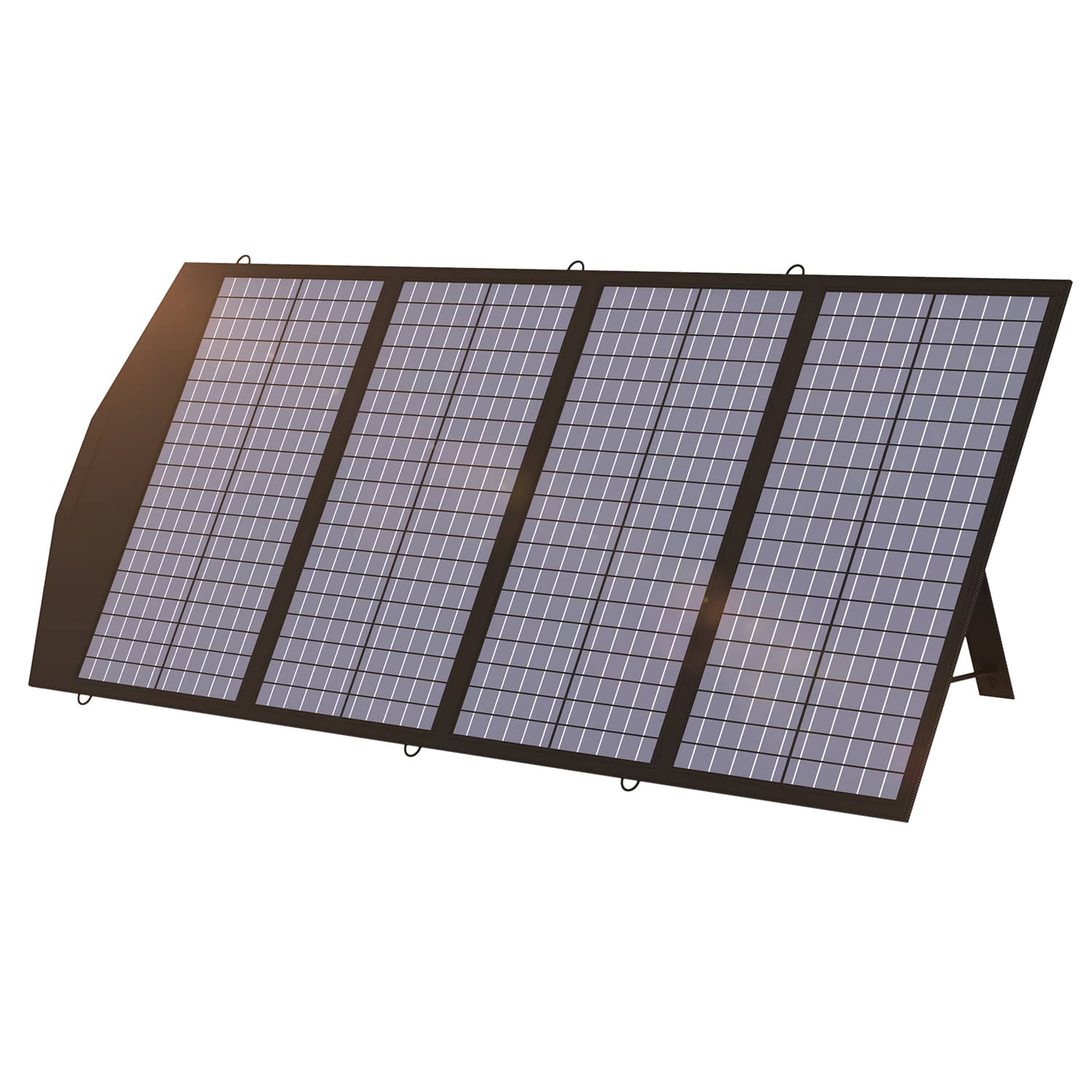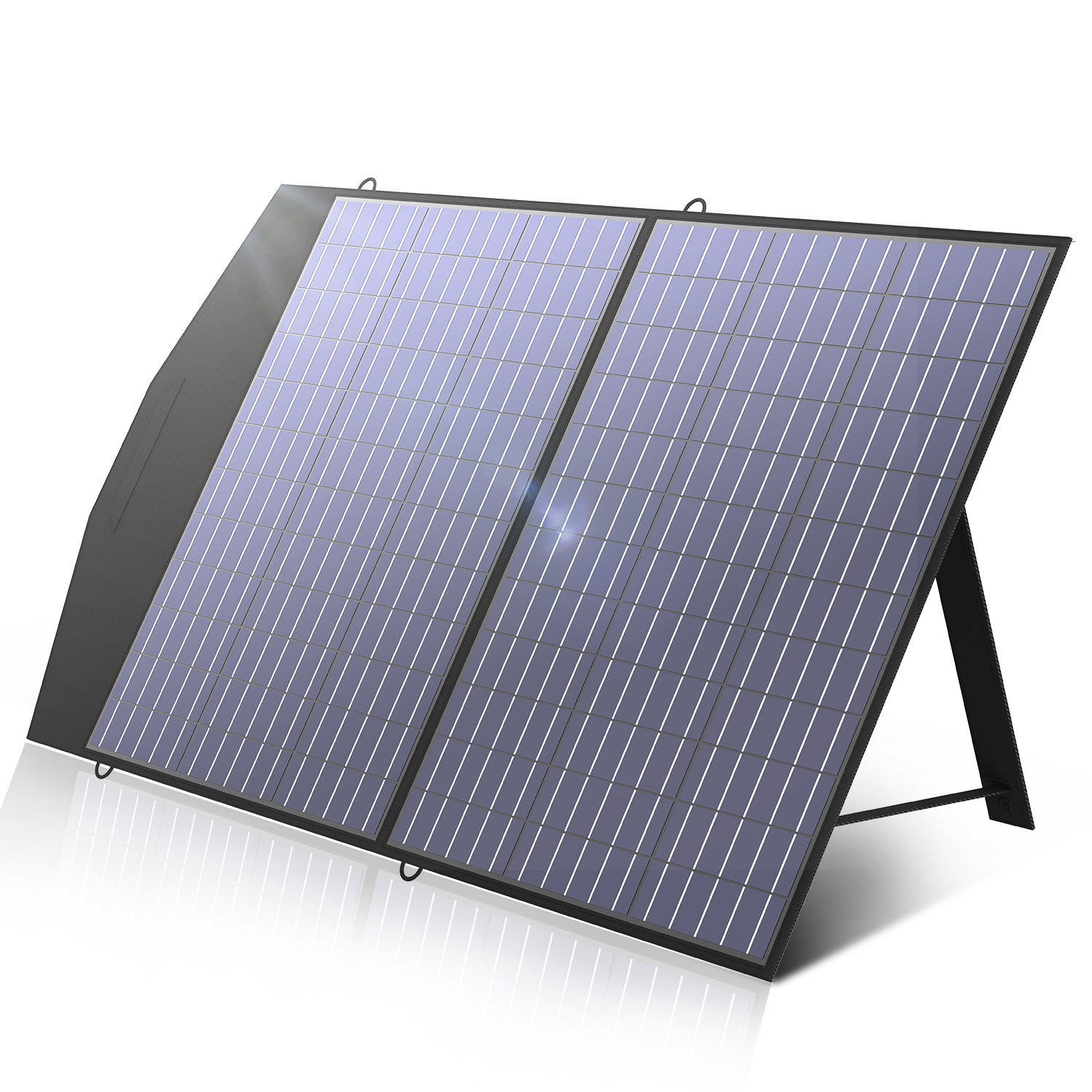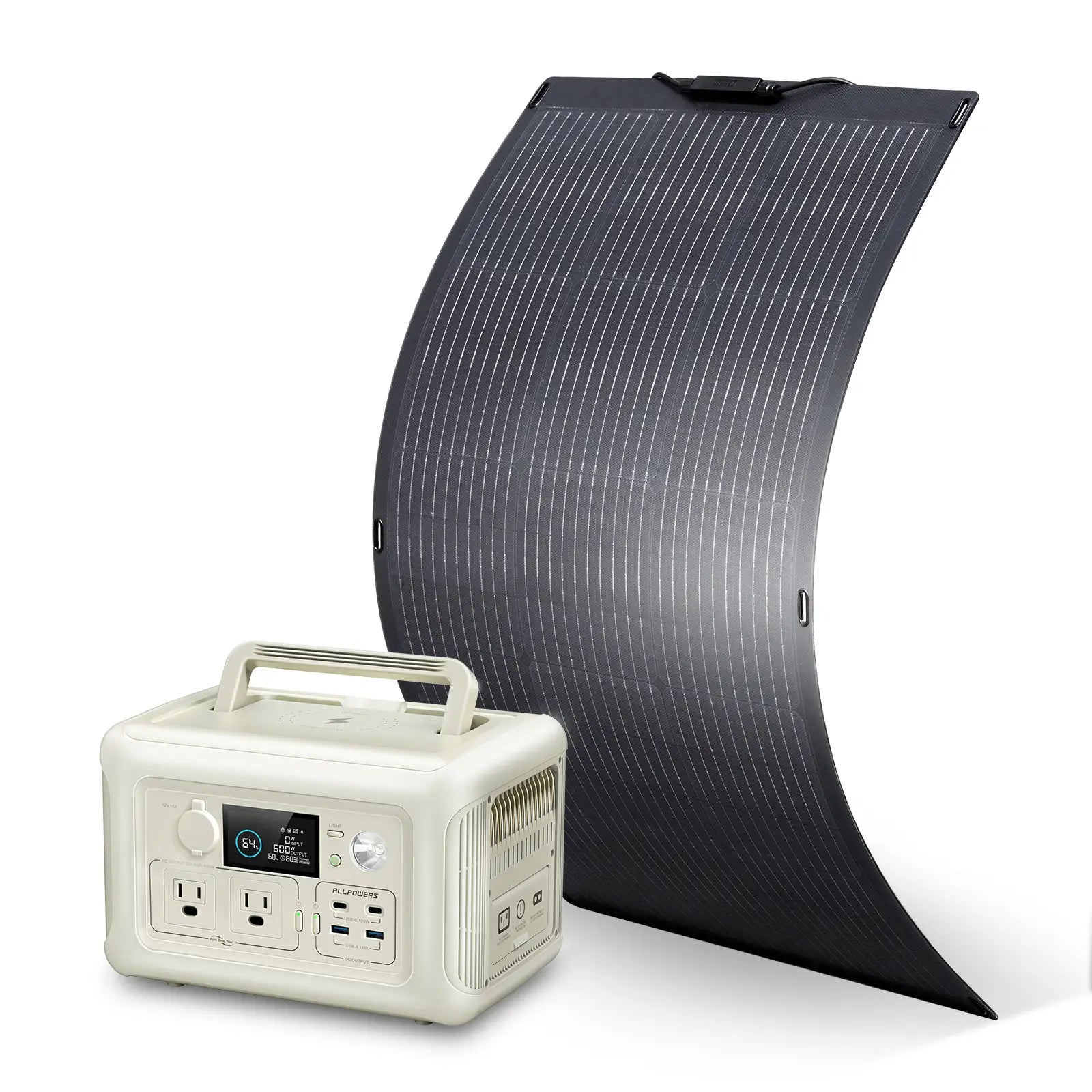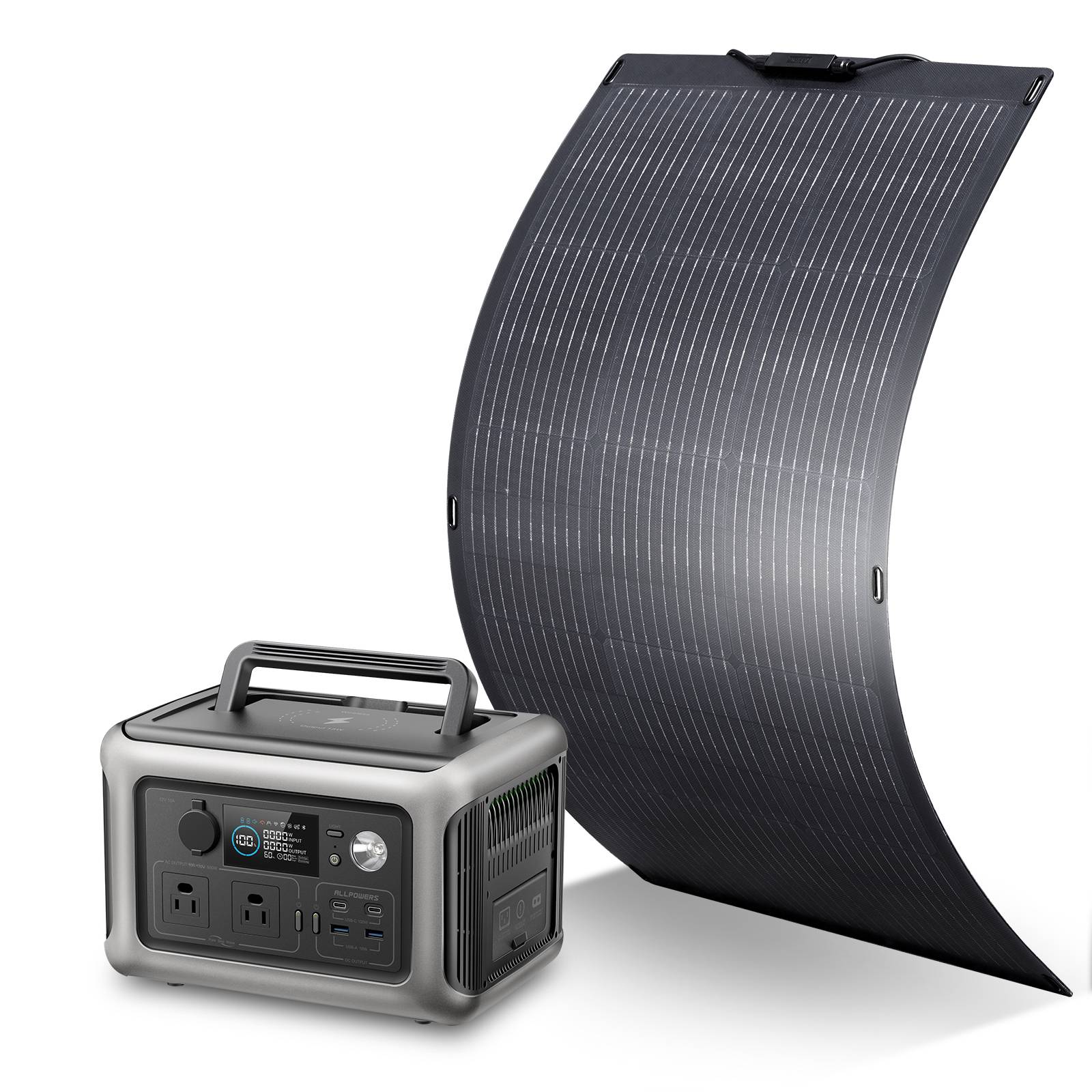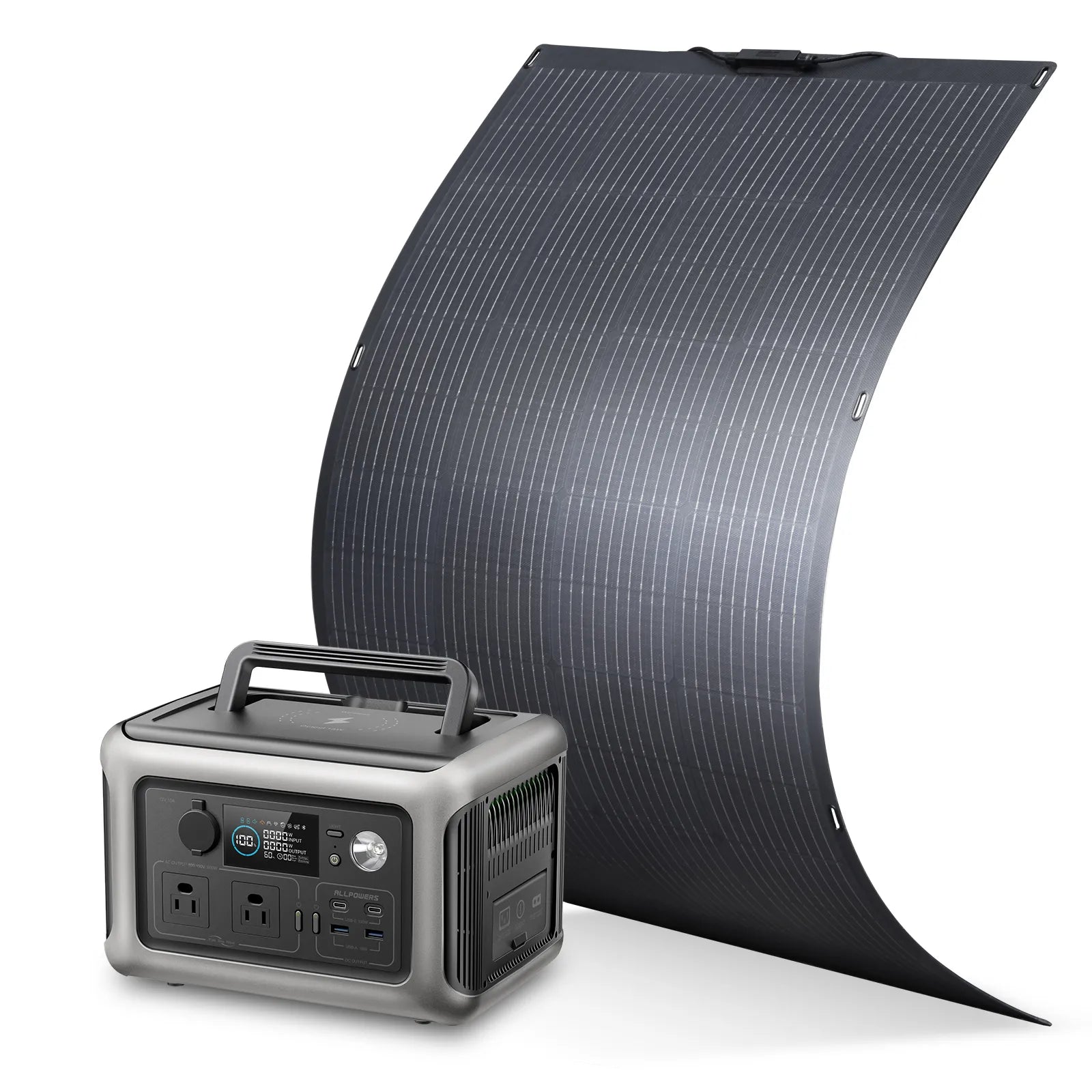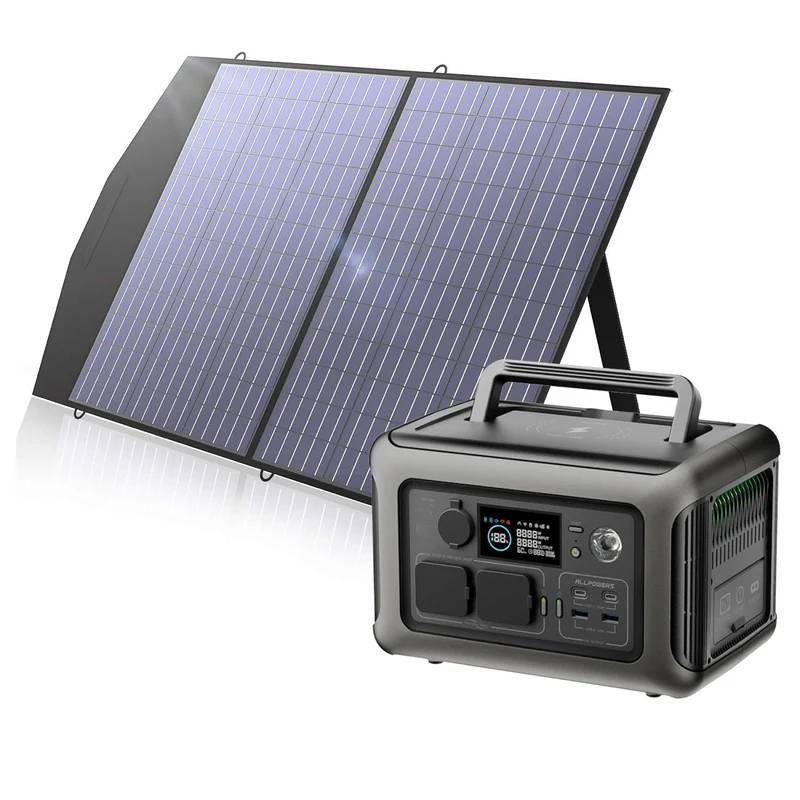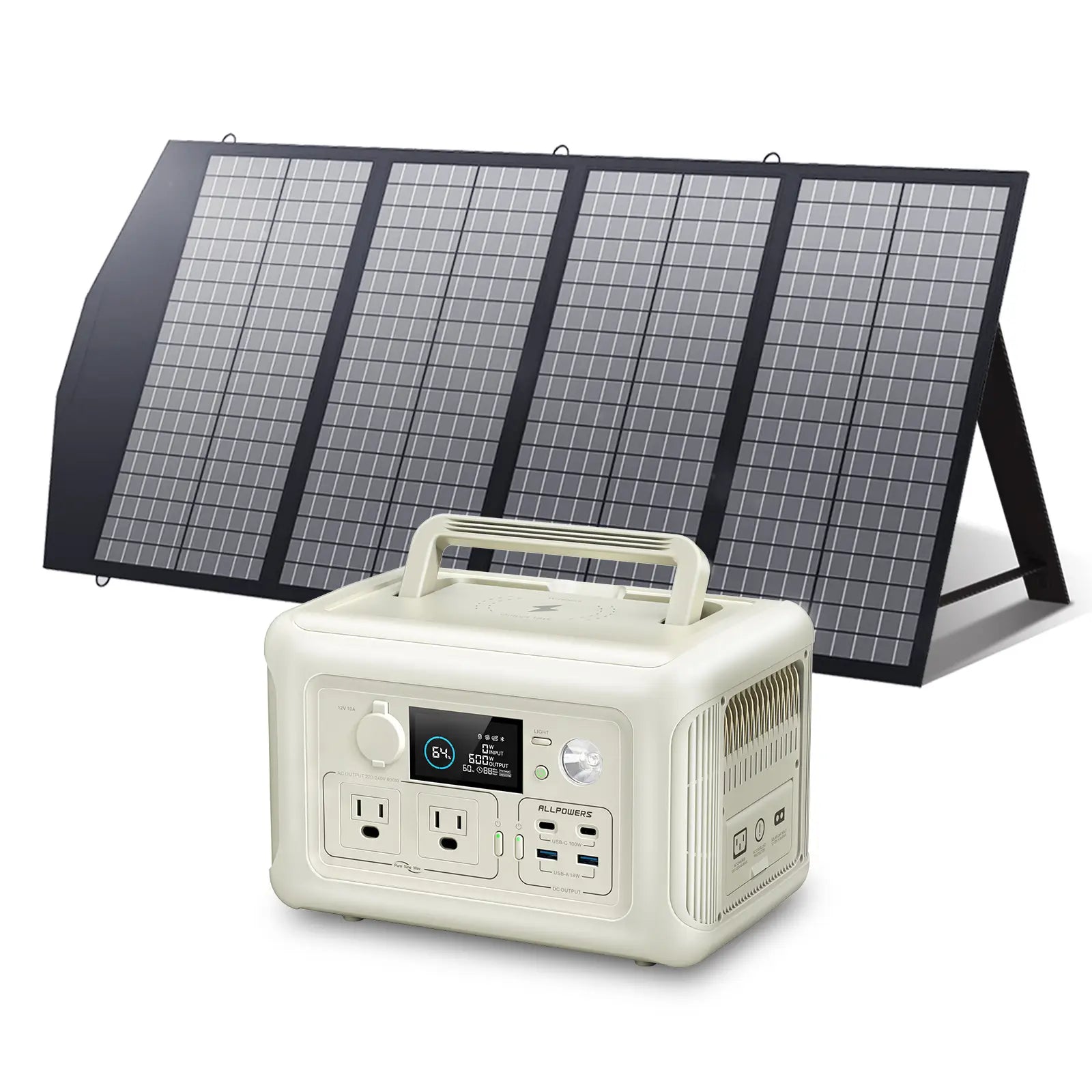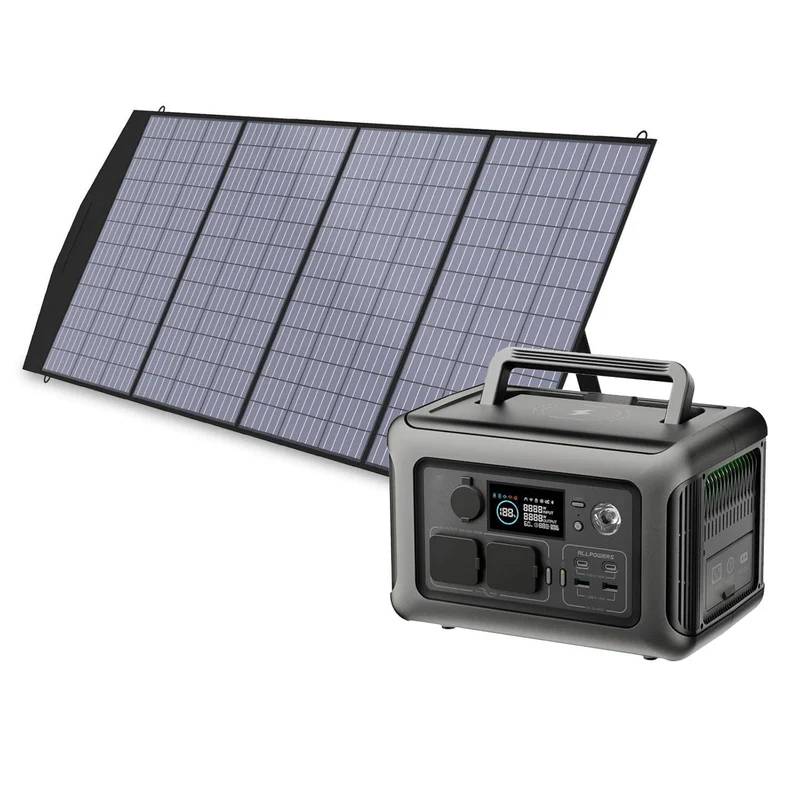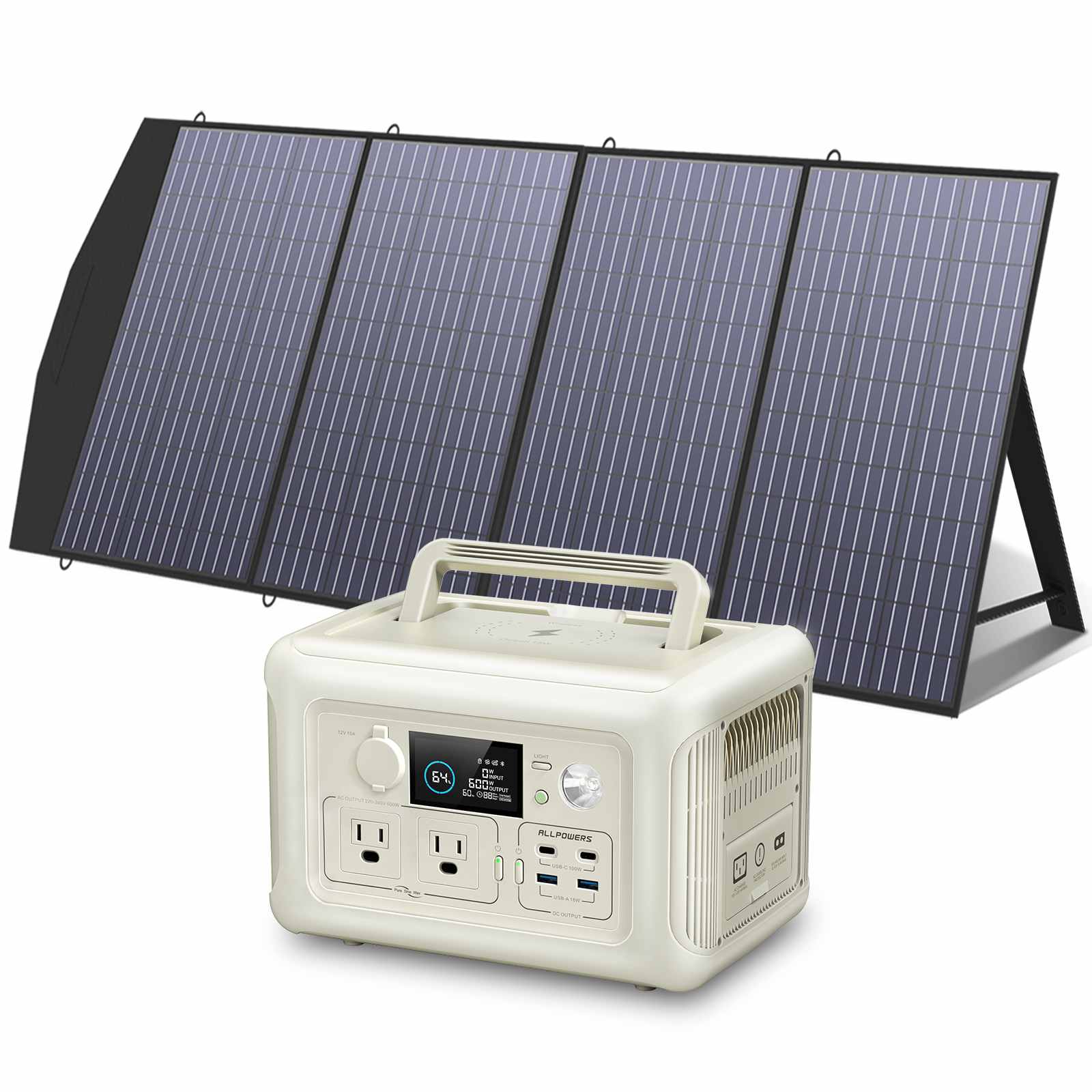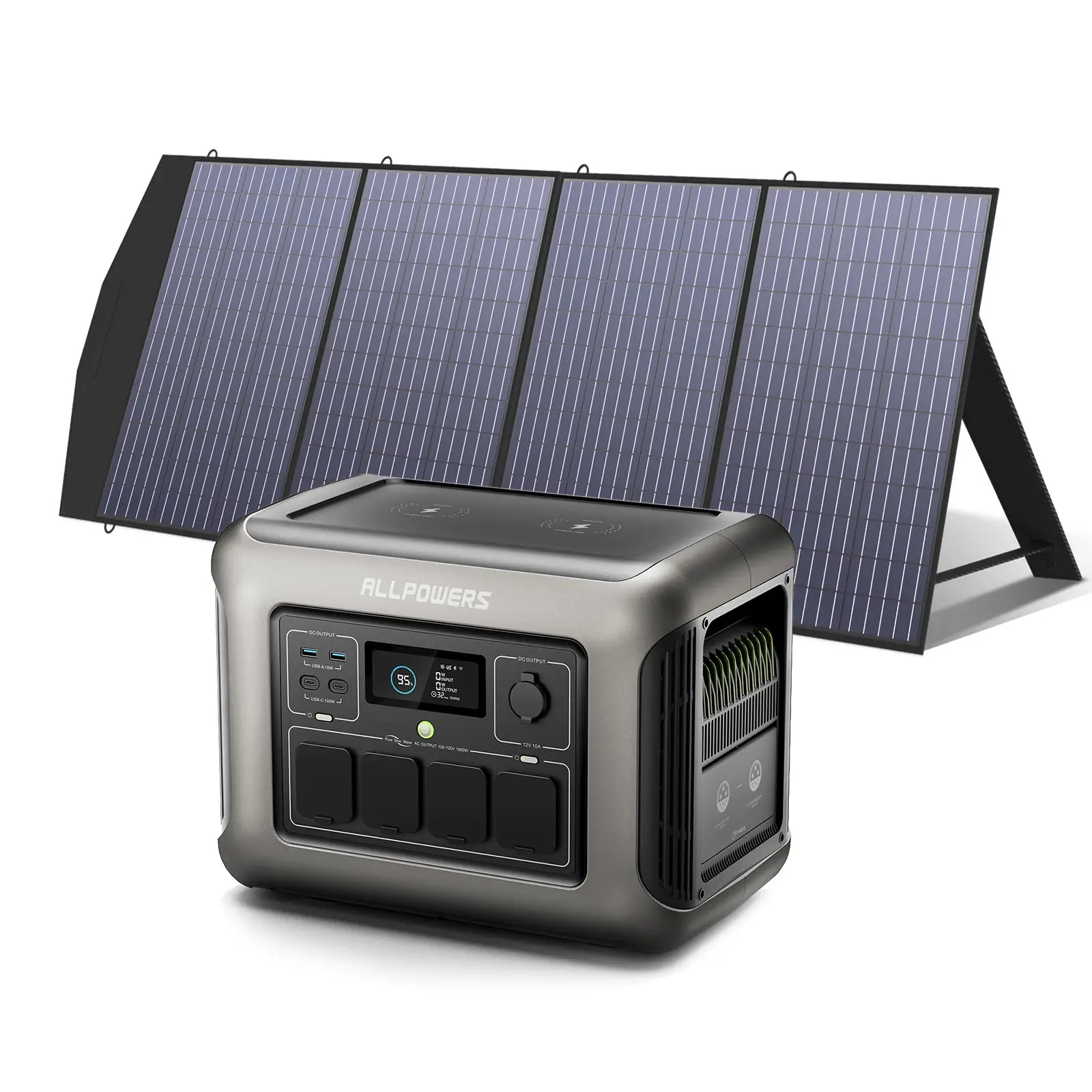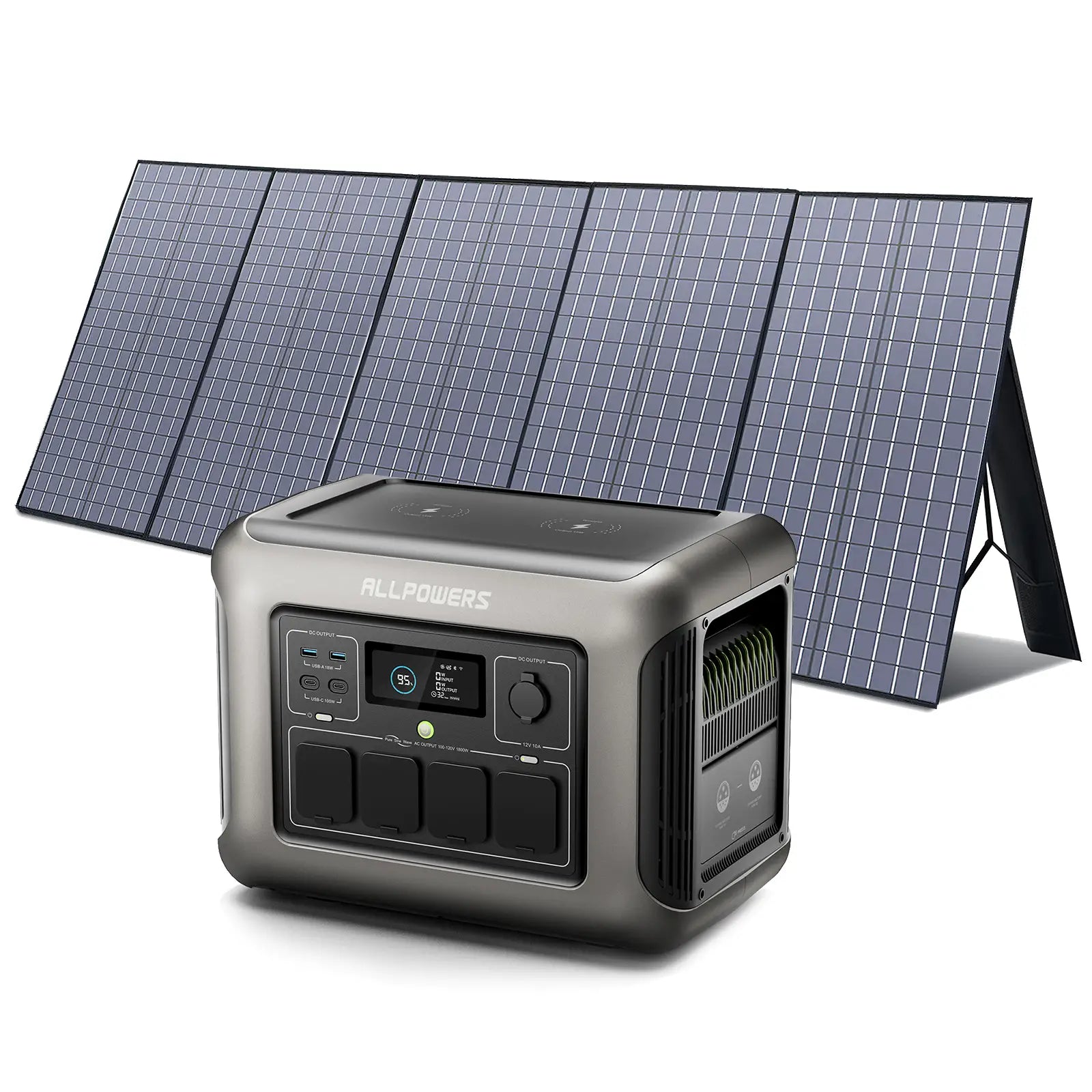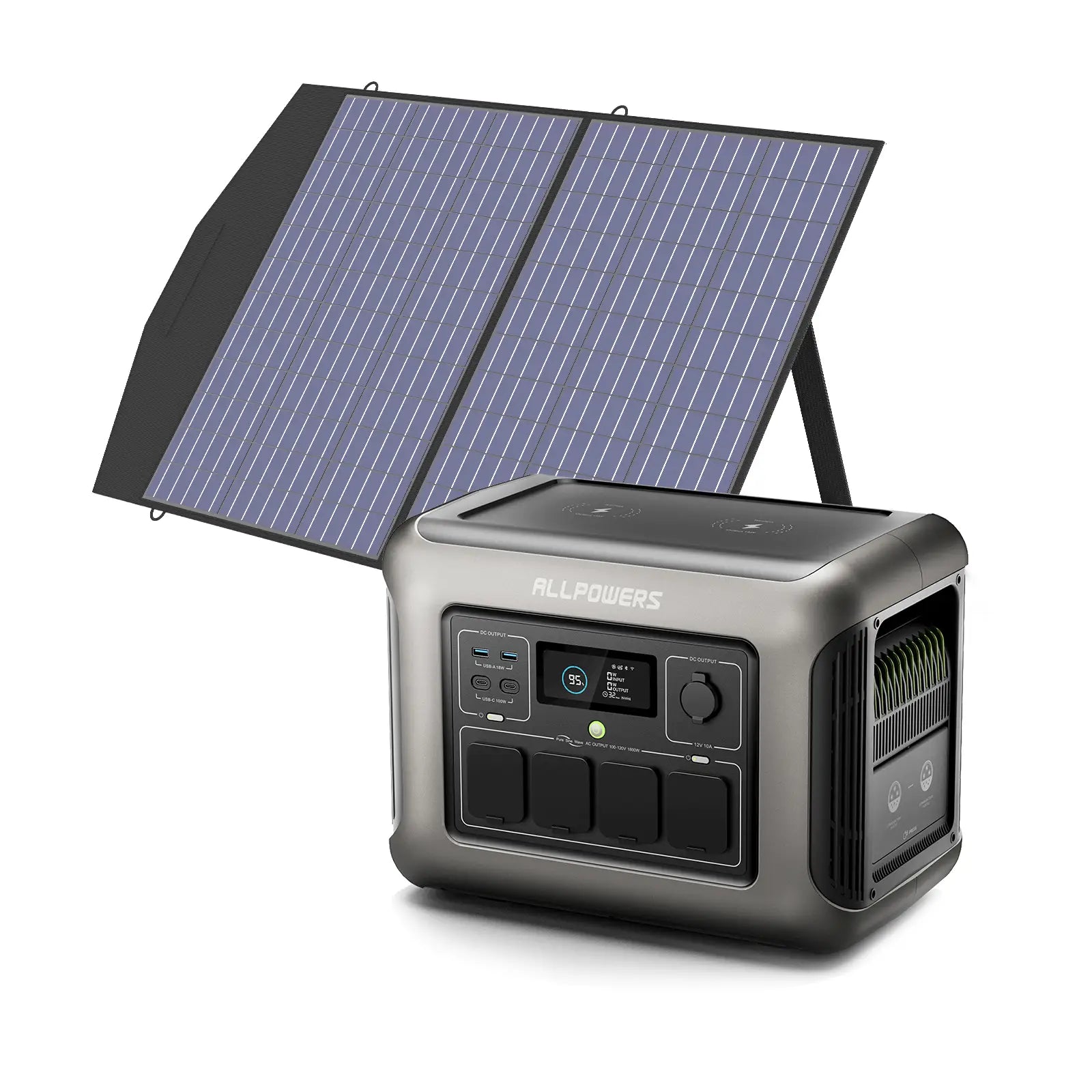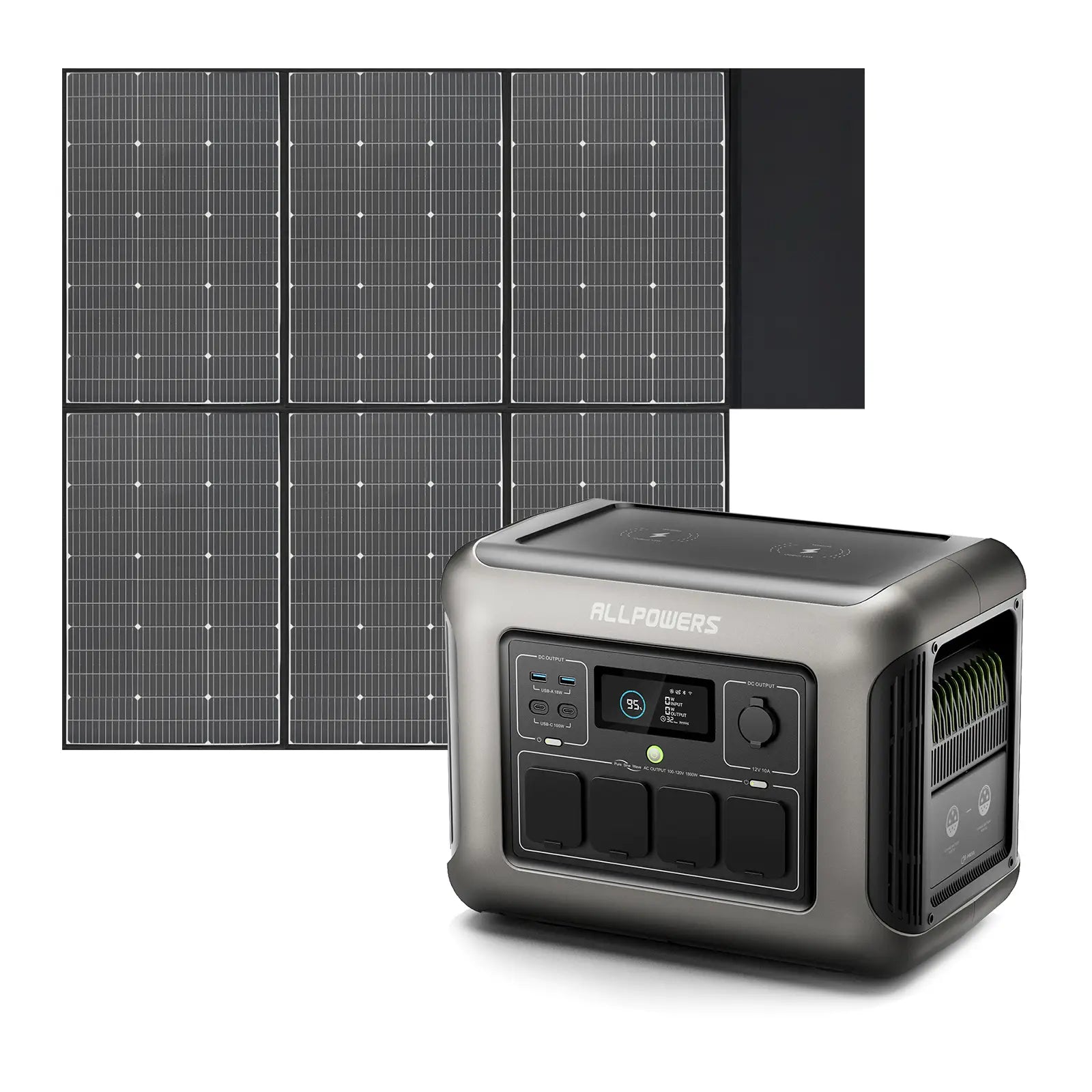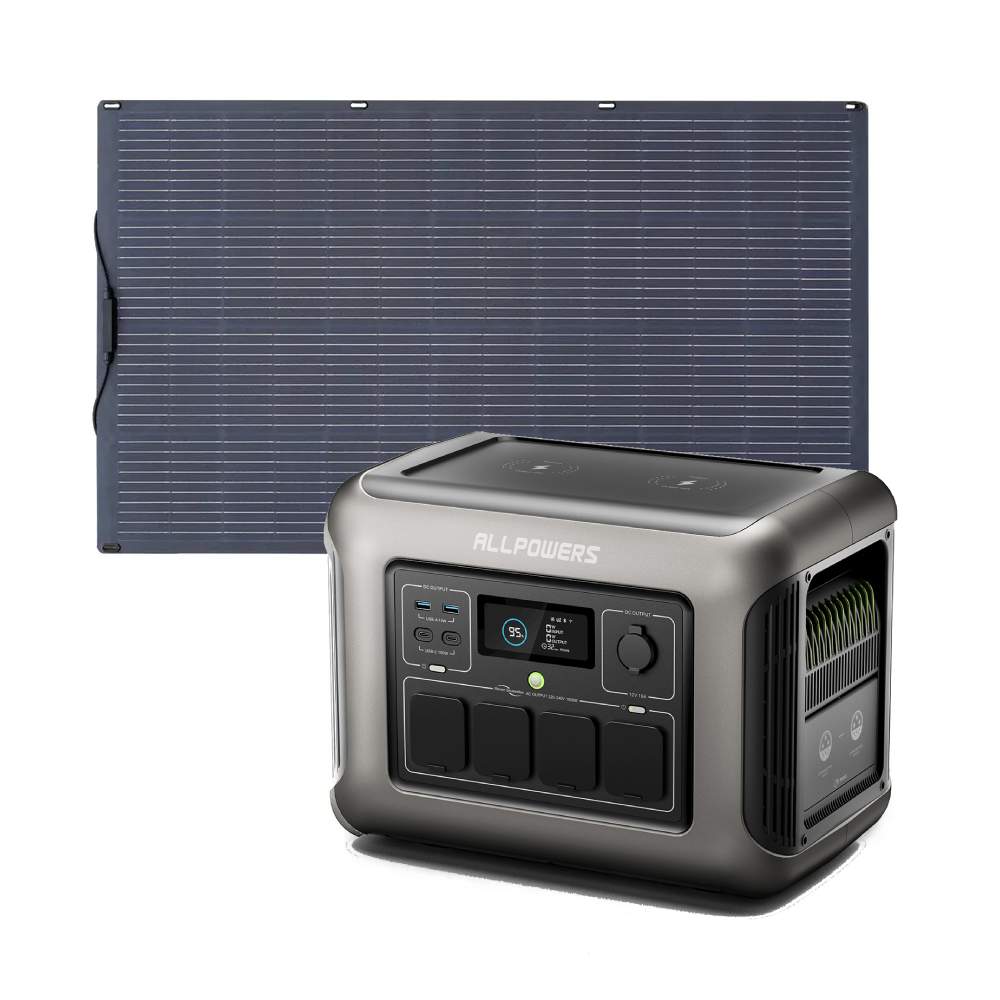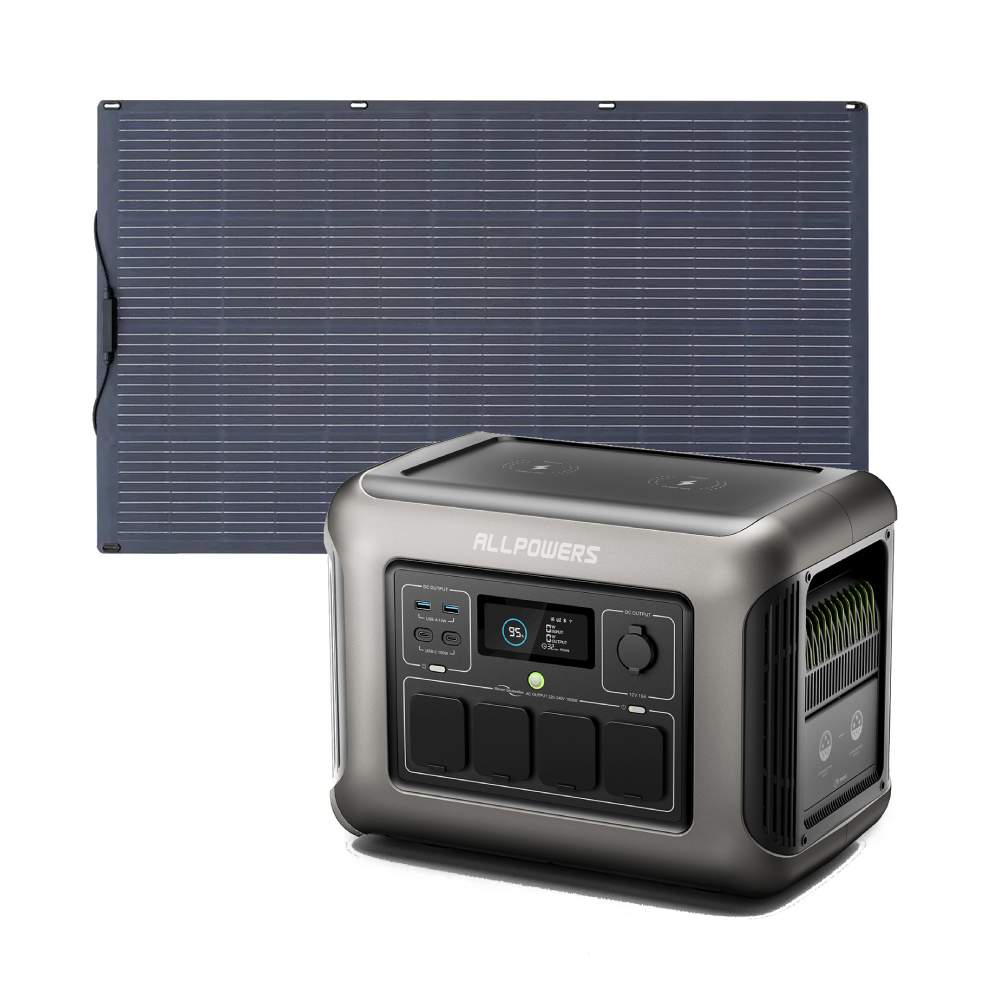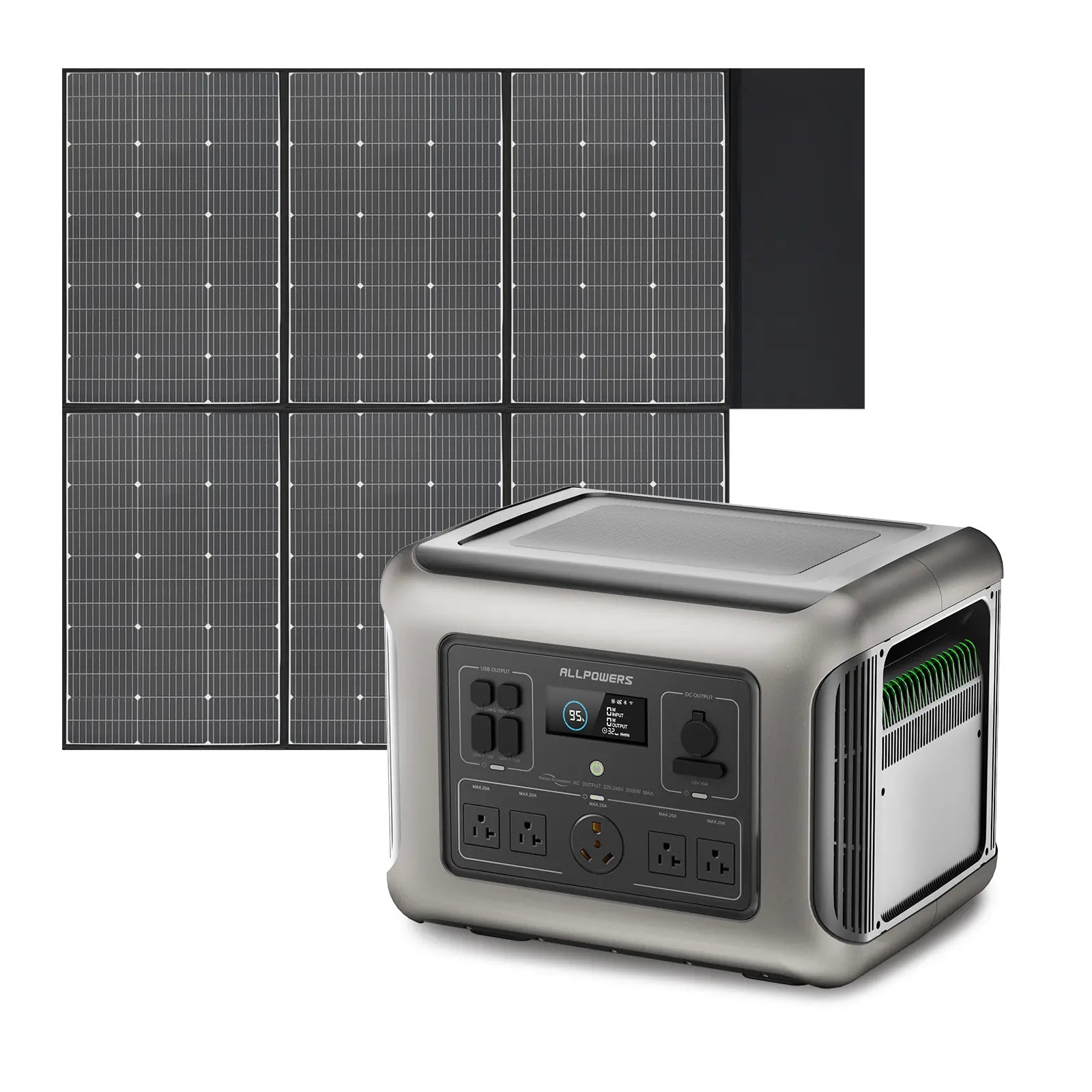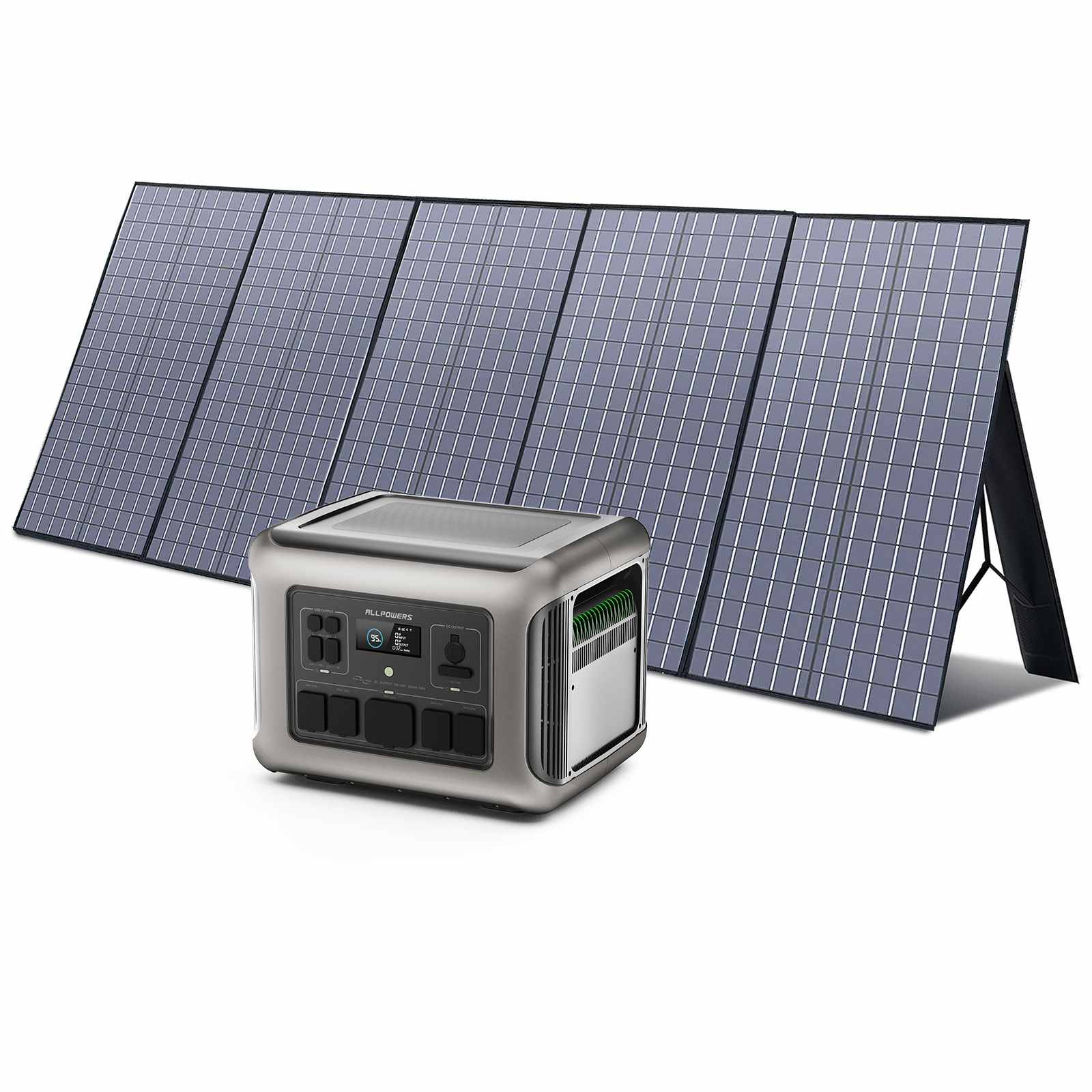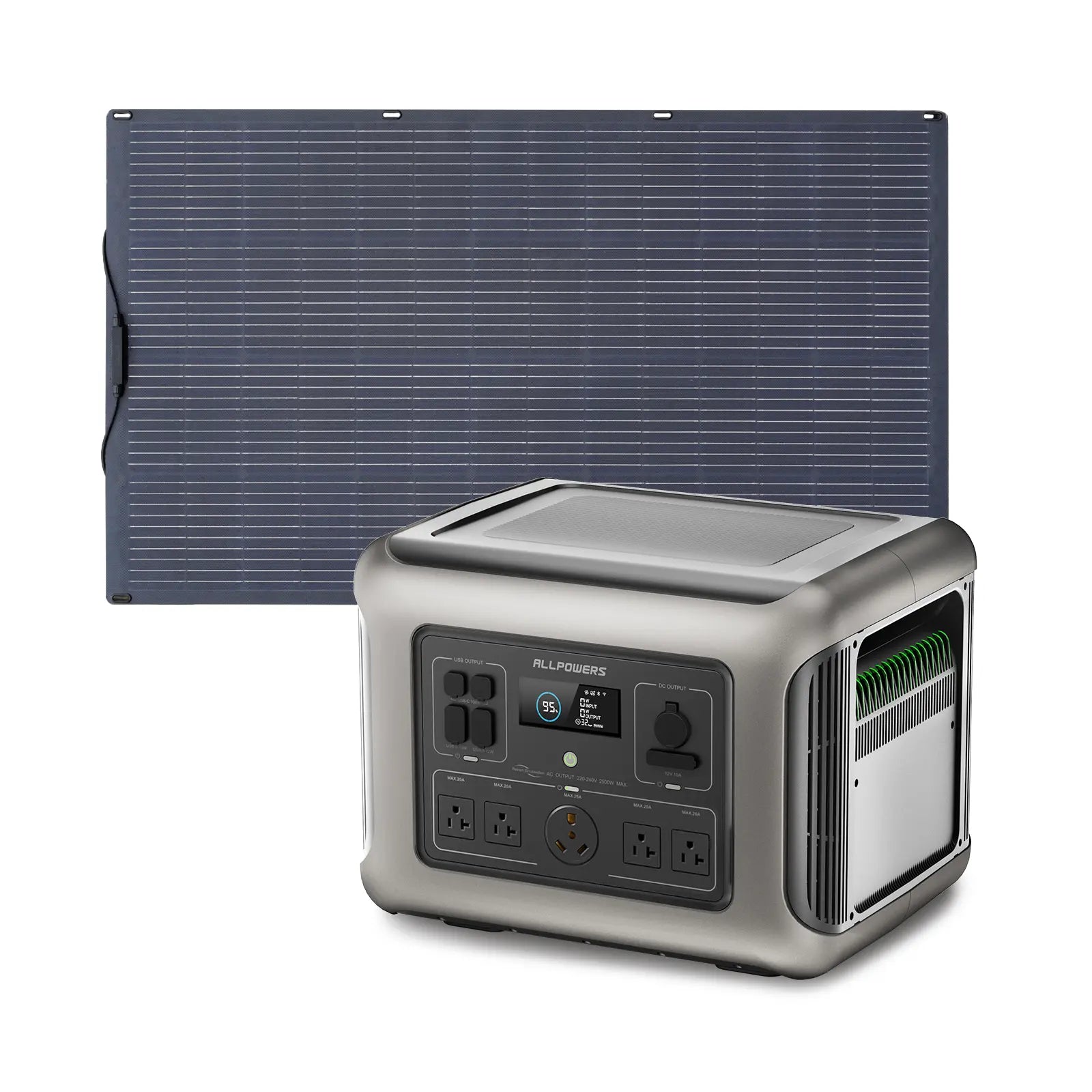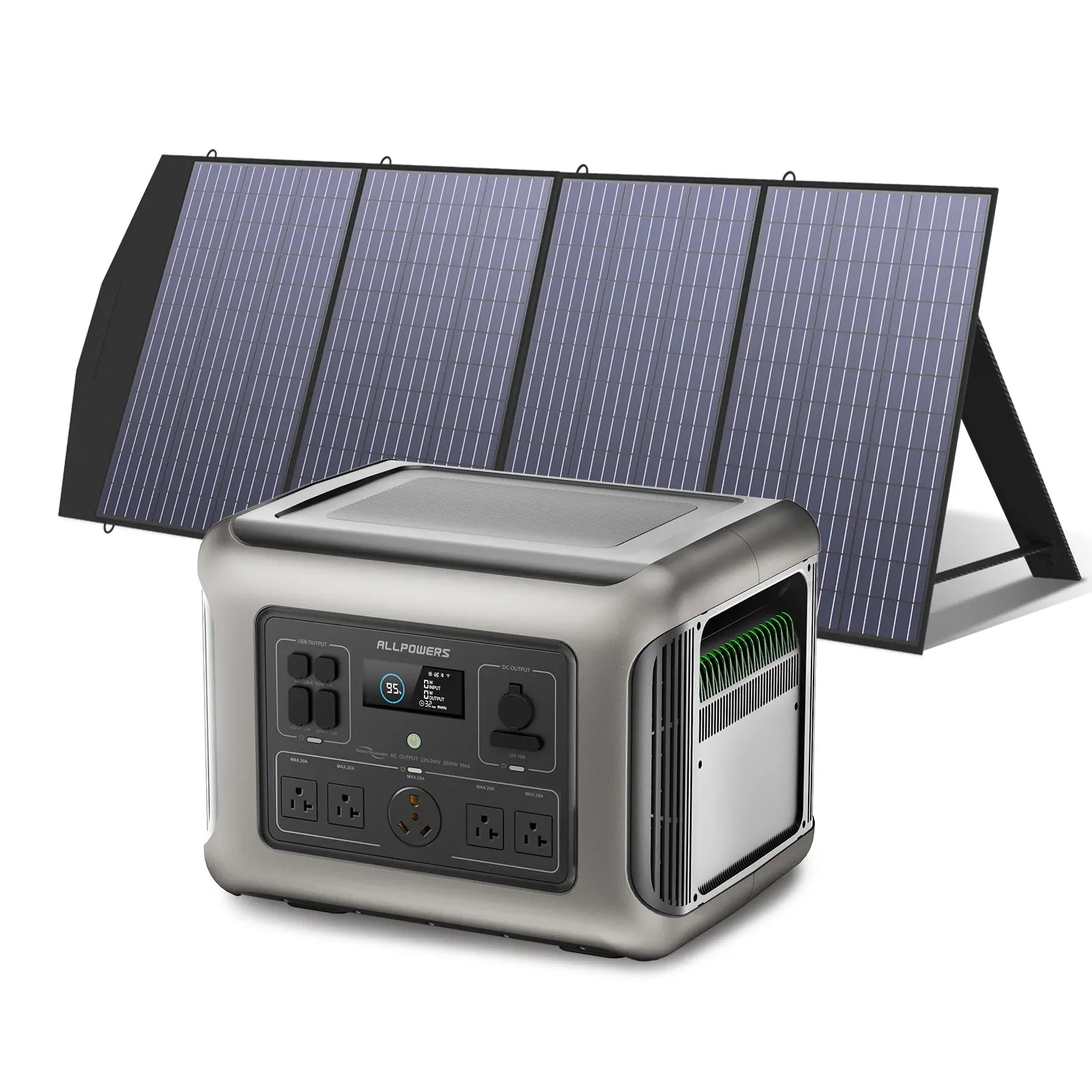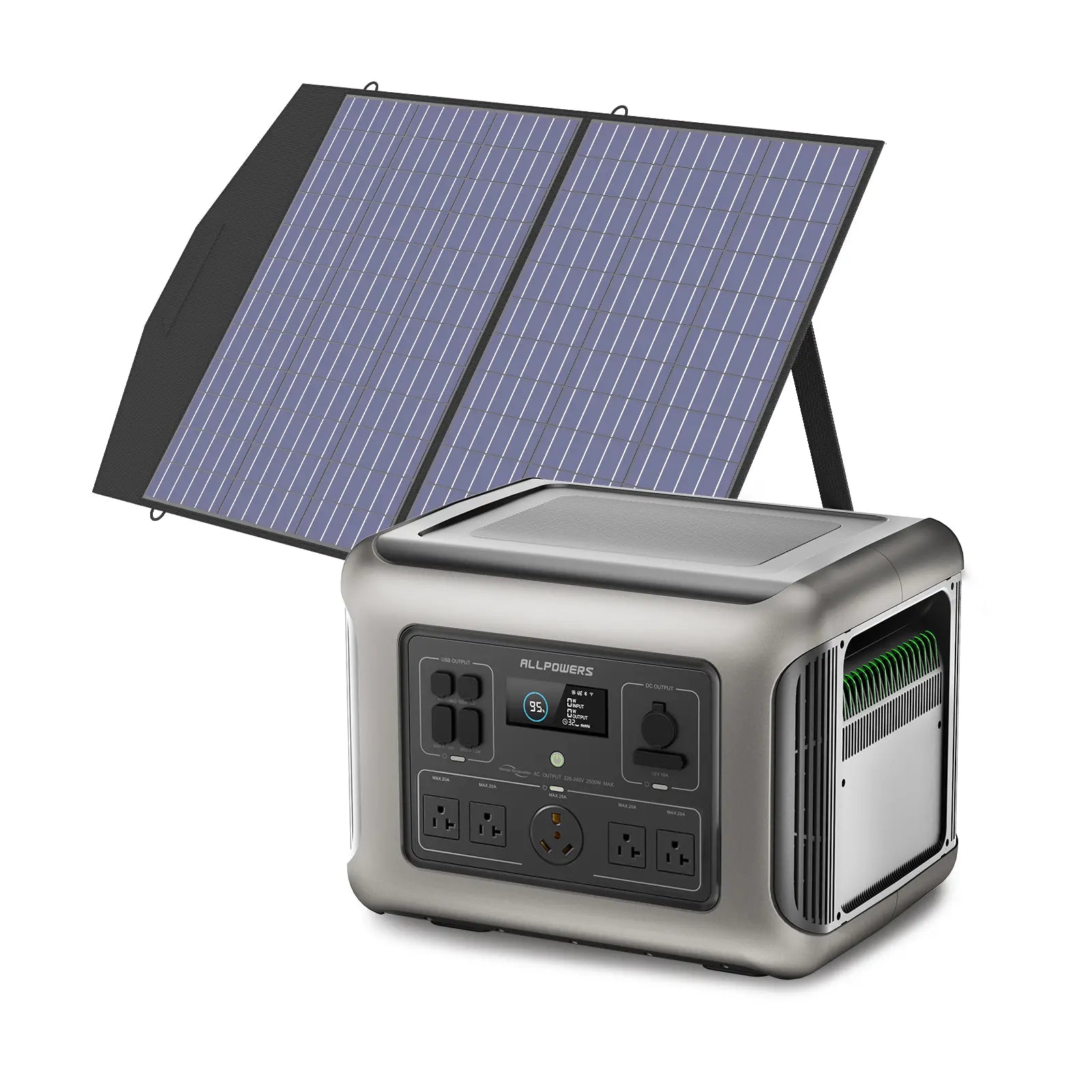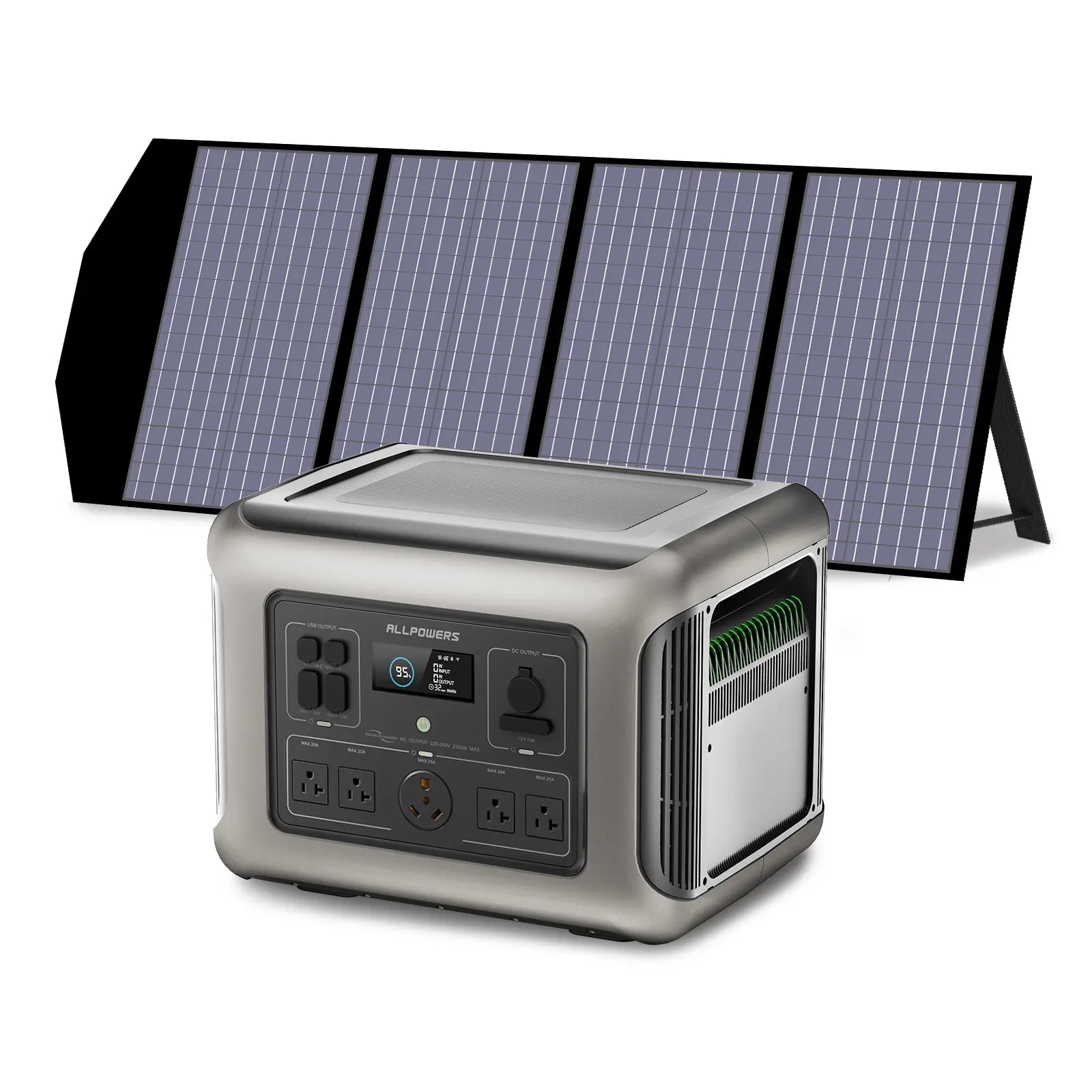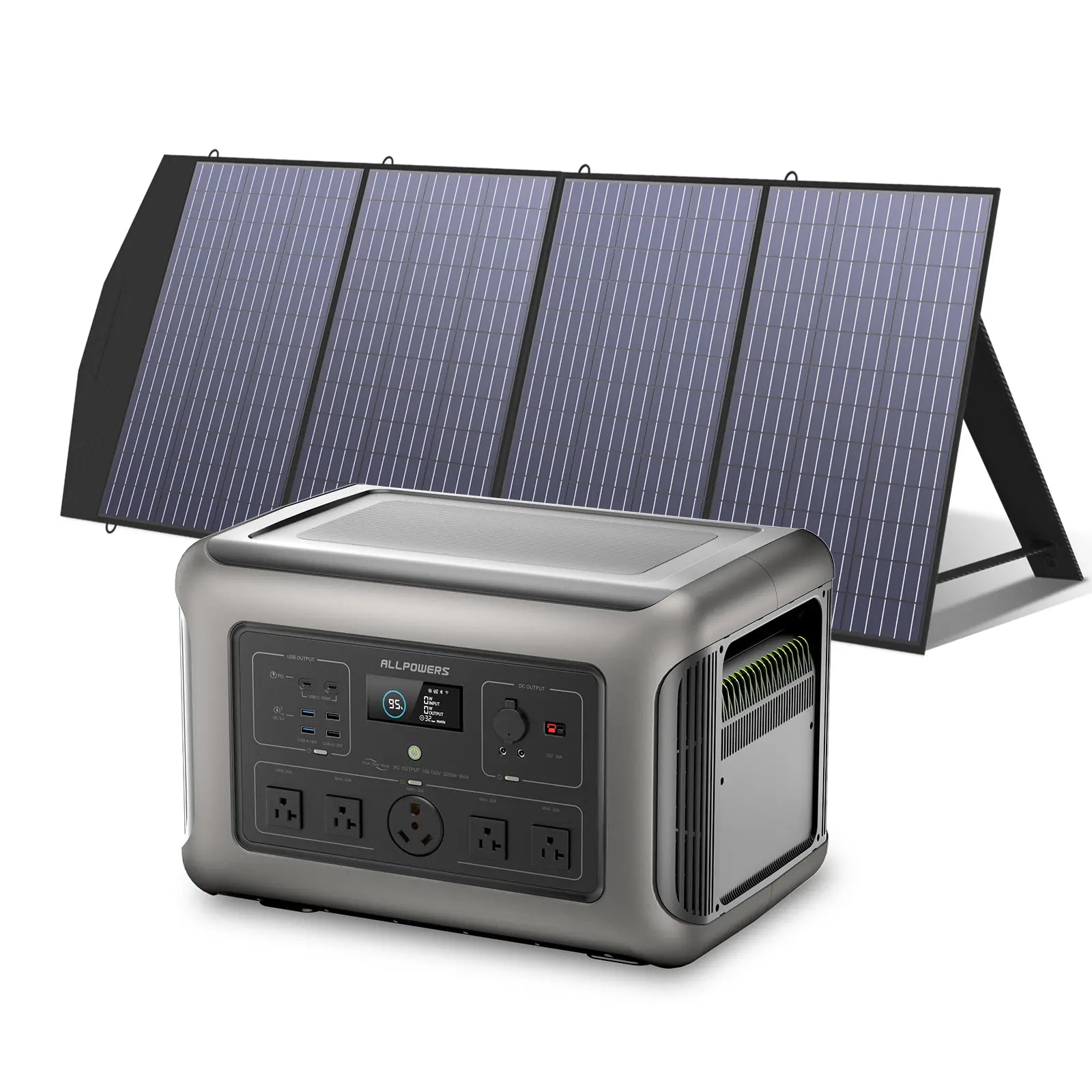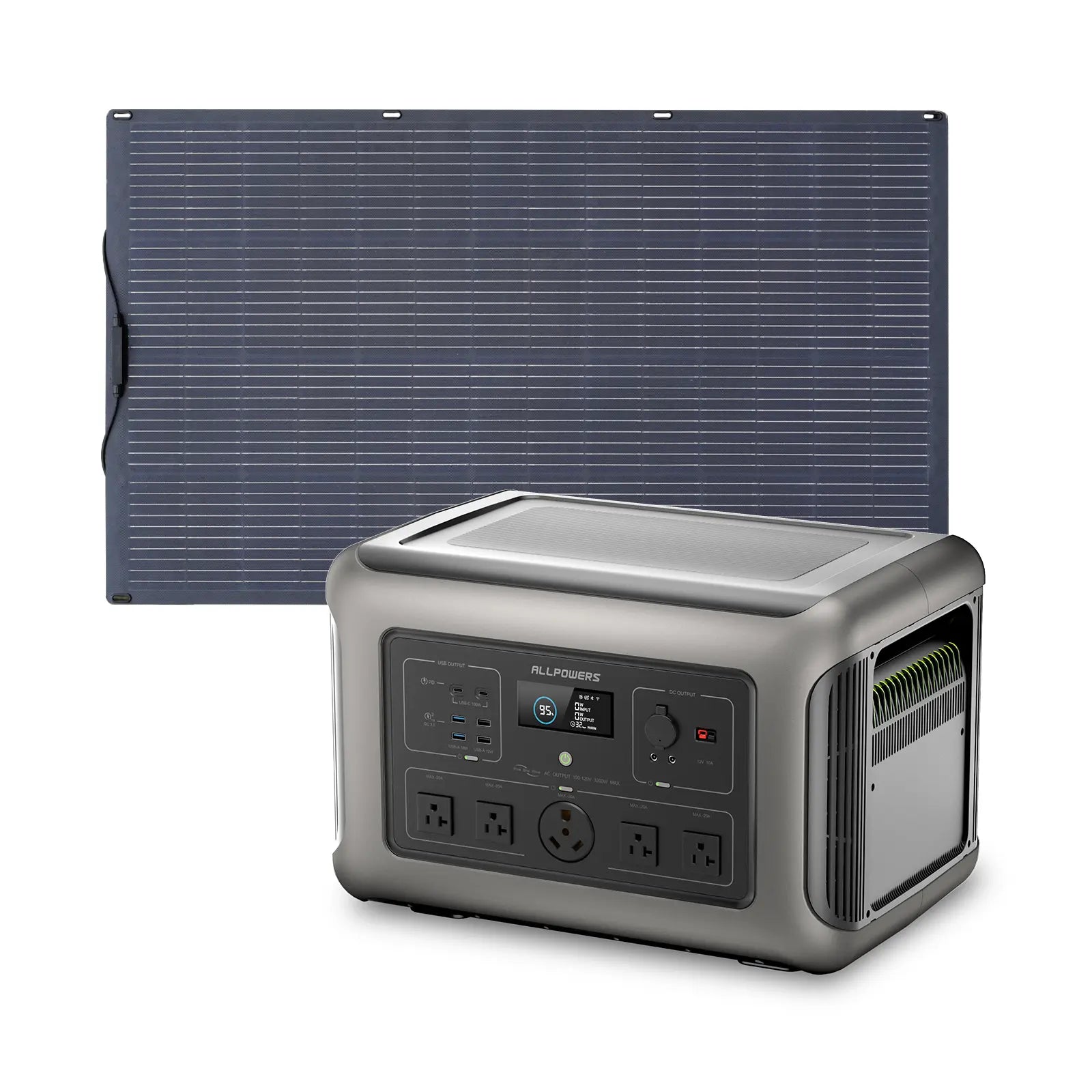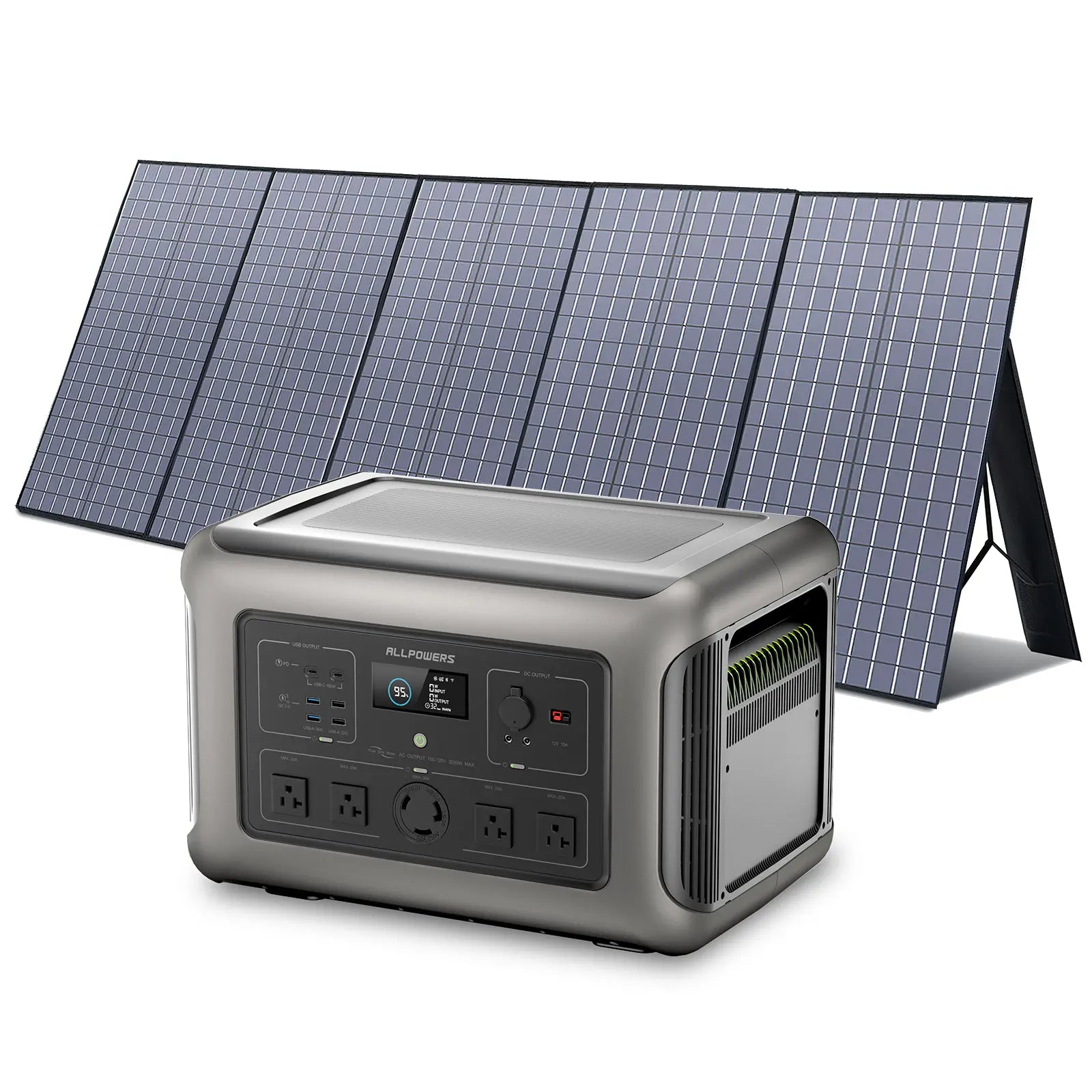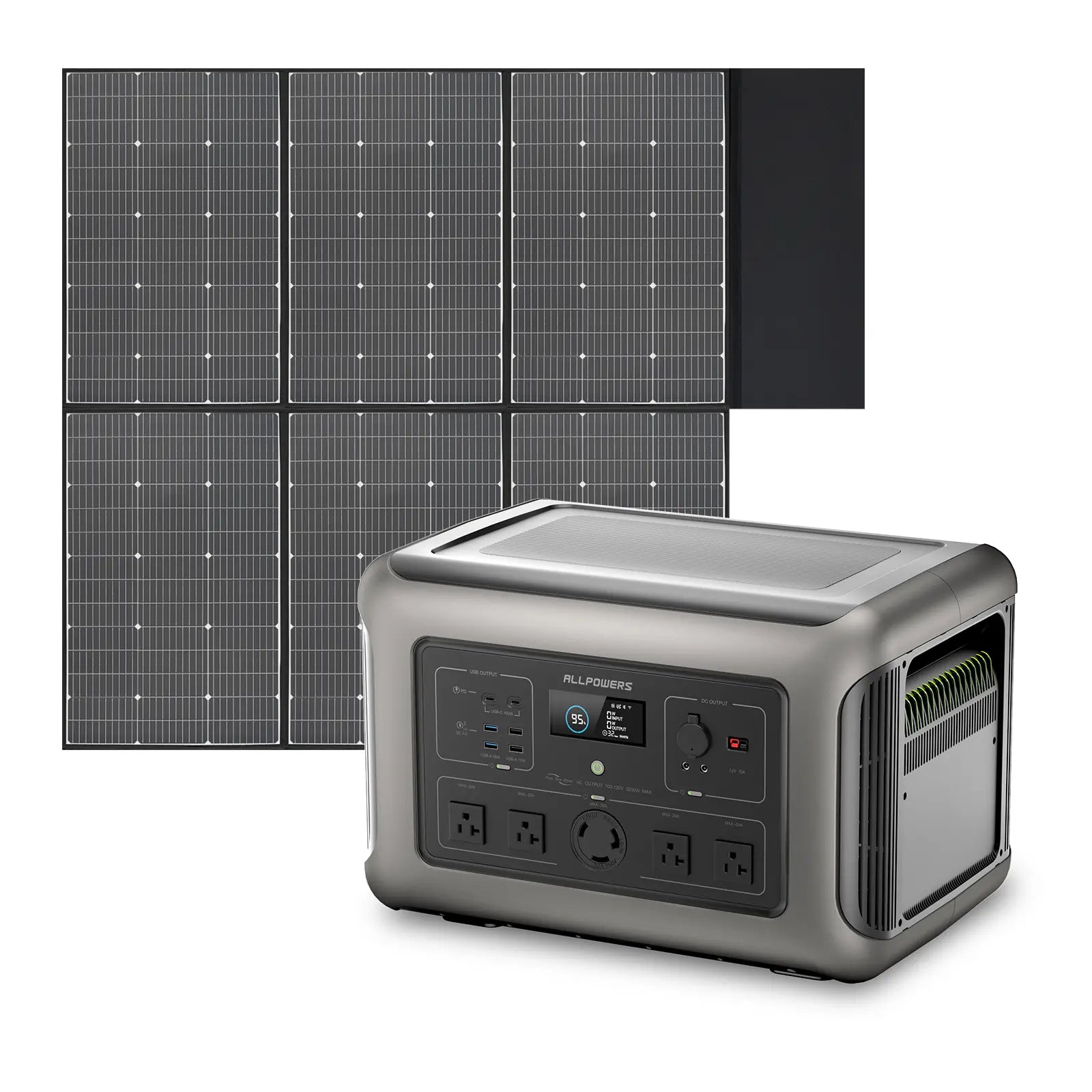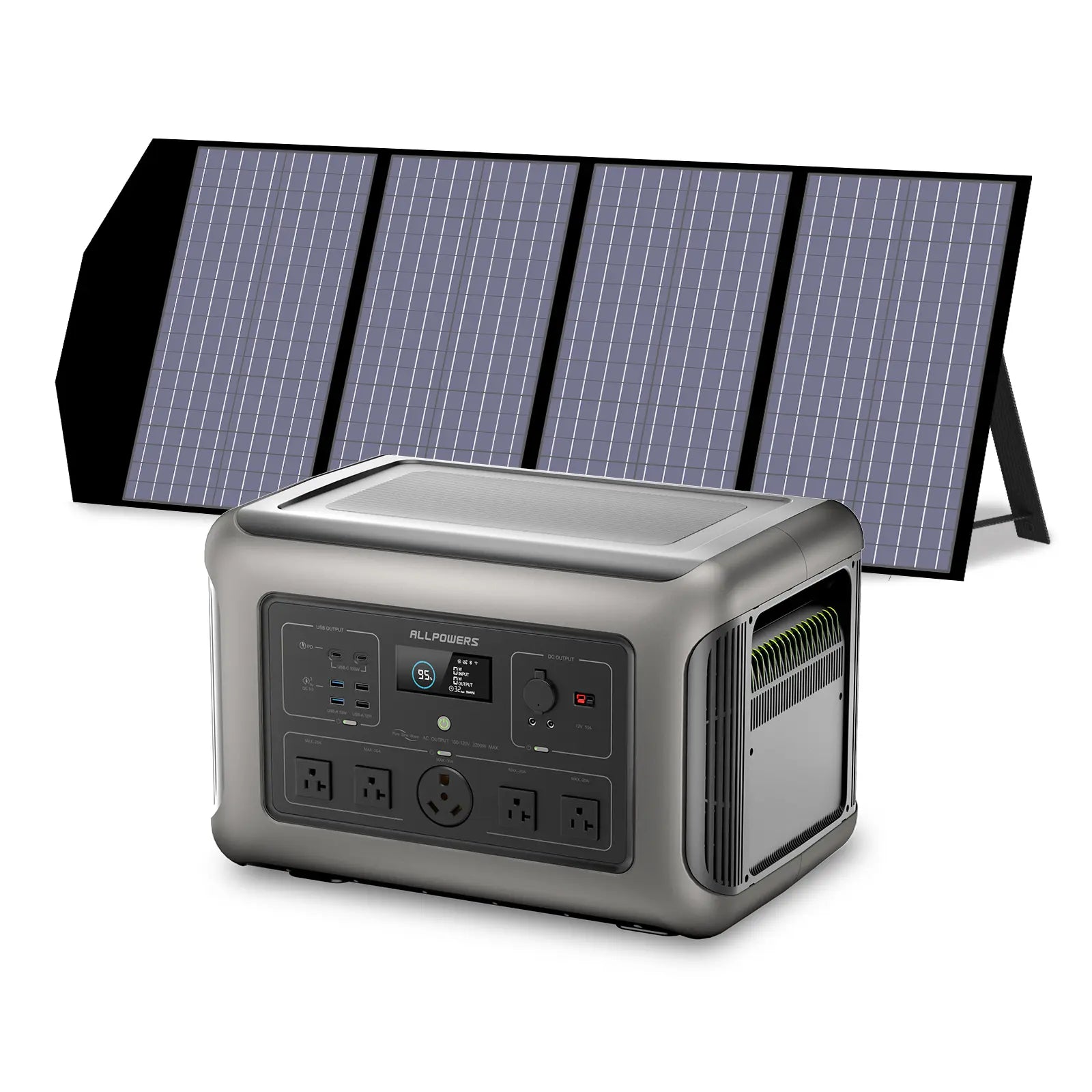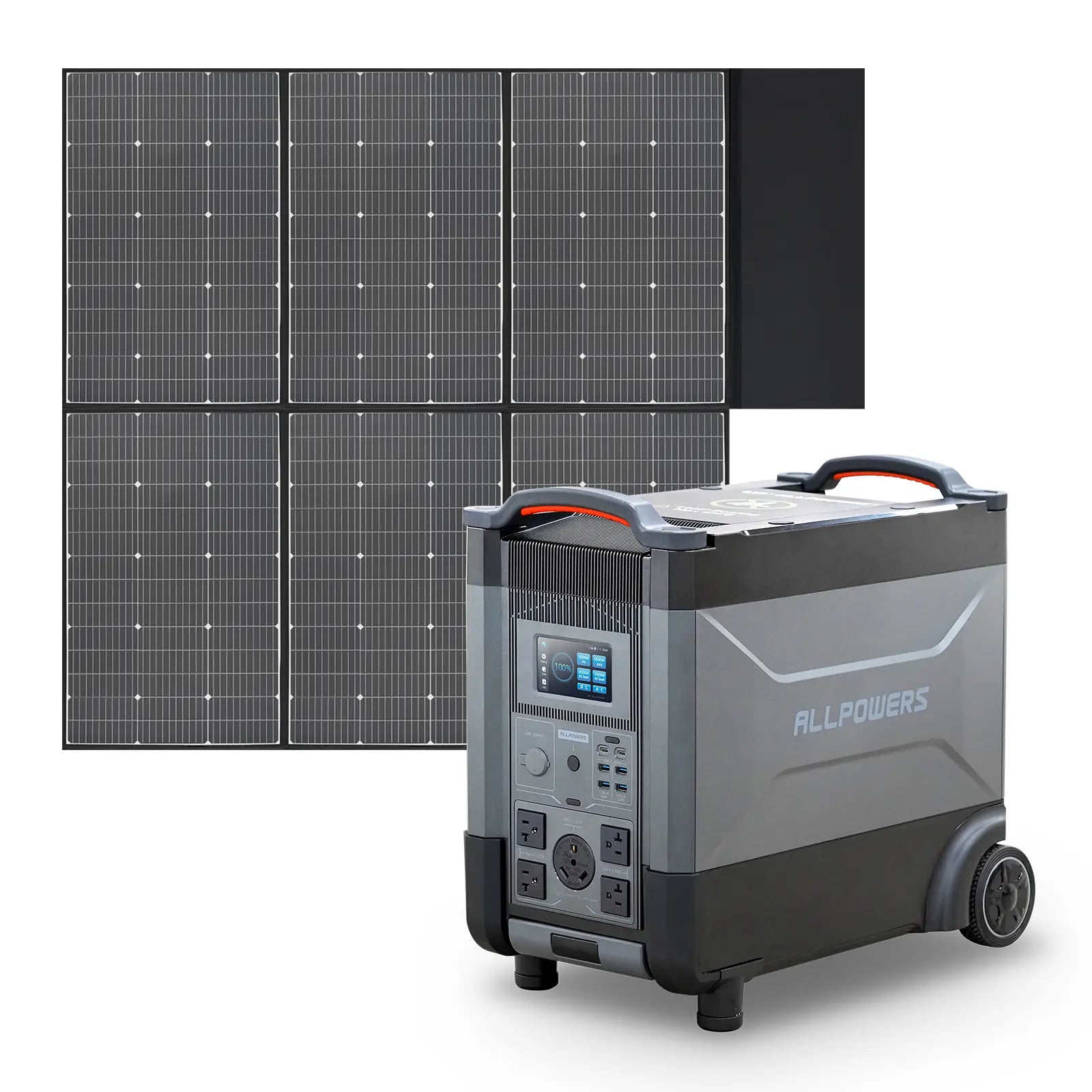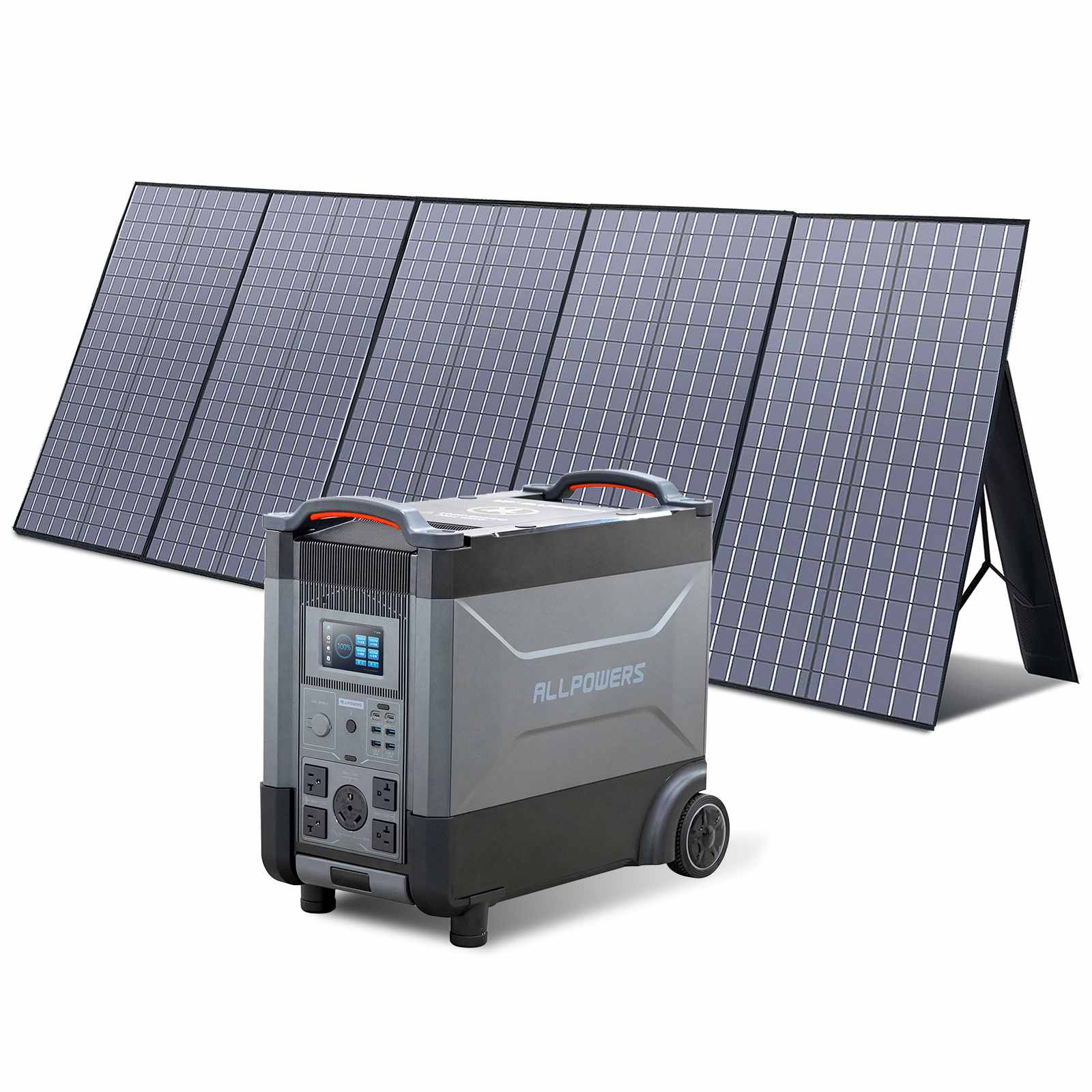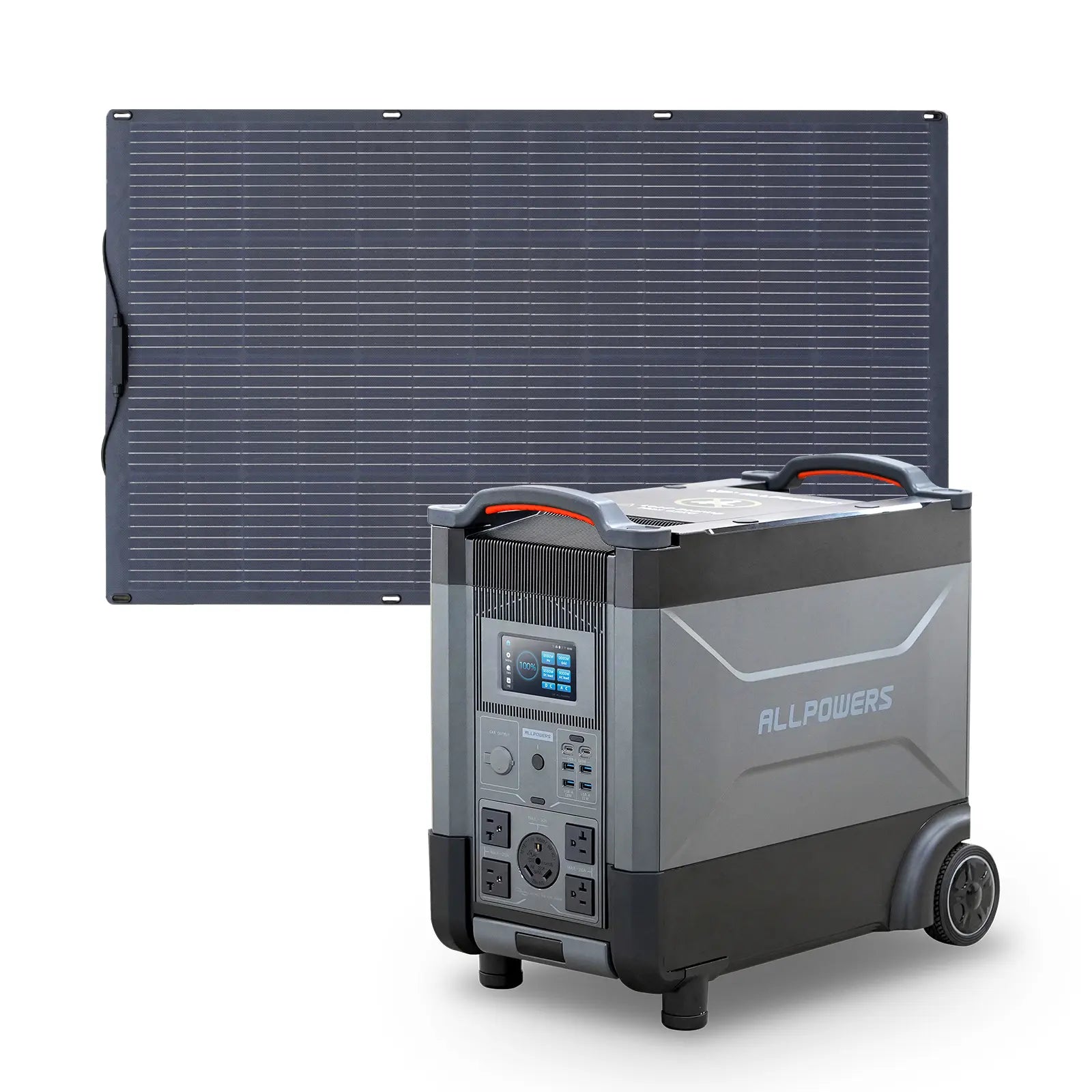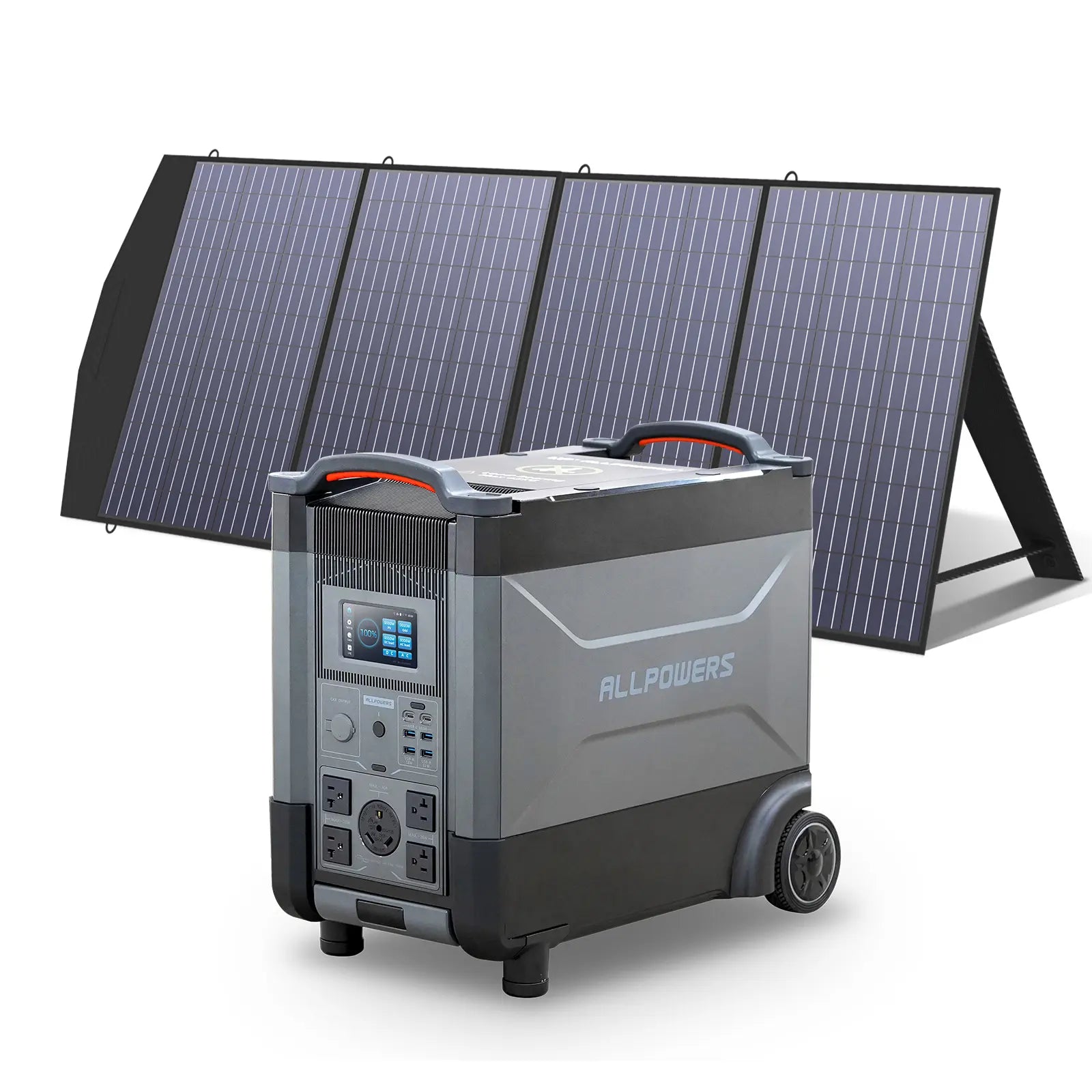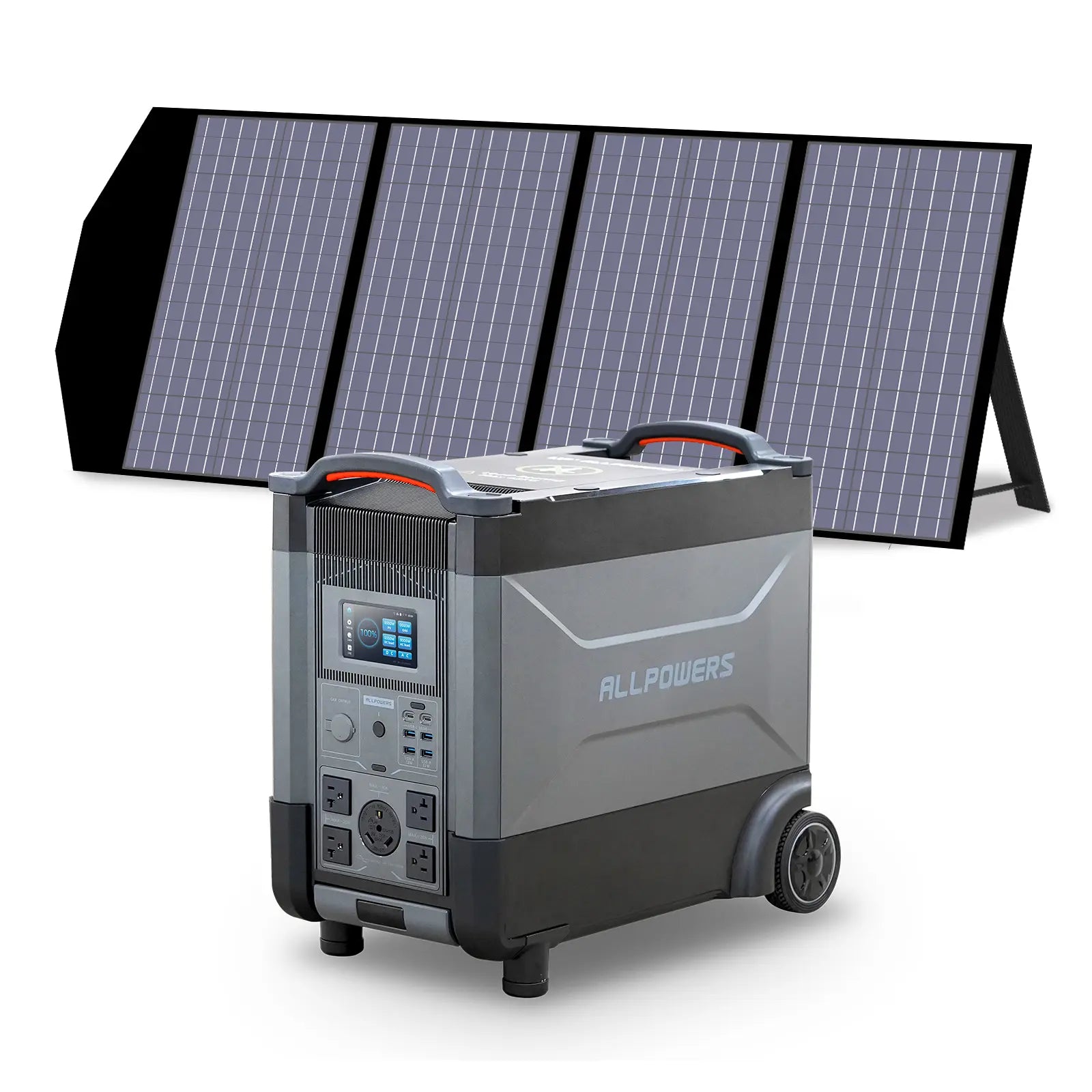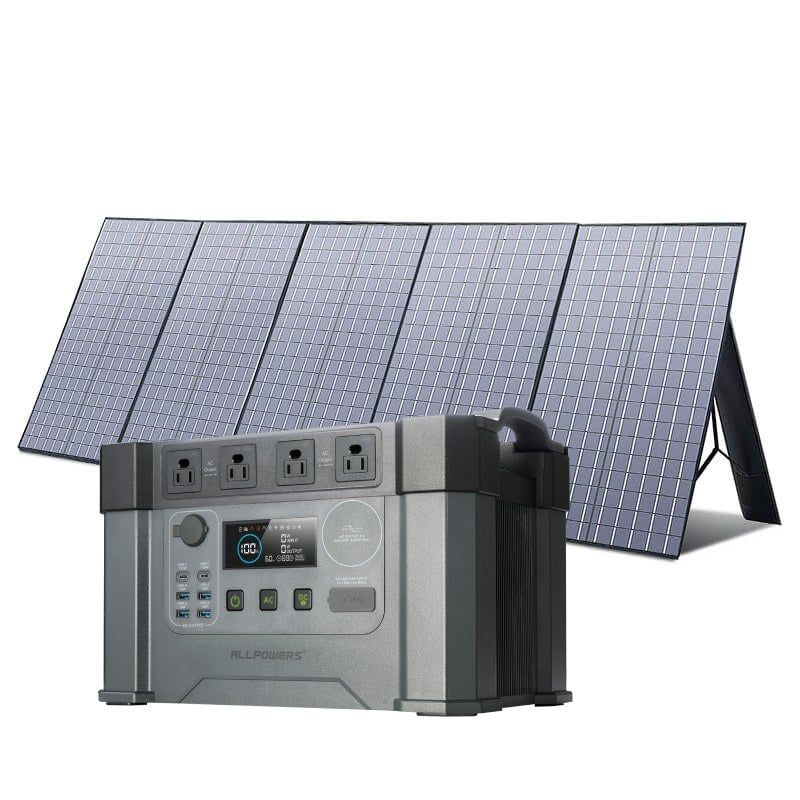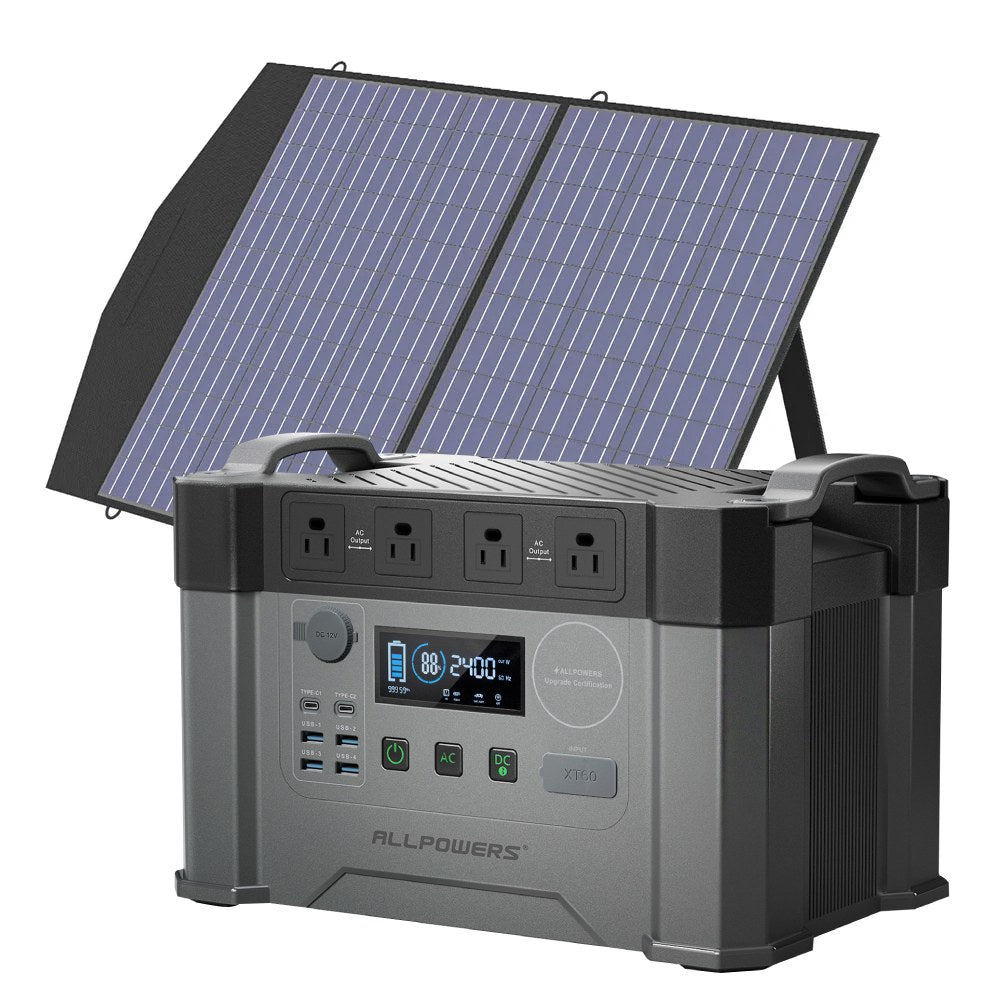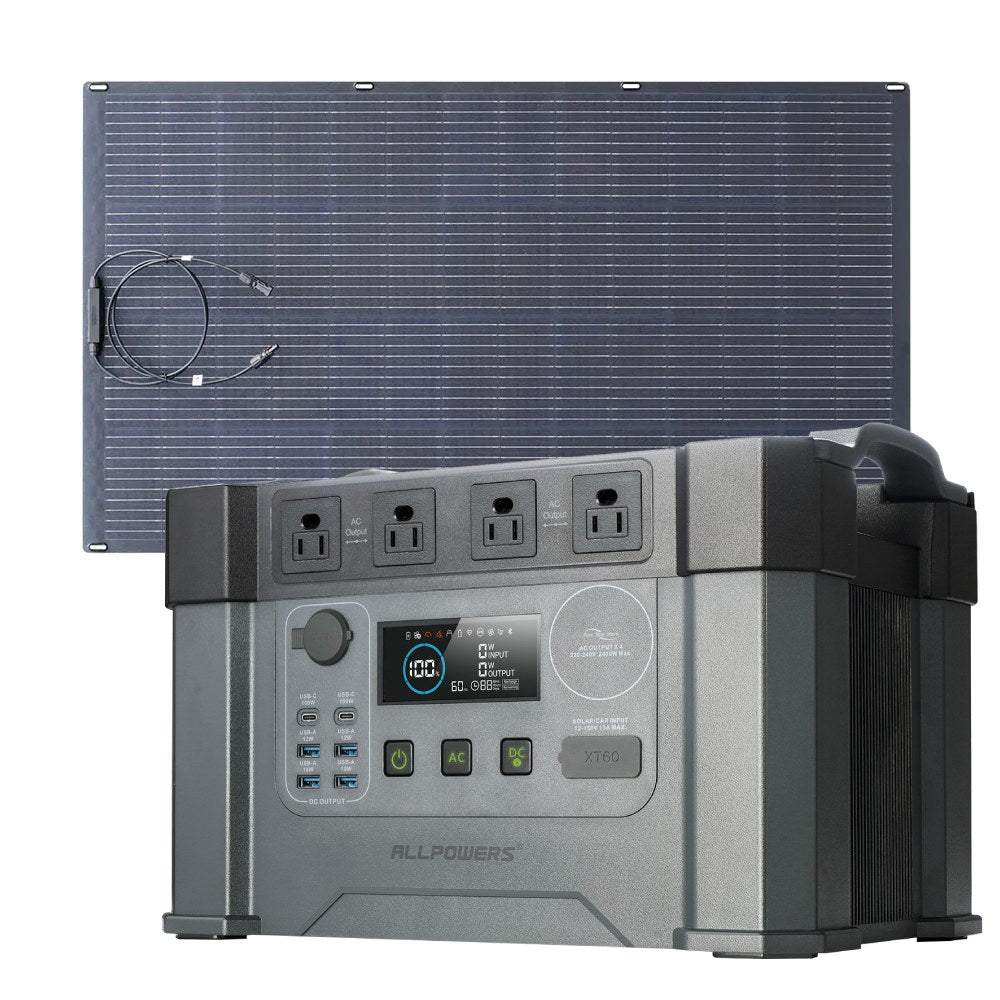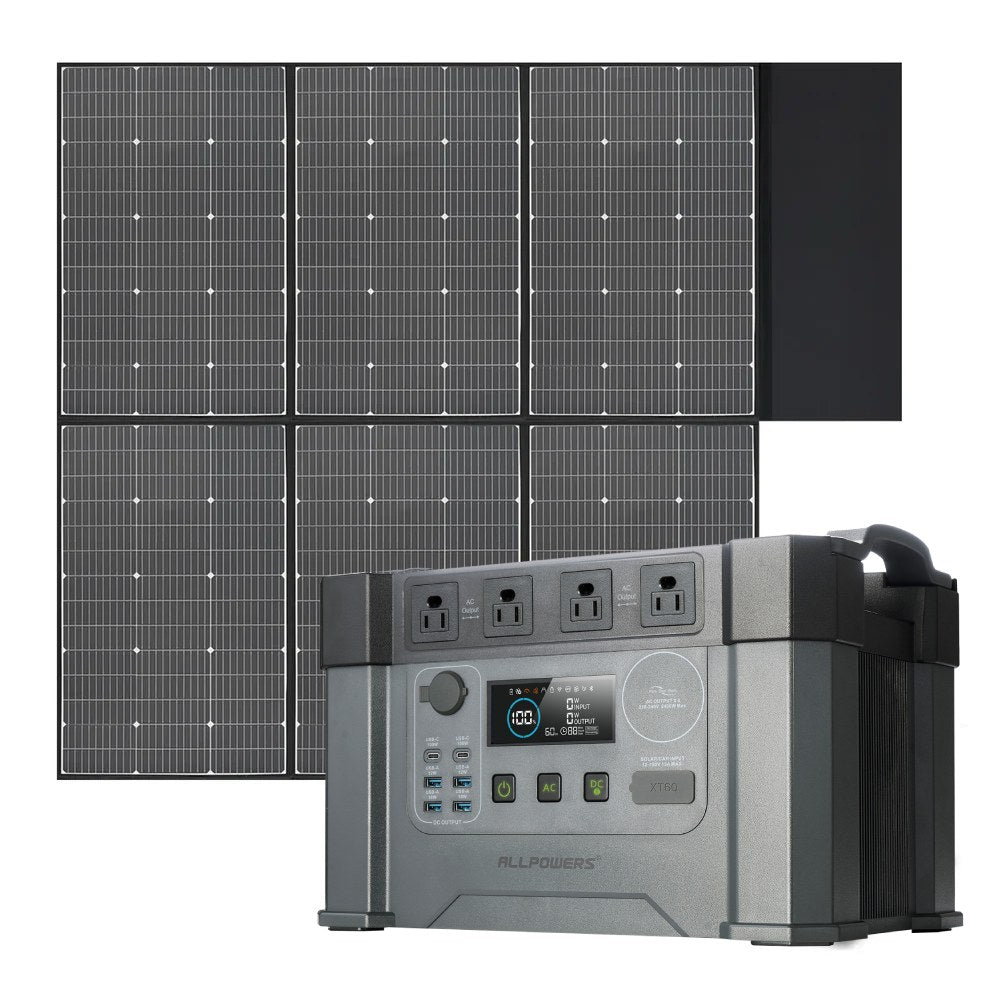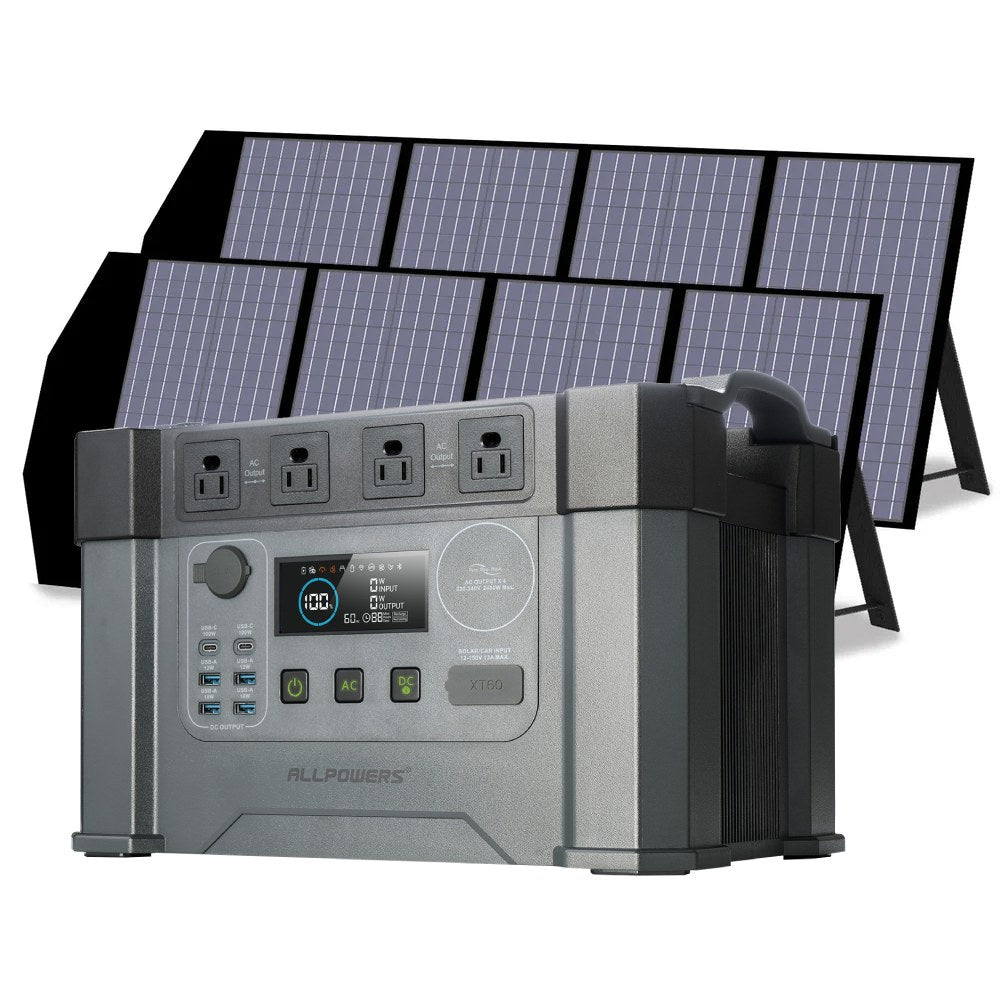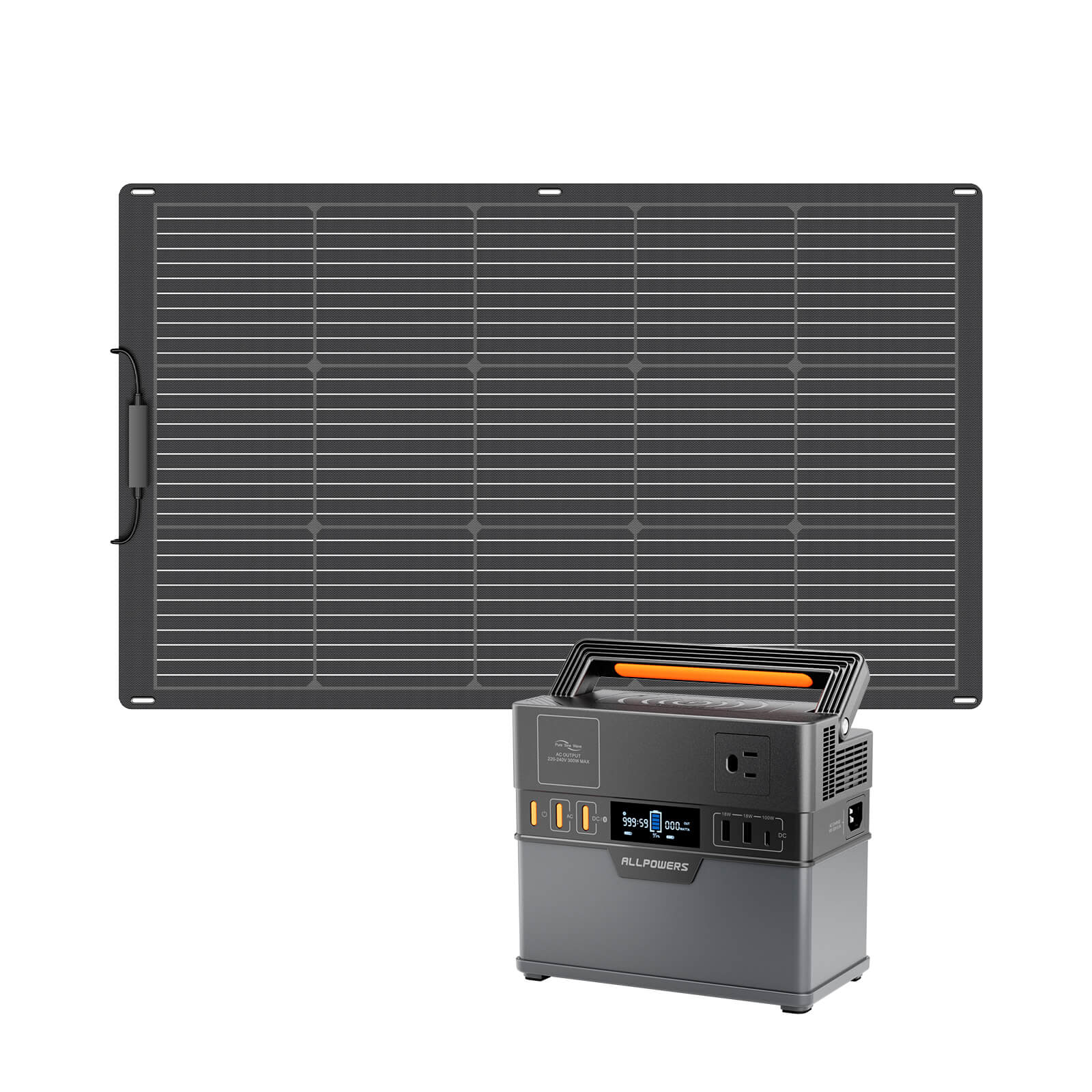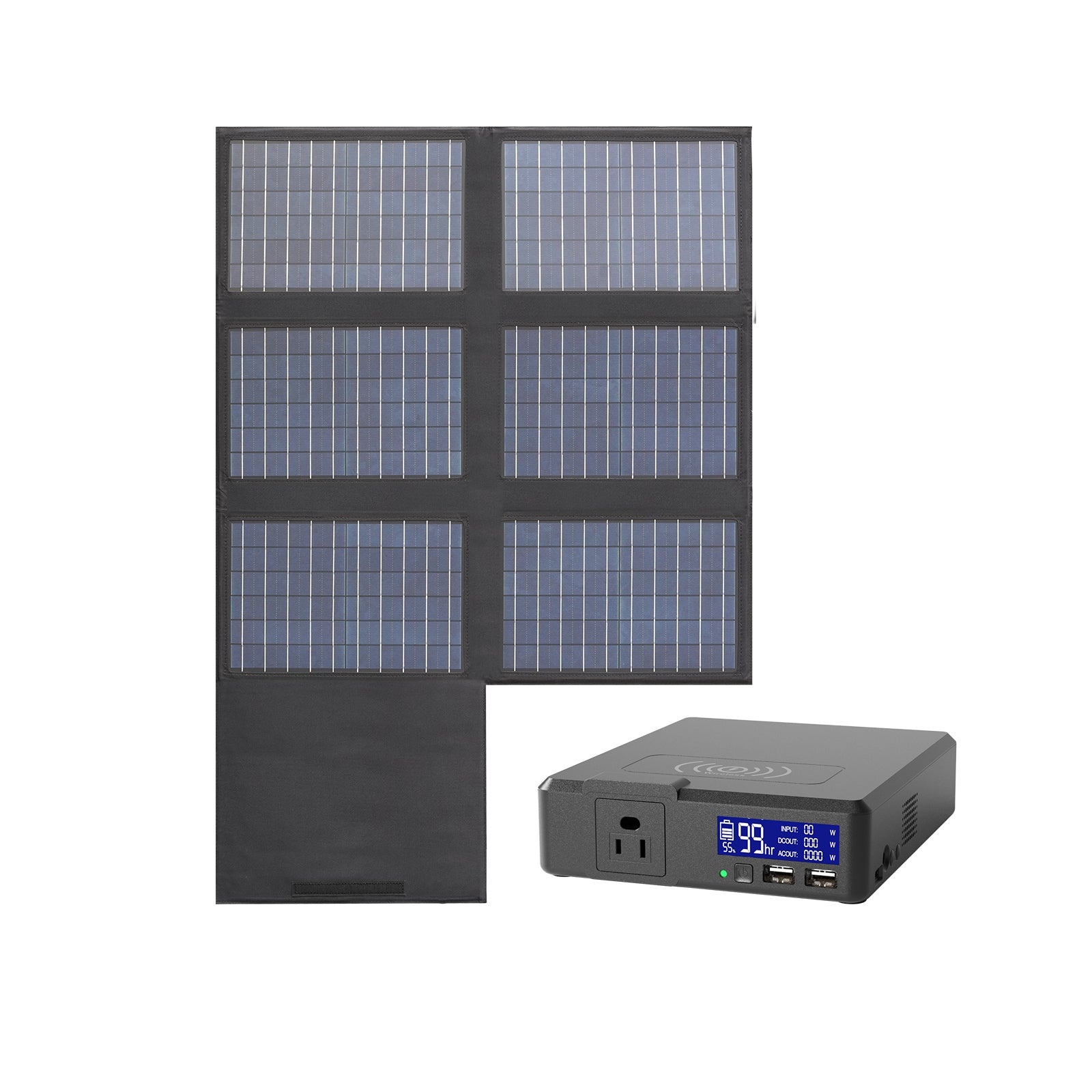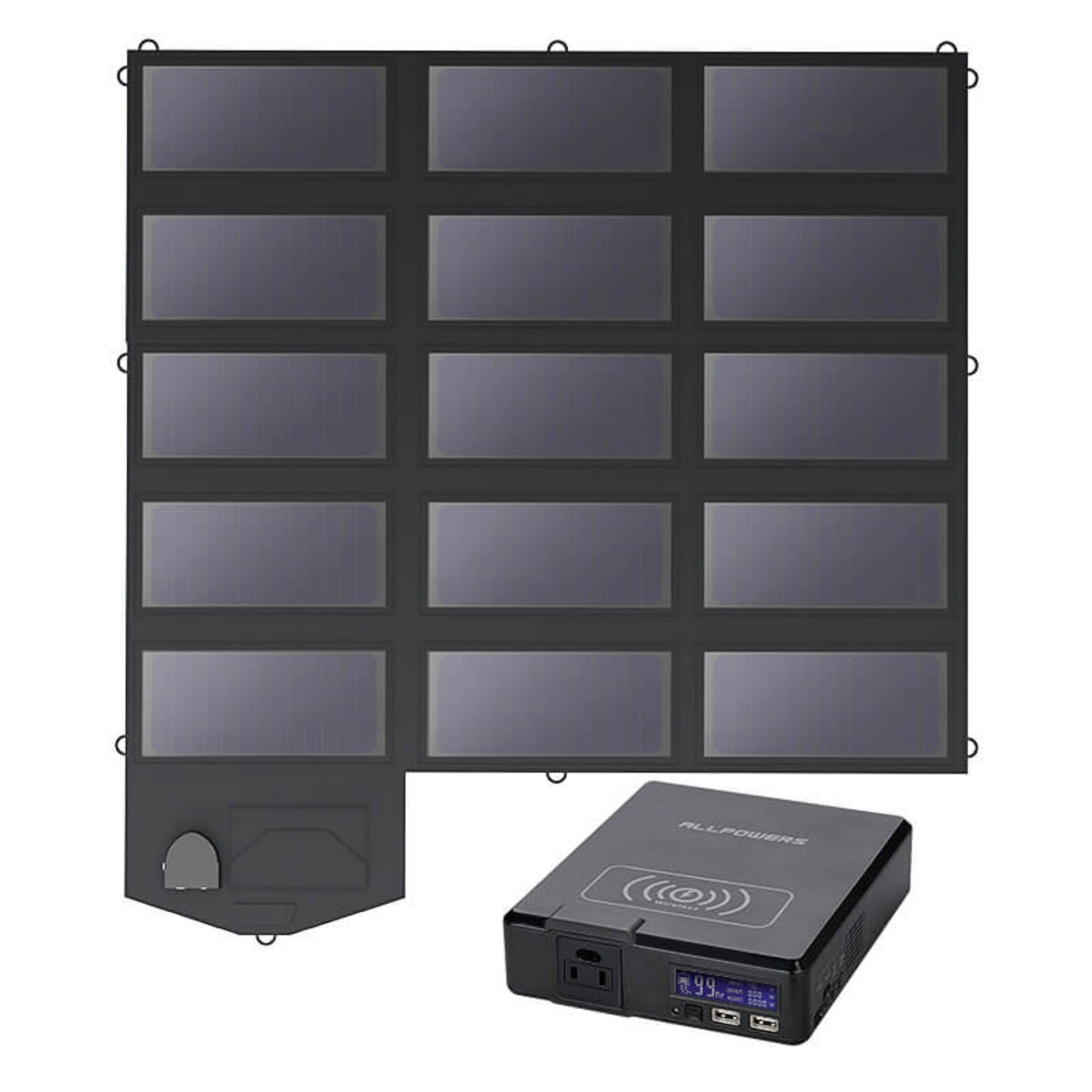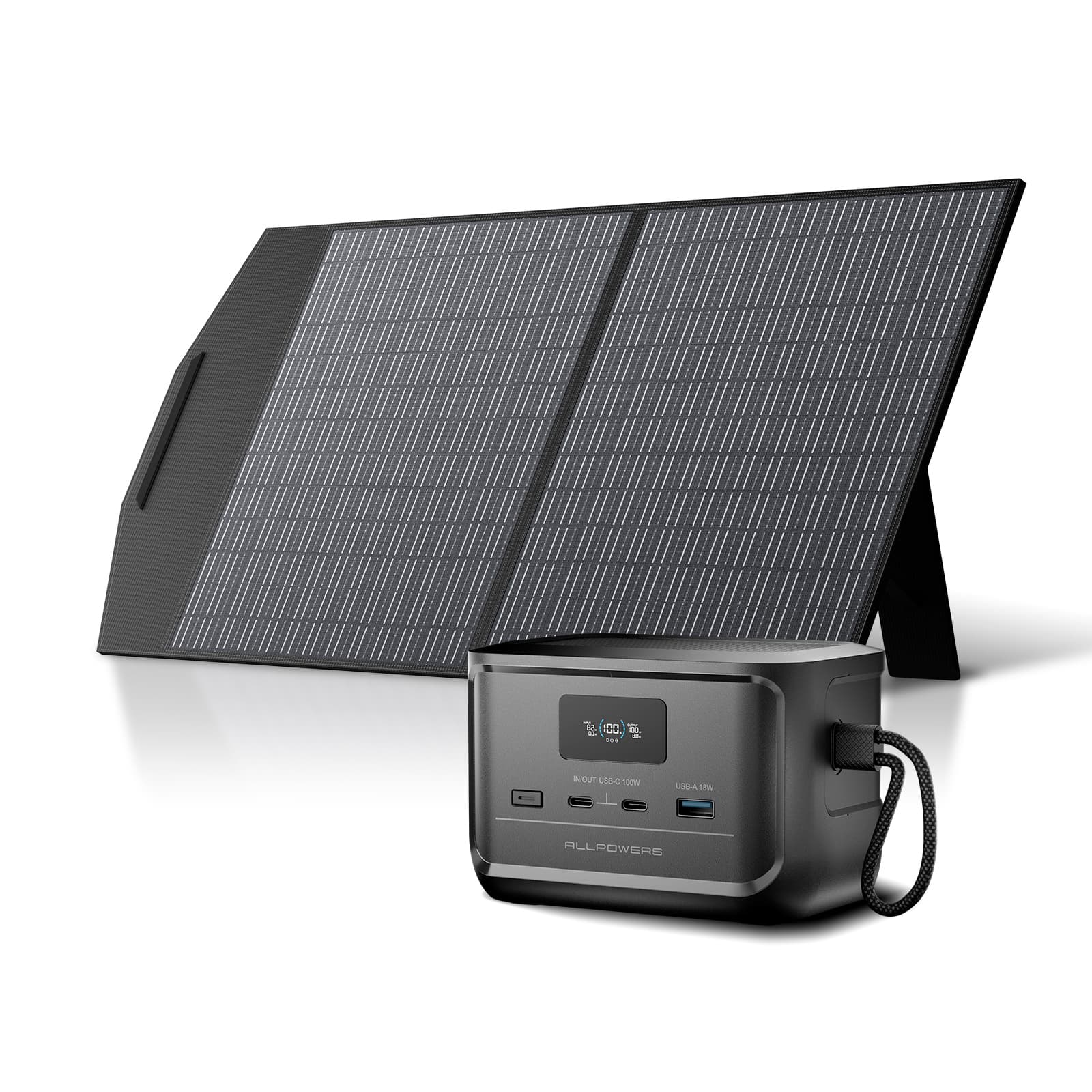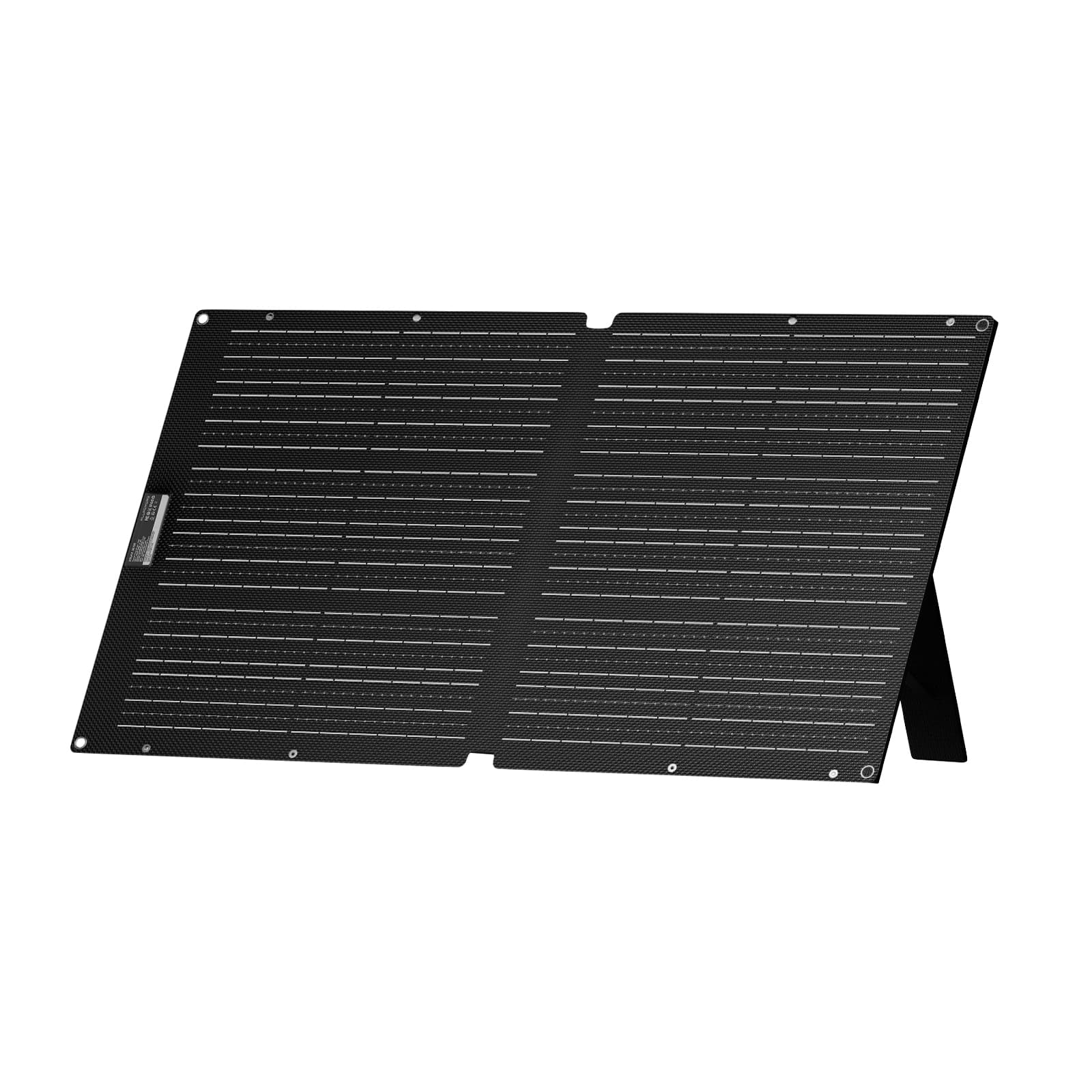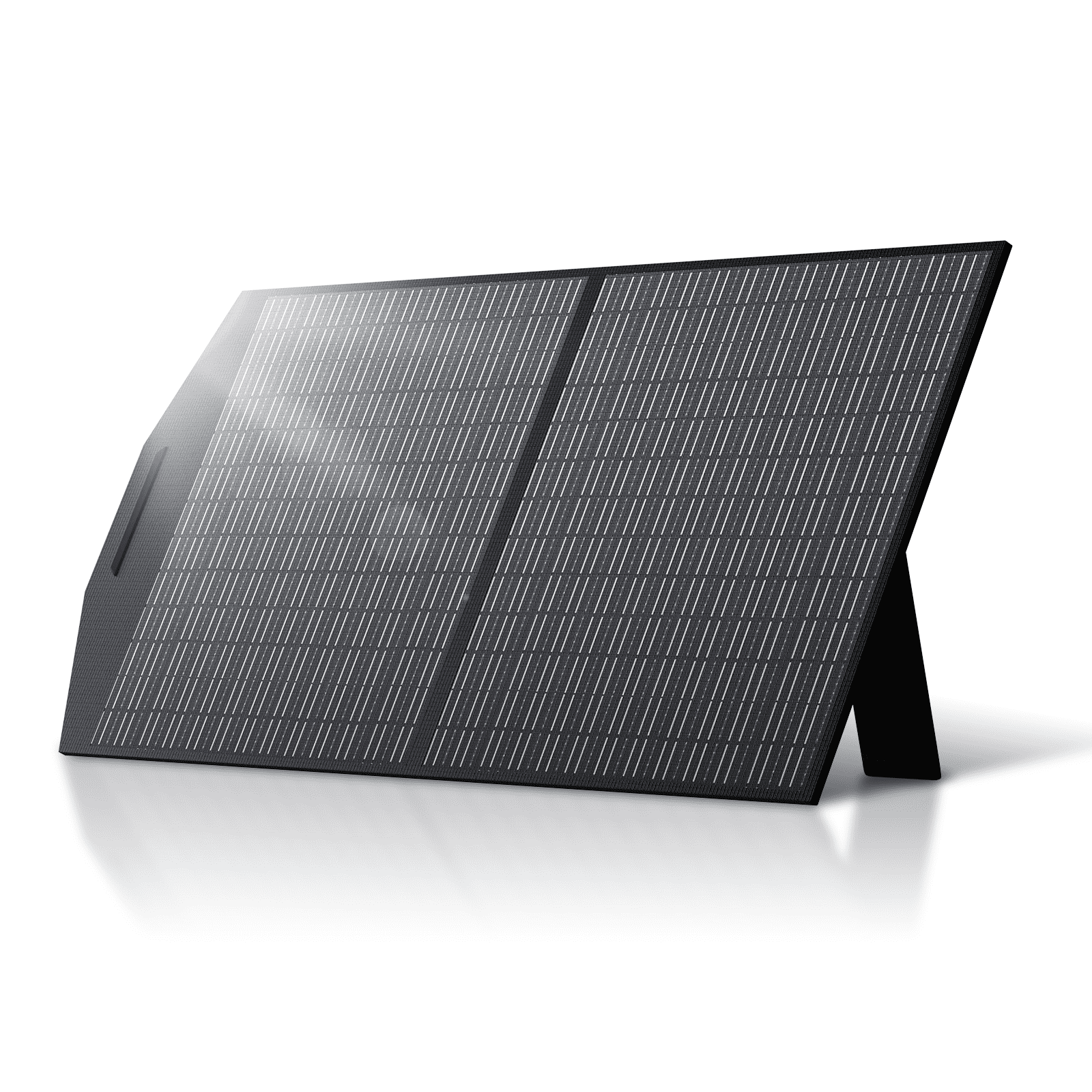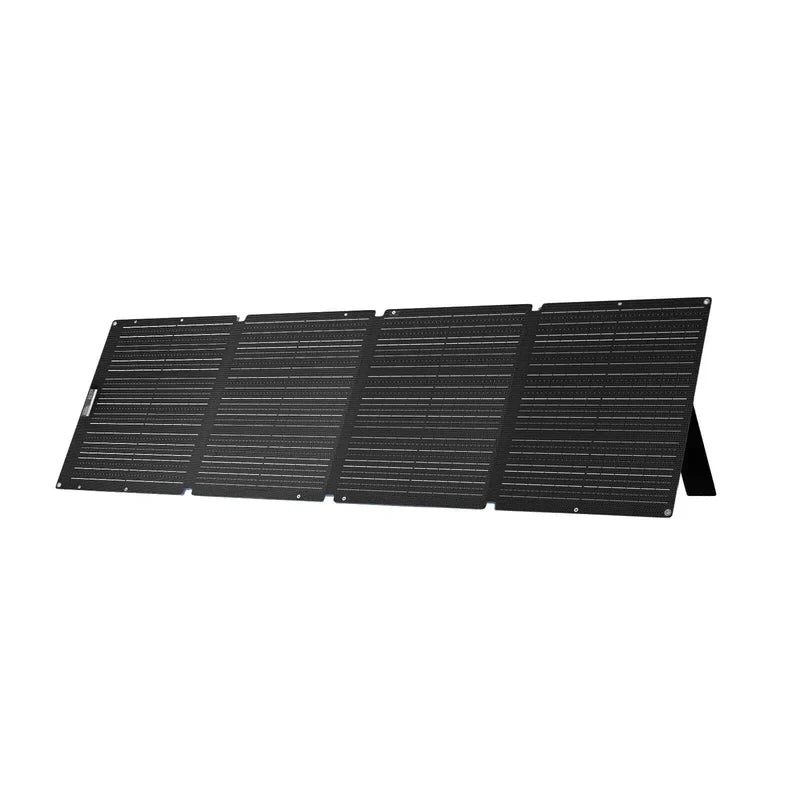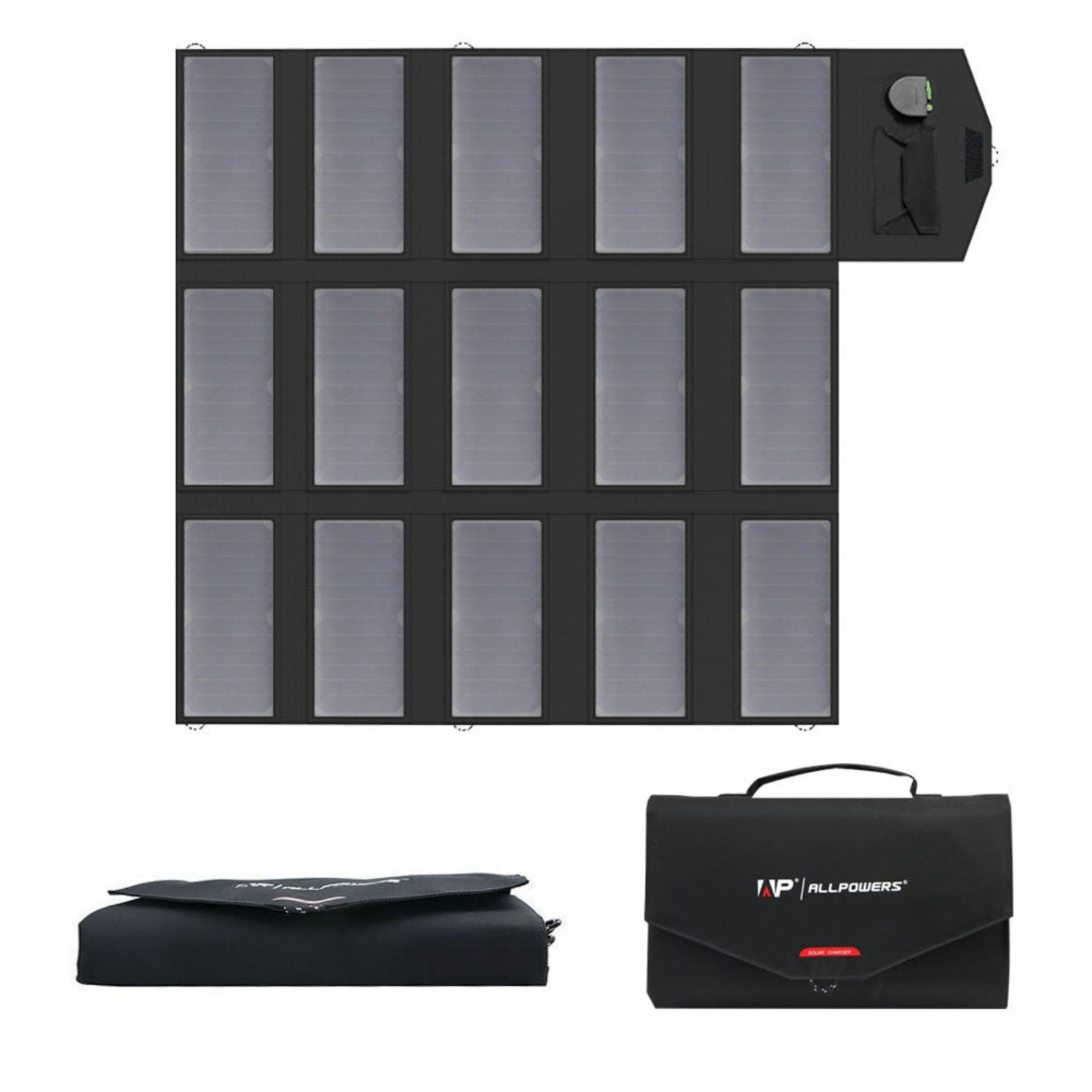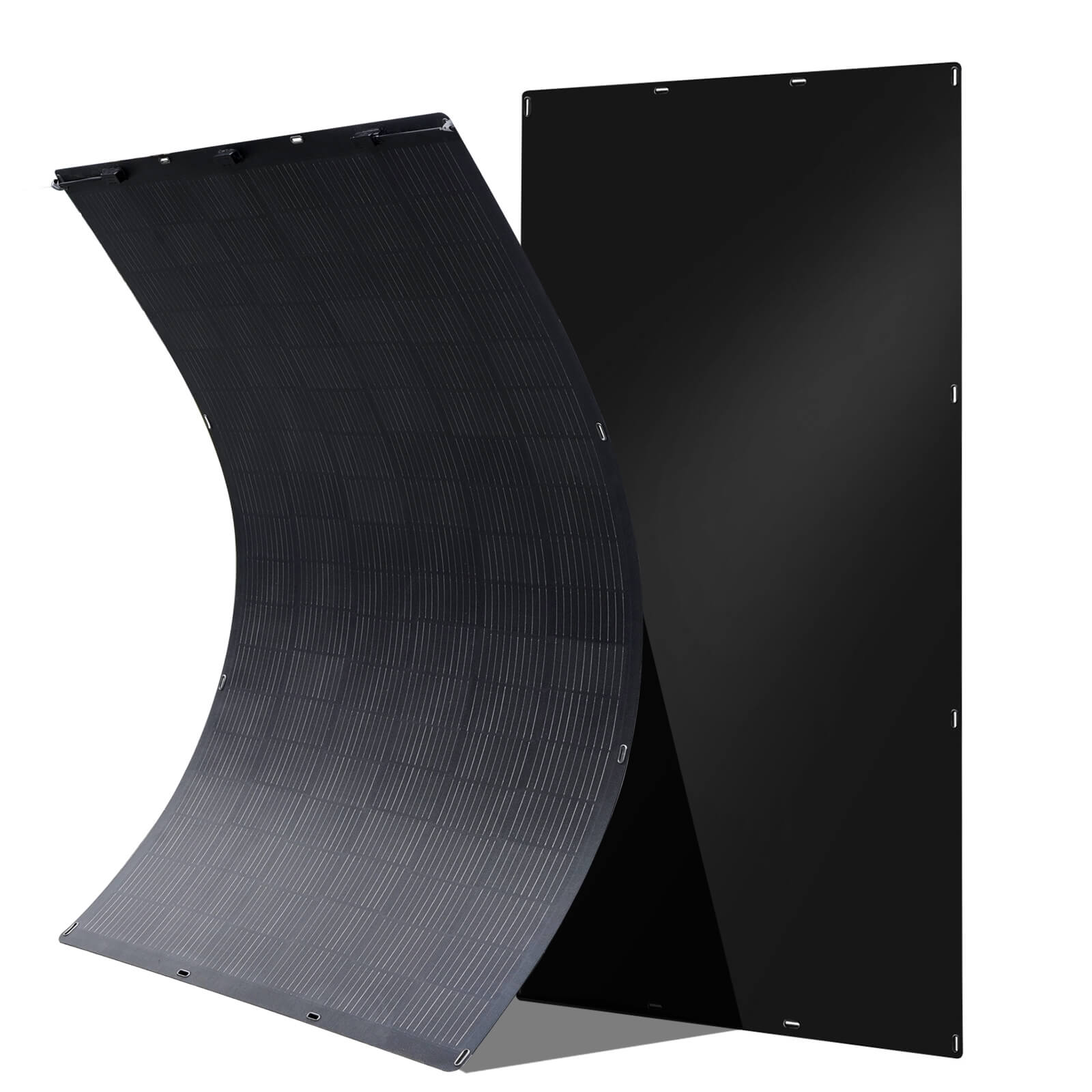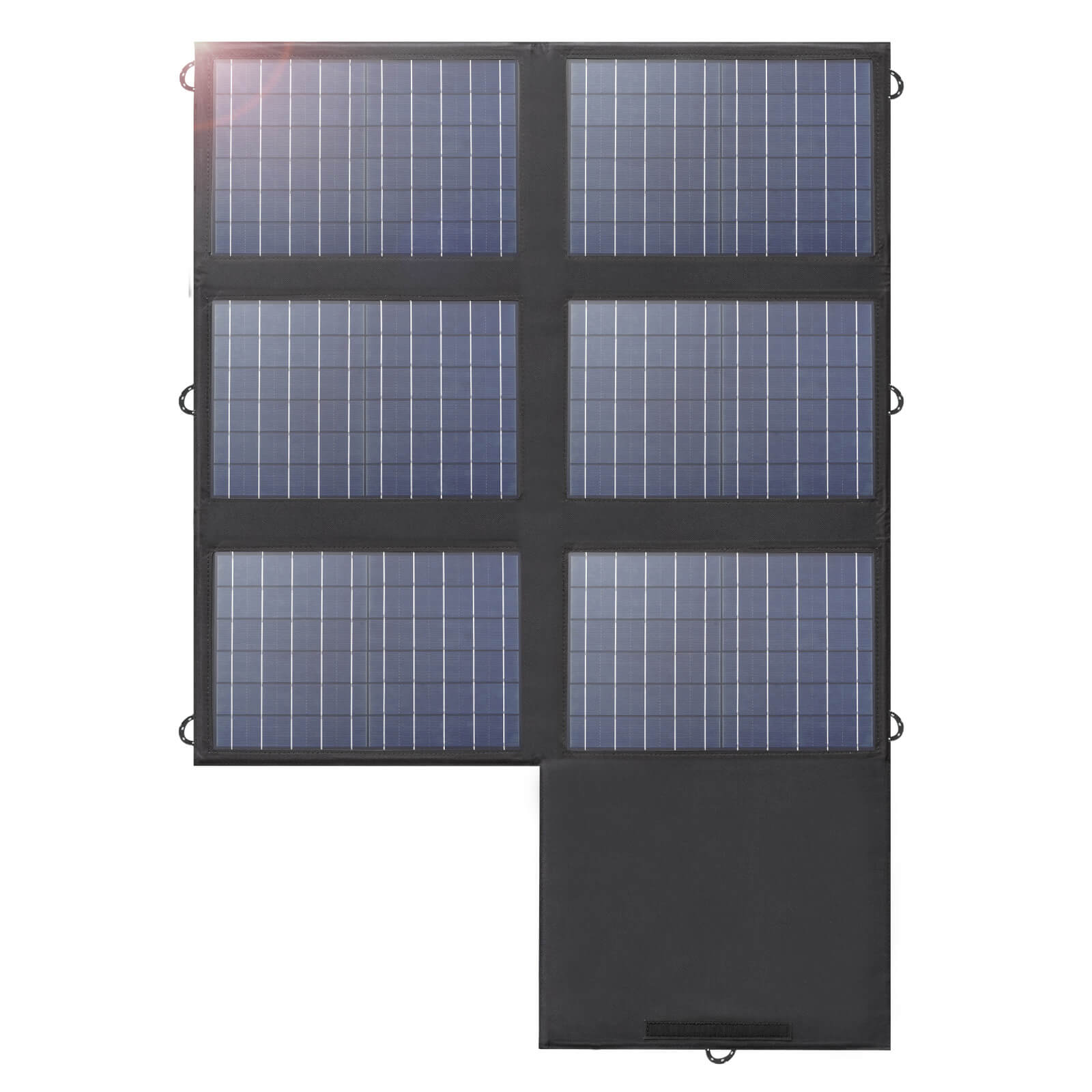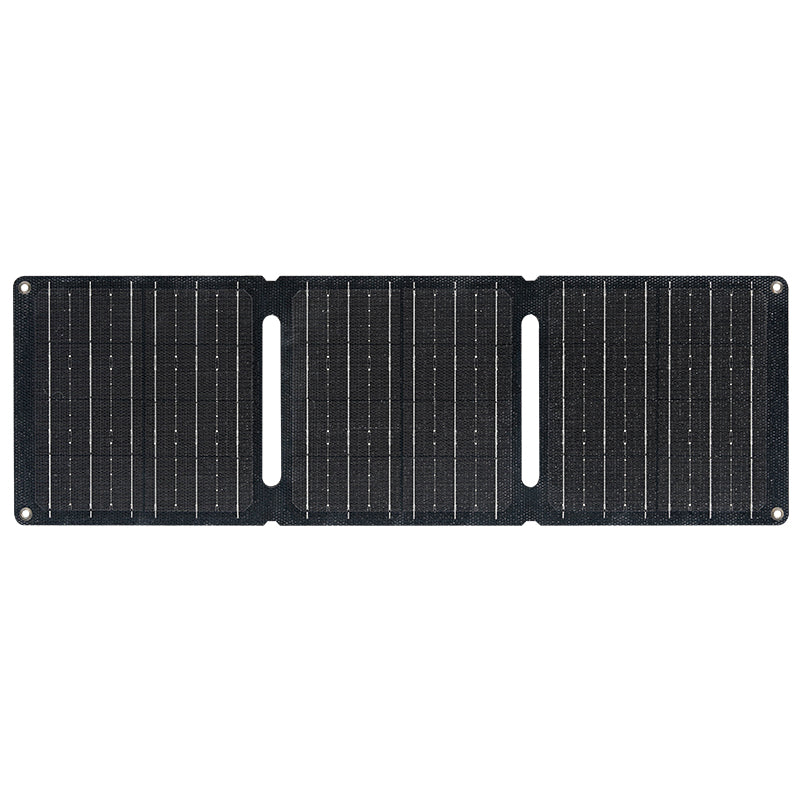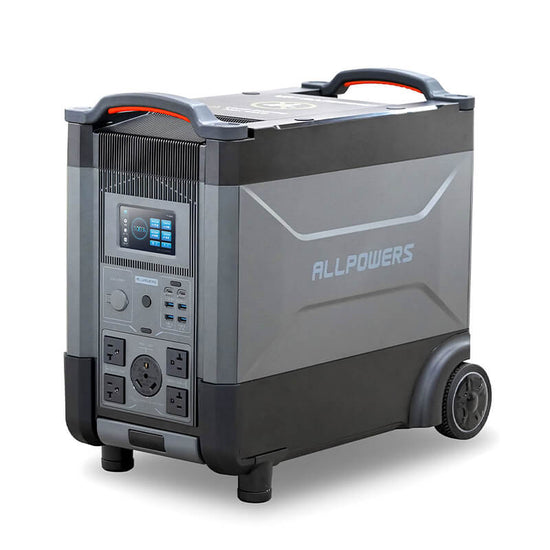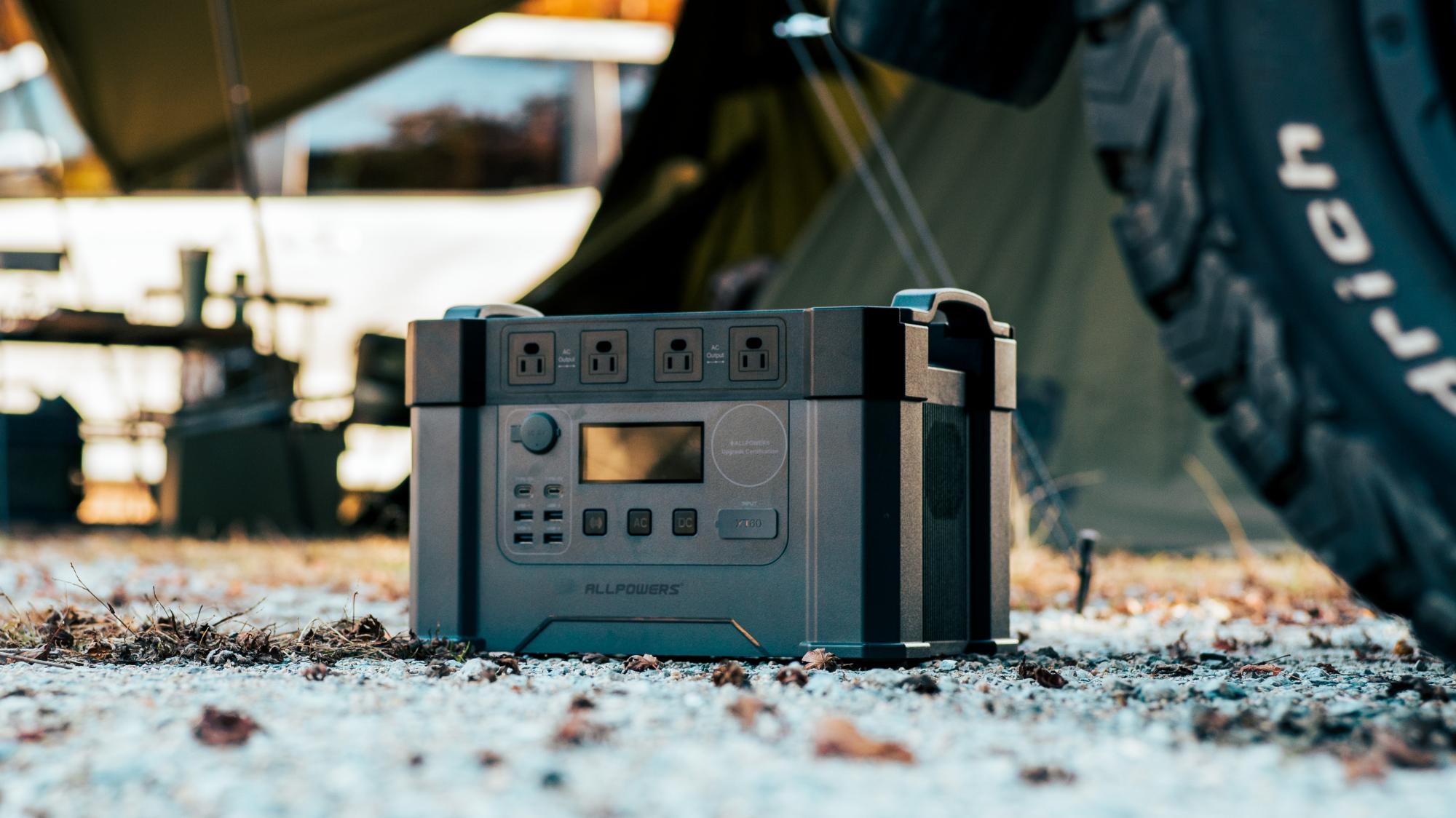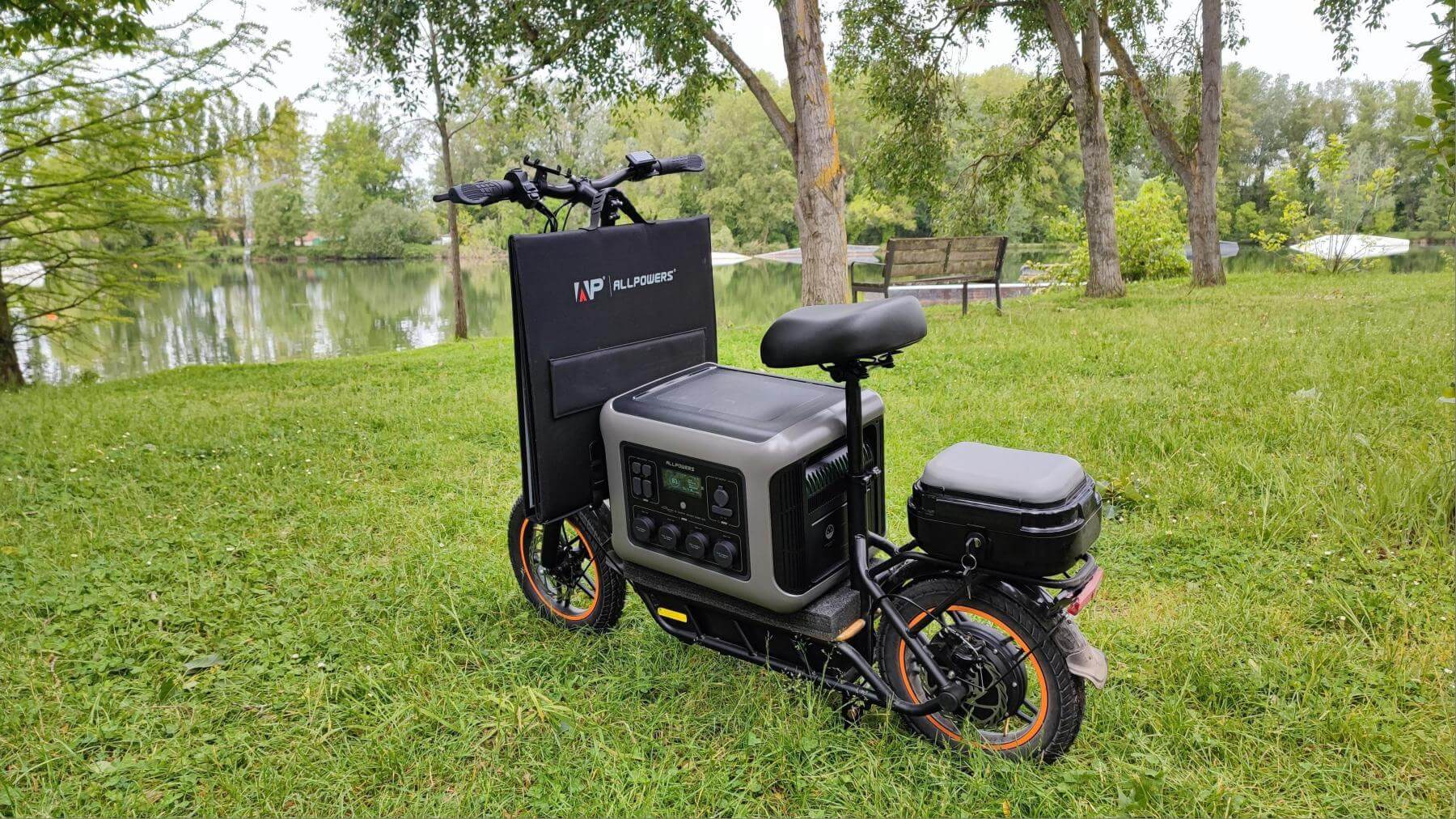You hear it everywhere these days—everyone’s buzzing about solar generators.
Honestly, they’ve become almost unavoidable in conversations about energy, sustainability, and modern living.
But, what exactly is a solar generator—and how does it work when you really need it most?
What is a solar generator?
Despite what the name suggests, solar generators don’t generate power in the same way gas or diesel generators do.
There’s no rumbling engine, no fuel to pour, no fumes to wrinkle your nose at.
Instead, a solar generator is more like a clever combination of existing tech.
At its core, a solar generator is a portable power station paired with solar panels.
It collects energy from the sun, stores it in a battery, and then gives you power when you need it—like a high-tech battery bank with a solar twist.
Learn more: What is the difference between a gas generator and a solar generator?
How does a solar generator actually work?
Here’s the thing: every solar generator has four essential parts. Let me explain how these systems work together, piece by piece.
First up: the solar panels.
They’re your front-line soldiers, converting sunlight into raw electrical energy using photovoltaic (PV) cells. You can think of them as the "catchers" of the system—soaking up those golden rays and turning them into usable DC electricity.
Second: the charge controller.
This is the system’s referee. It decides how much power the battery can safely take in, preventing overcharging (which is a real thing and, trust me, not something you want to deal with). It also helps optimize charging efficiency—kind of like cruise control for your battery.
Third: the battery itself.
Usually lithium-ion or LiFePO₄ (the more durable cousin), this is where all that sunshine gets stored. It’s the silent tank—no moving parts, no noise—just pure storage. Think of it as your off-grid savings account.
Last but not least: the inverter.
Here’s where the magic happens. The inverter takes the DC power stored in the battery and flips it into AC power, which is what most of your home devices run on. Want to charge your laptop, run a blender, or power up a CPAP machine? That’s the inverter doing its job.
Learn More: How Long Does a Solar Generator Last?
How is this different from traditional generators?
Gas generators have been around forever. They’re powerful. Familiar. But they come with a heap of baggage.
First off—the noise. Ever tried sleeping next to one? It’s like having a lawnmower in your tent. Then there’s the smell. Spilled gasoline before dawn is a scent that sticks. And don’t even get us started on maintenance. Oil changes, clogged carburetors, cold starts in winter… nope.
Solar generators? No fumes. No noise. No greasy hands. And no more late-night gas station runs.
And the best part? As long as you’ve got the sun, you’ve got a power source.
Learn More: Portable Power Station vs. Solar Generator: Which Is Better?
But what about charging time?
This one’s fair. Because let’s face it—solar charging depends on, well, the sun. And the sun doesn’t always play nice.
On a bright, cloud-free day? A decent set of solar panels can fully charge your generator in 4–8 hours, depending on the battery size. But if it’s cloudy or you're only using a single panel? It might take longer.
However, most solar generators can also be charged via wall outlets or car ports—perfect for cloudy weeks or faster top-offs.
You can head out on your road trip with it fully charged from the wall, and just let the solar panels keep you topped off. It’s that flexible.
What are the downsides of solar generators?
No product’s perfect. Even solar generators have quirks.
They’re not exactly cheap up front. They take longer to recharge than fuel-based units. And cloudy weather? Yeah, that’ll slow you down.
Also, if you're trying to power a whole house 24/7, a single solar generator might not cut it—you’ll need multiple units or a hybrid setup.
But for most people—campers, off-gridders, city dwellers who hate blackouts—it’s more than enough.
Is a solar generator worth the investment?
Here’s the truth—it depends on your lifestyle.
Let’s say you’re camping in the Rockies, far from the nearest outlet. Or maybe you live in a place where power outages are just part of the seasonal soundtrack. In both cases, solar generators are a no-brainer.
They’re also perfect for RVers, tiny home dwellers, and weekend tailgaters who want the perks of power without the hassle of noise and fumes.
Now, can they replace a full home backup system? Yes. Some high-capacity solar generators are now creeping into home backup territory.
Learn more: Can a Solar Generator Power a House?
Take the ALLPOWERS R4000 paired with a 600W solar panel array—it’s a powerhouse combo designed for serious energy independence.
So, how do you pick the right one for you?
If you’re just trying to charge phones or run a fan, a compact unit with 300–500Wh might be all you need. Weekend campers, festival goers, or folks on a budget—this is your sweet spot.
Learn more: What Is the Best Solar Generator for Camping?
But planning to run a fridge, microwave, or power tools? You’ll need something beefier—1,000Wh and up. Possibly even a modular system that links extra batteries or solar panels.
And if you’re prepping for days off-grid or powering a full home setup during outages? You’re looking at high-capacity models with 2,000Wh+ storage and fast charging capabilities. Some even support dual charging—solar and AC simultaneously—so you're ready faster than you'd think.
Learn more: What Size Solar Generator Do I Need?
Conclusion
We used to think power came with trade-offs: noise, fumes, weight, or a permanent connection to the grid. But solar generators change the game.
They give you freedom. Freedom to camp longer. Freedom to work through outages. Freedom to explore remote places without sacrificing comfort.
So, maybe the better question isn’t “What is a solar generator?” Maybe it’s: Why haven’t you gotten one yet?


